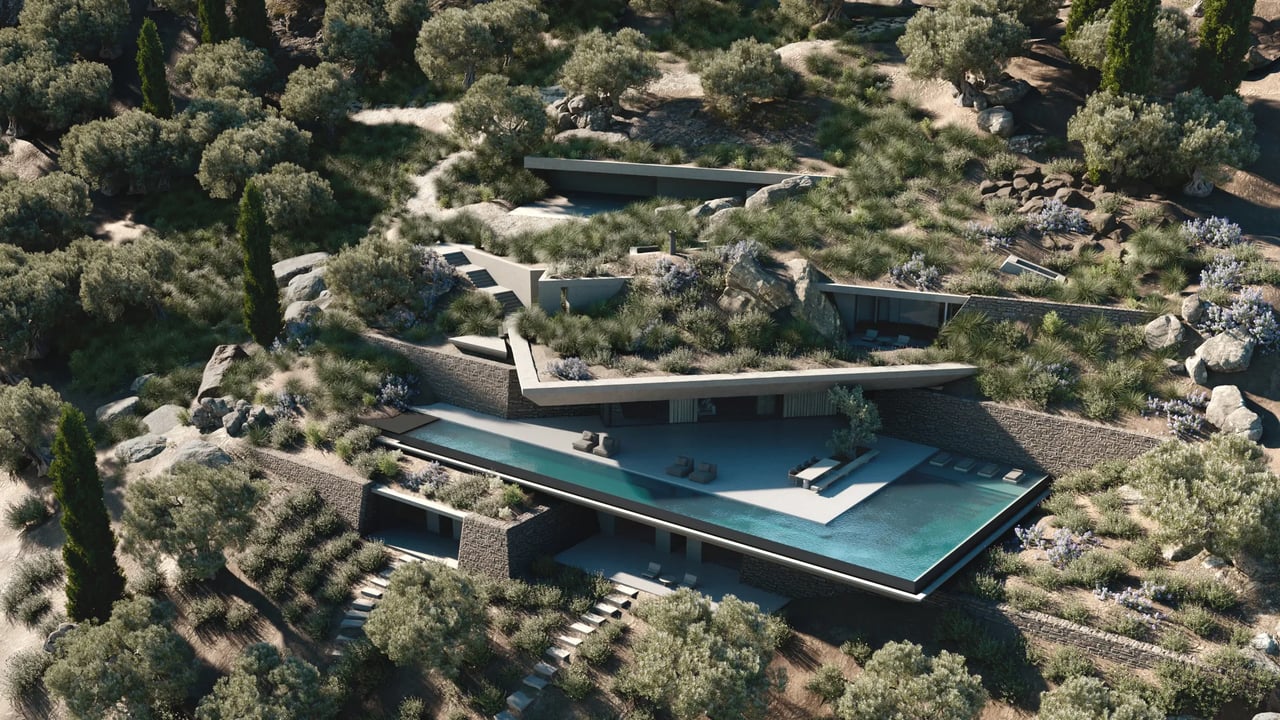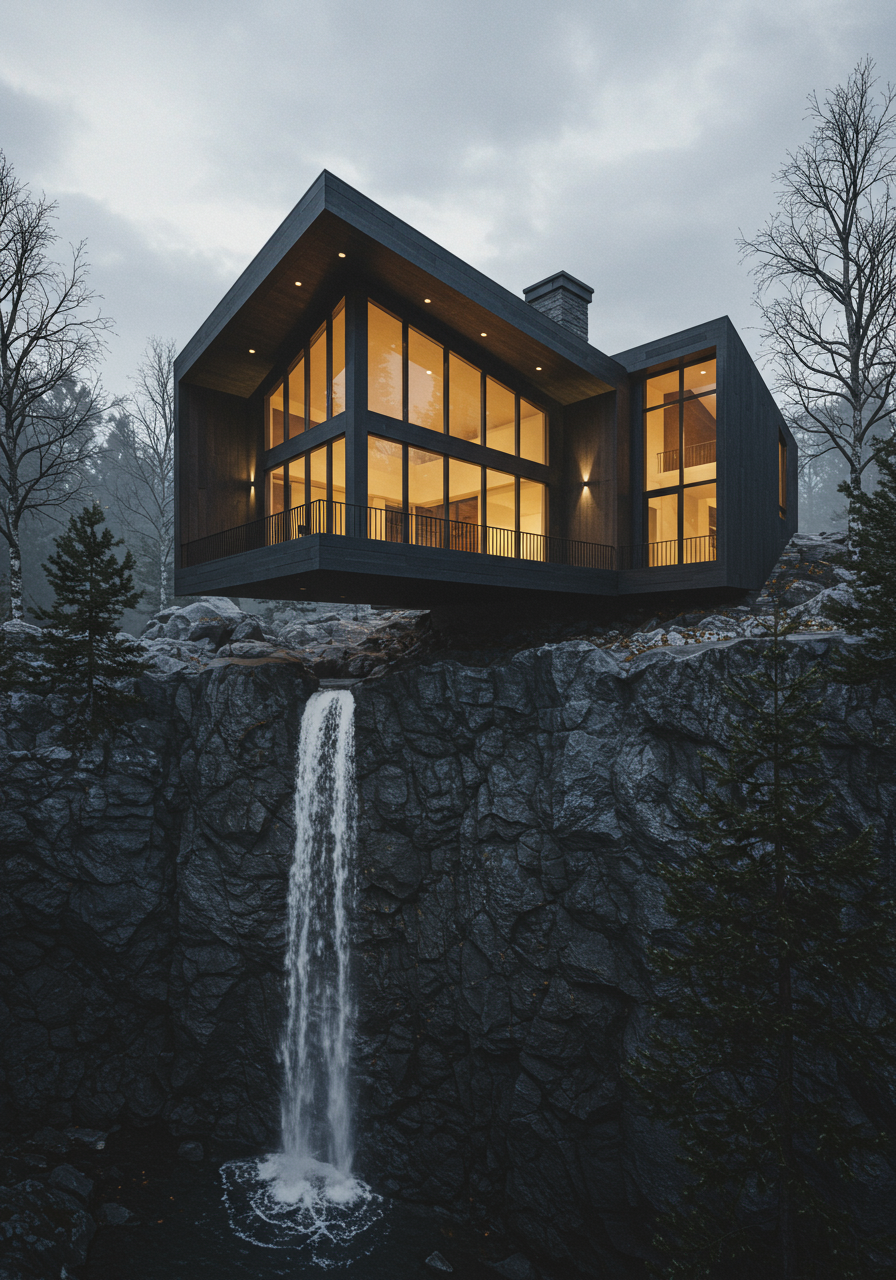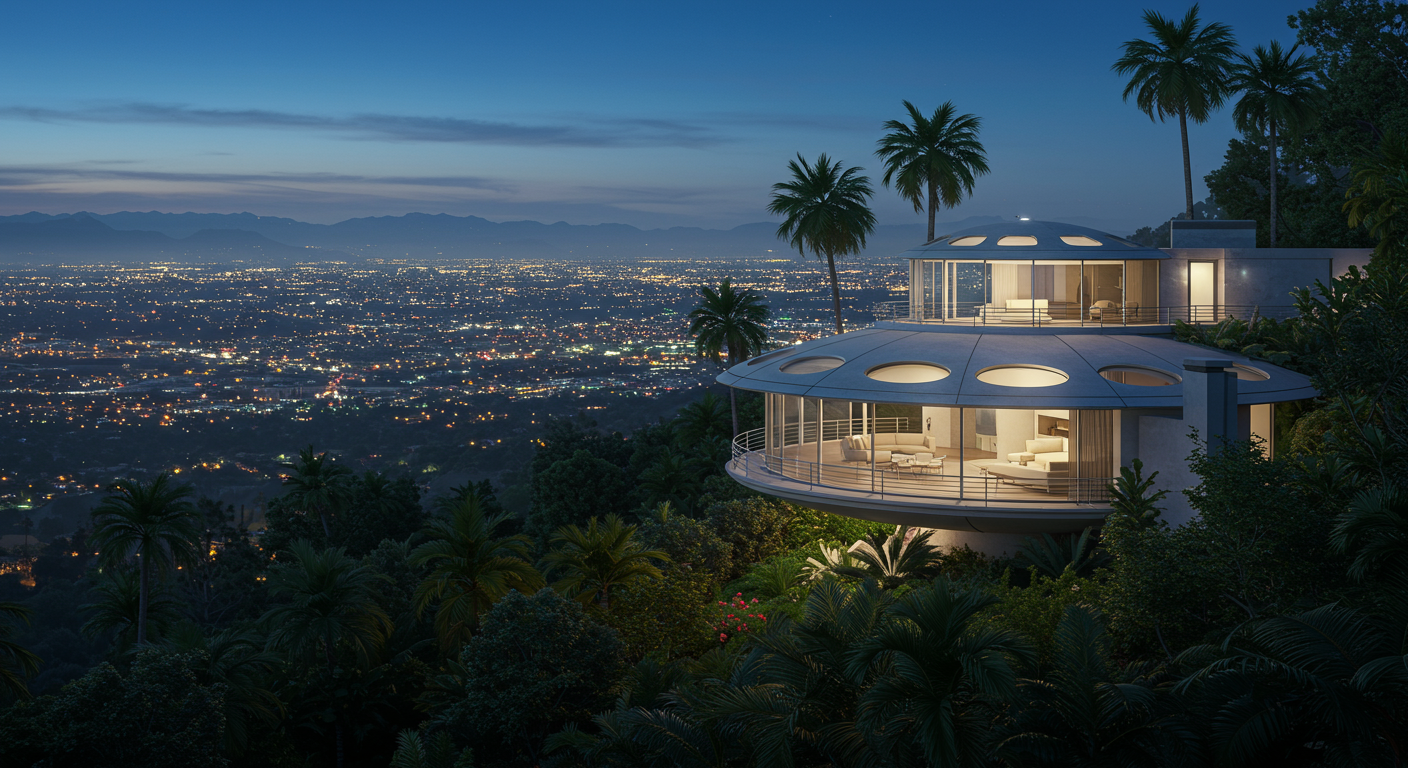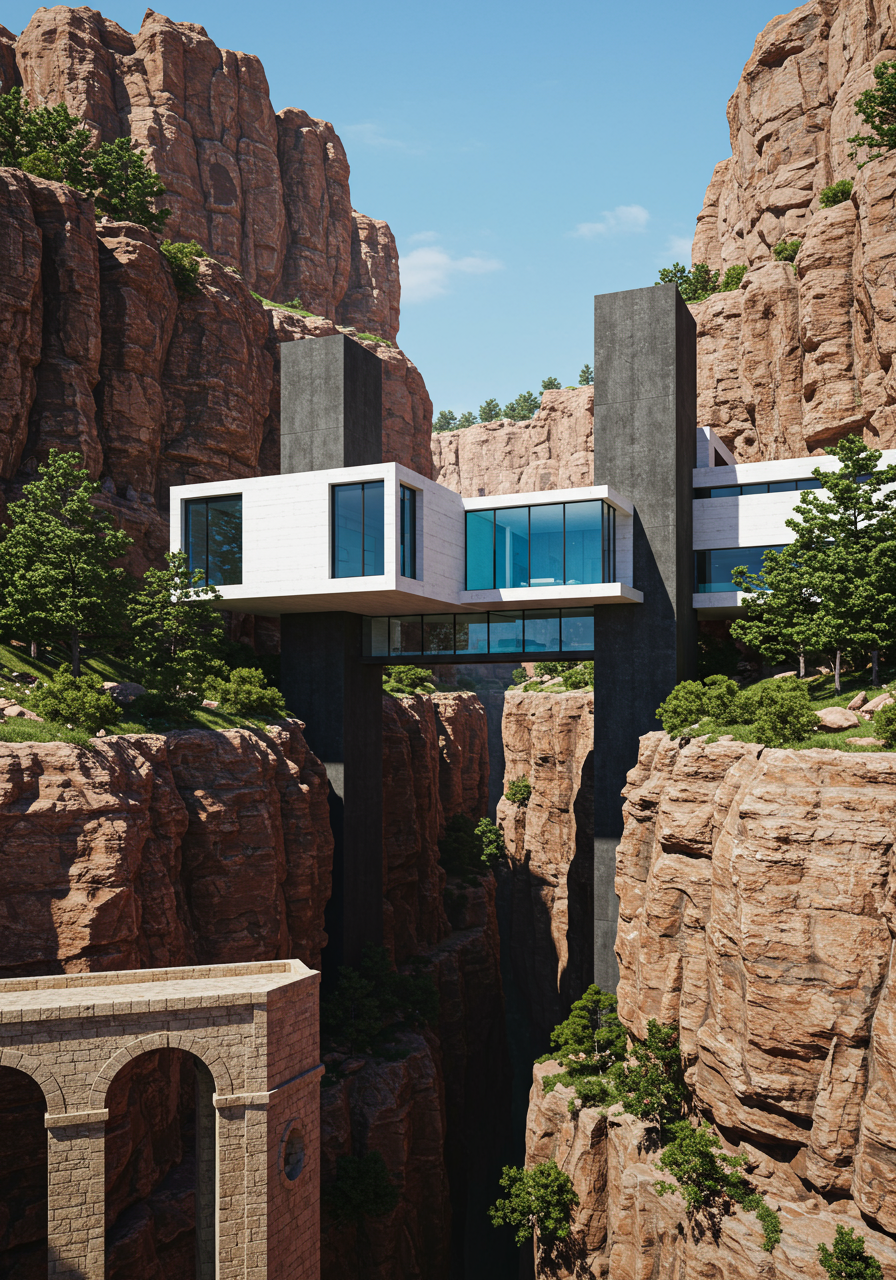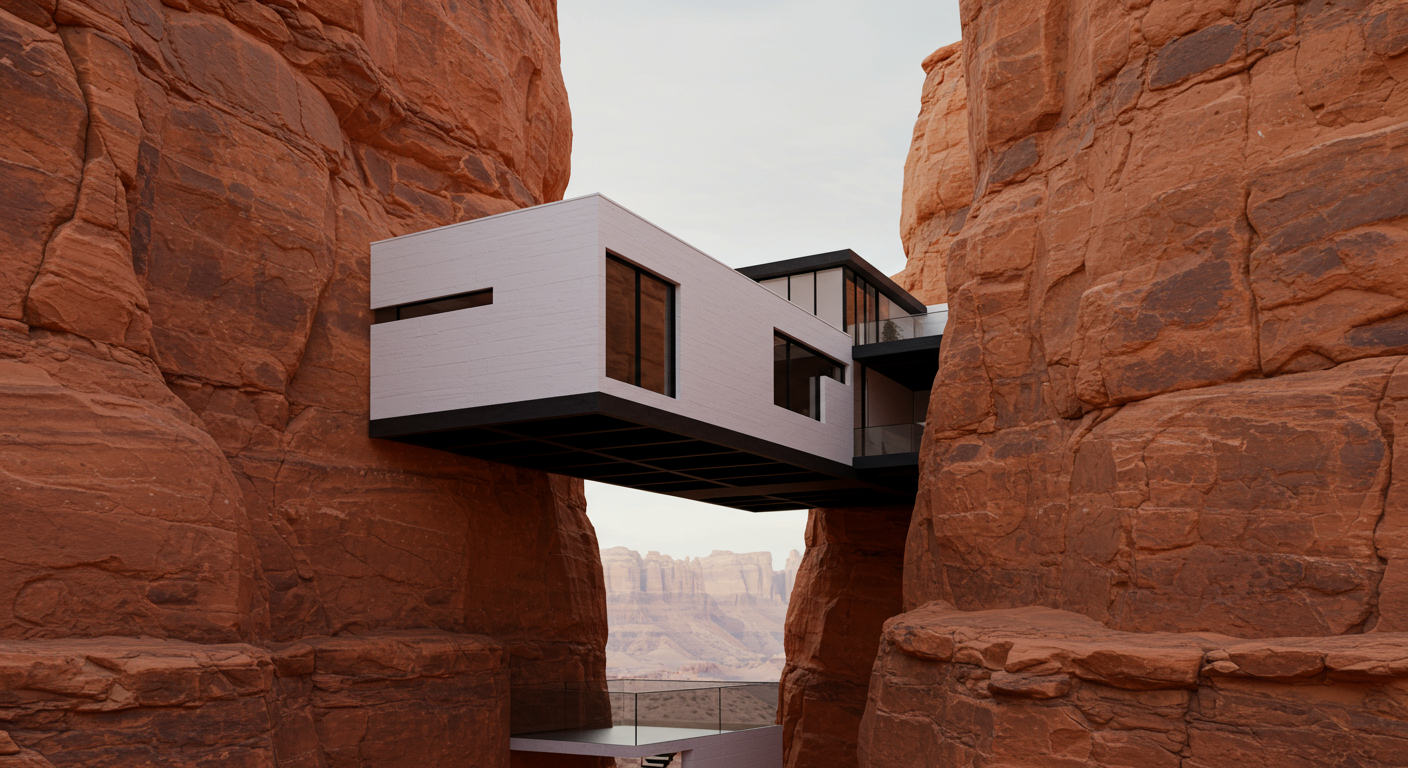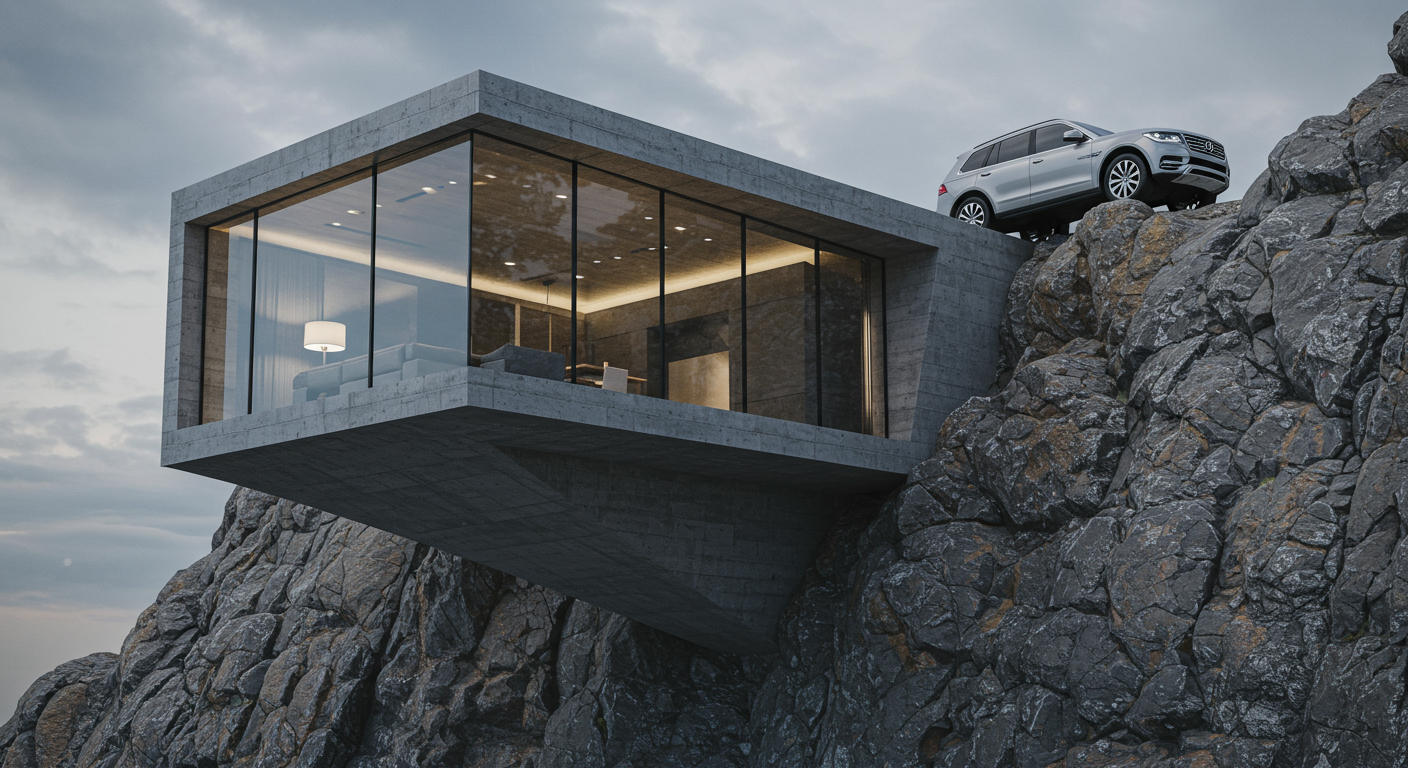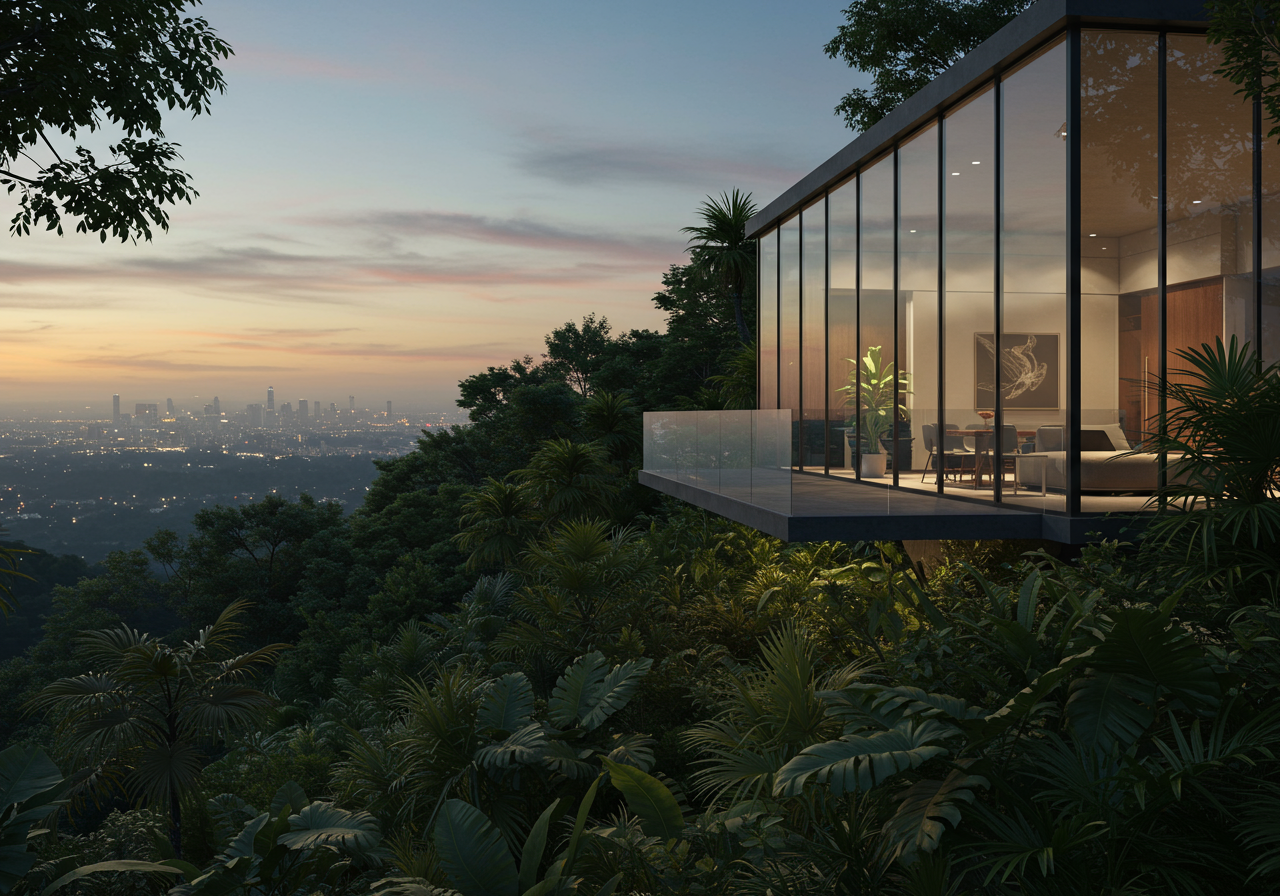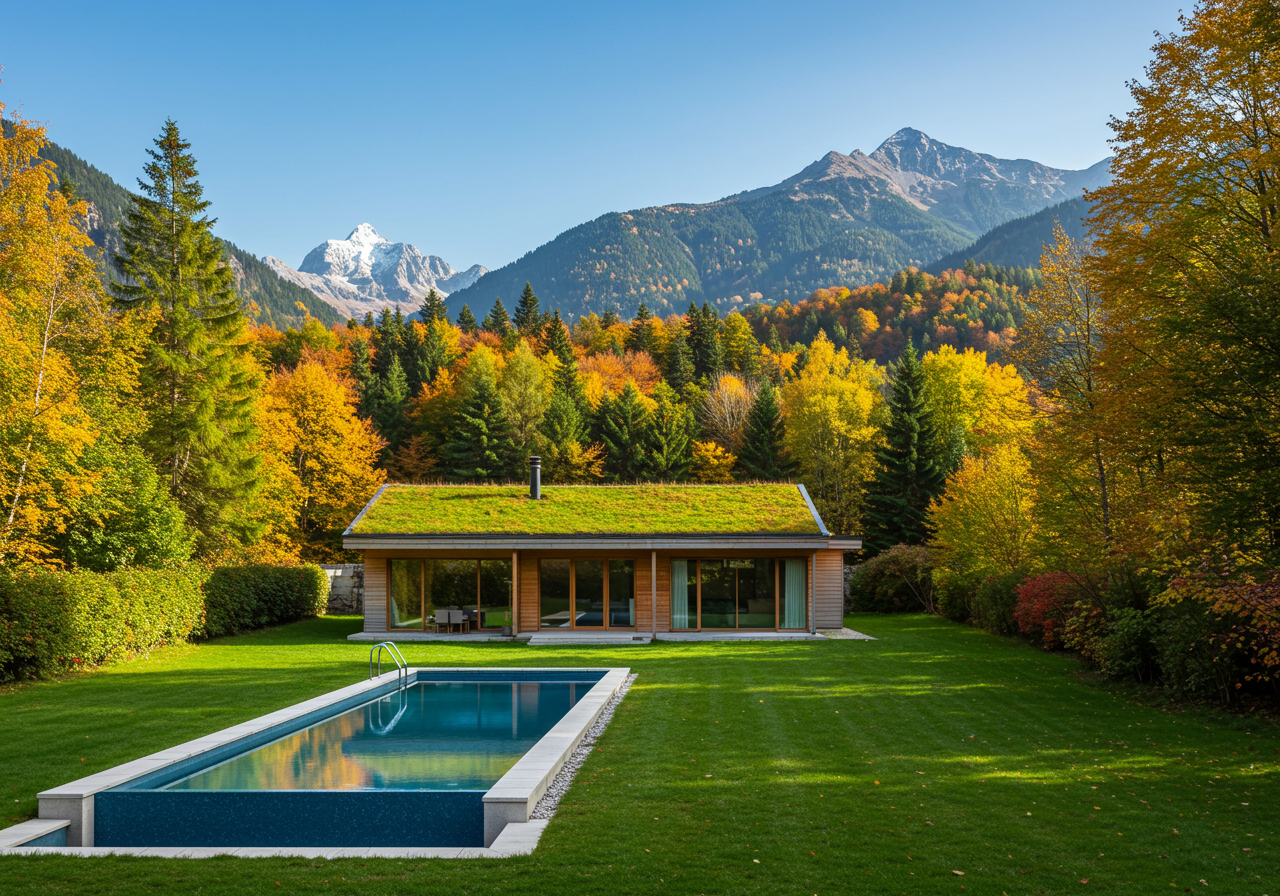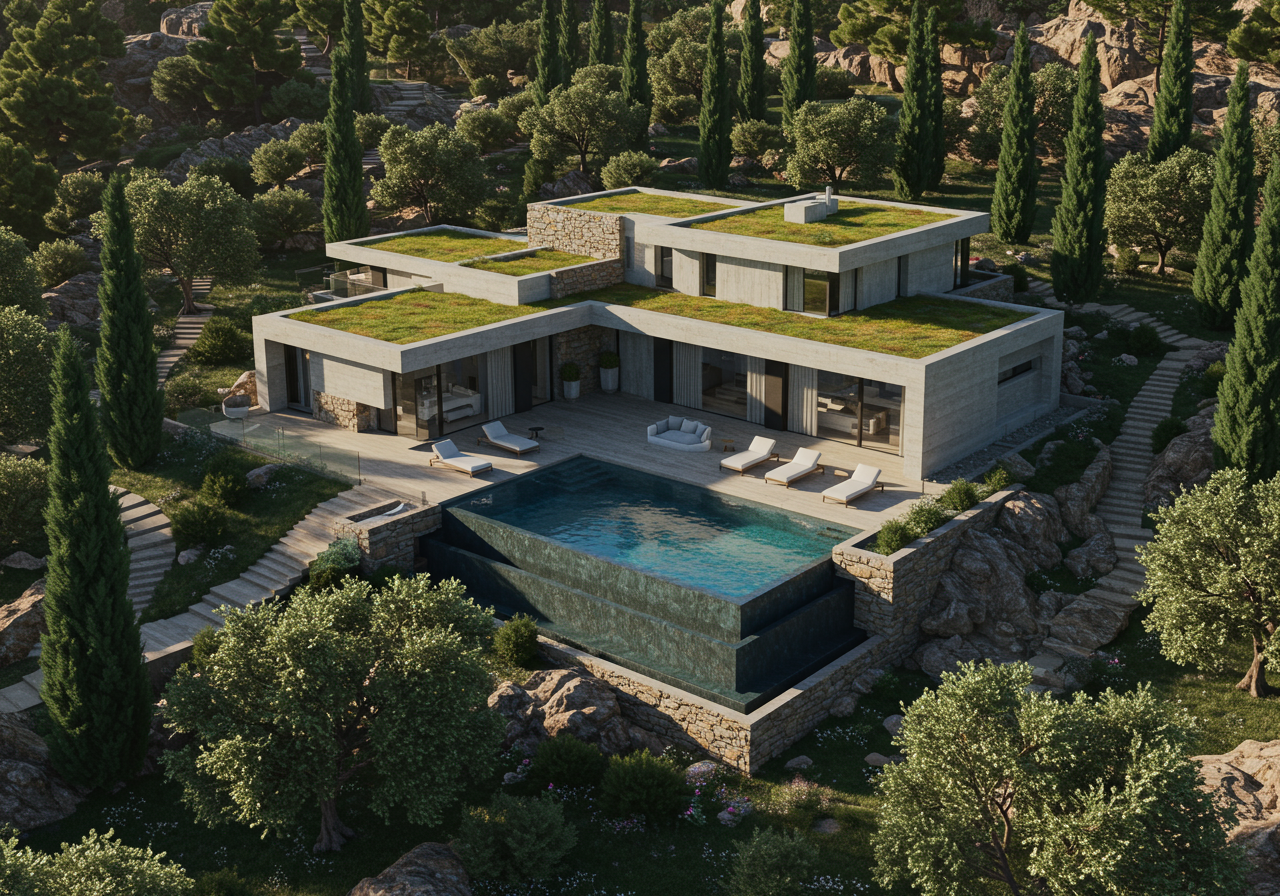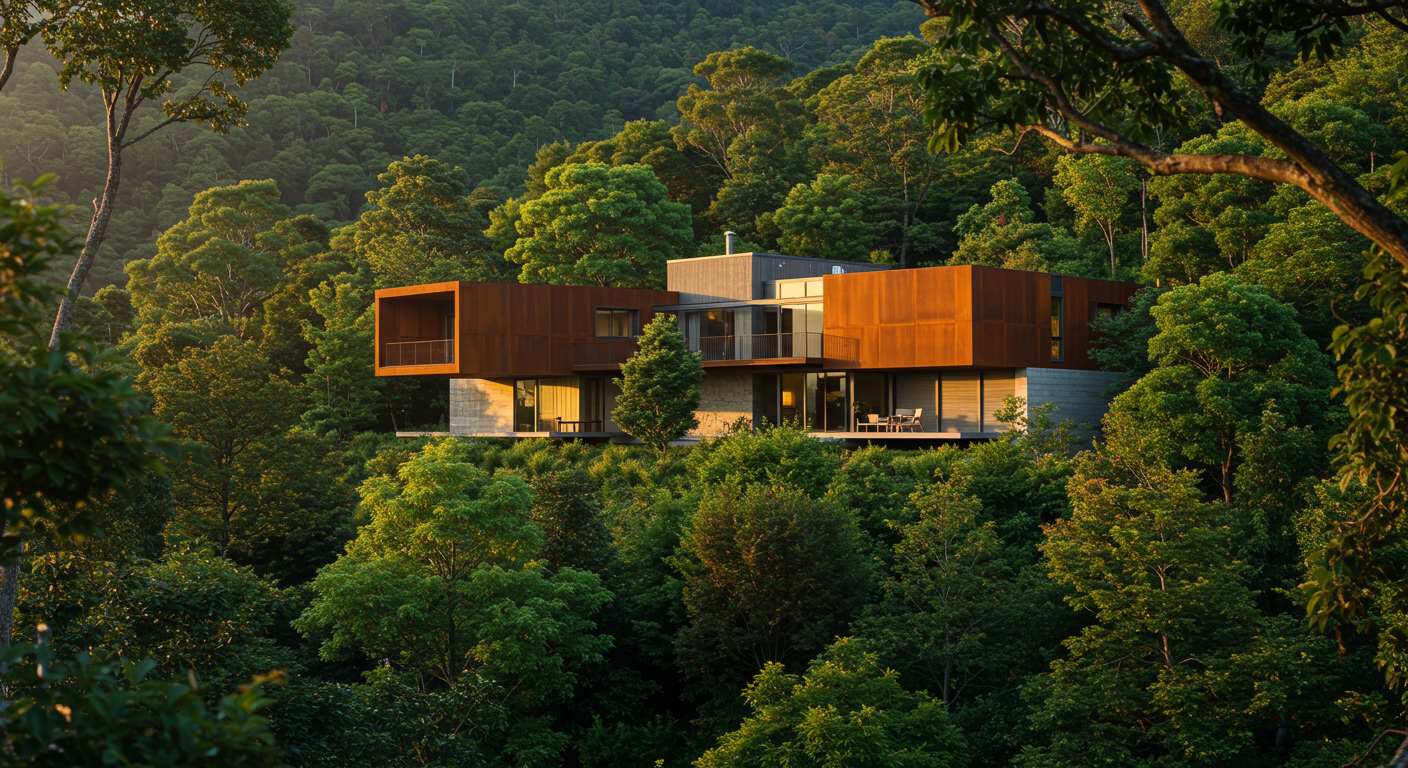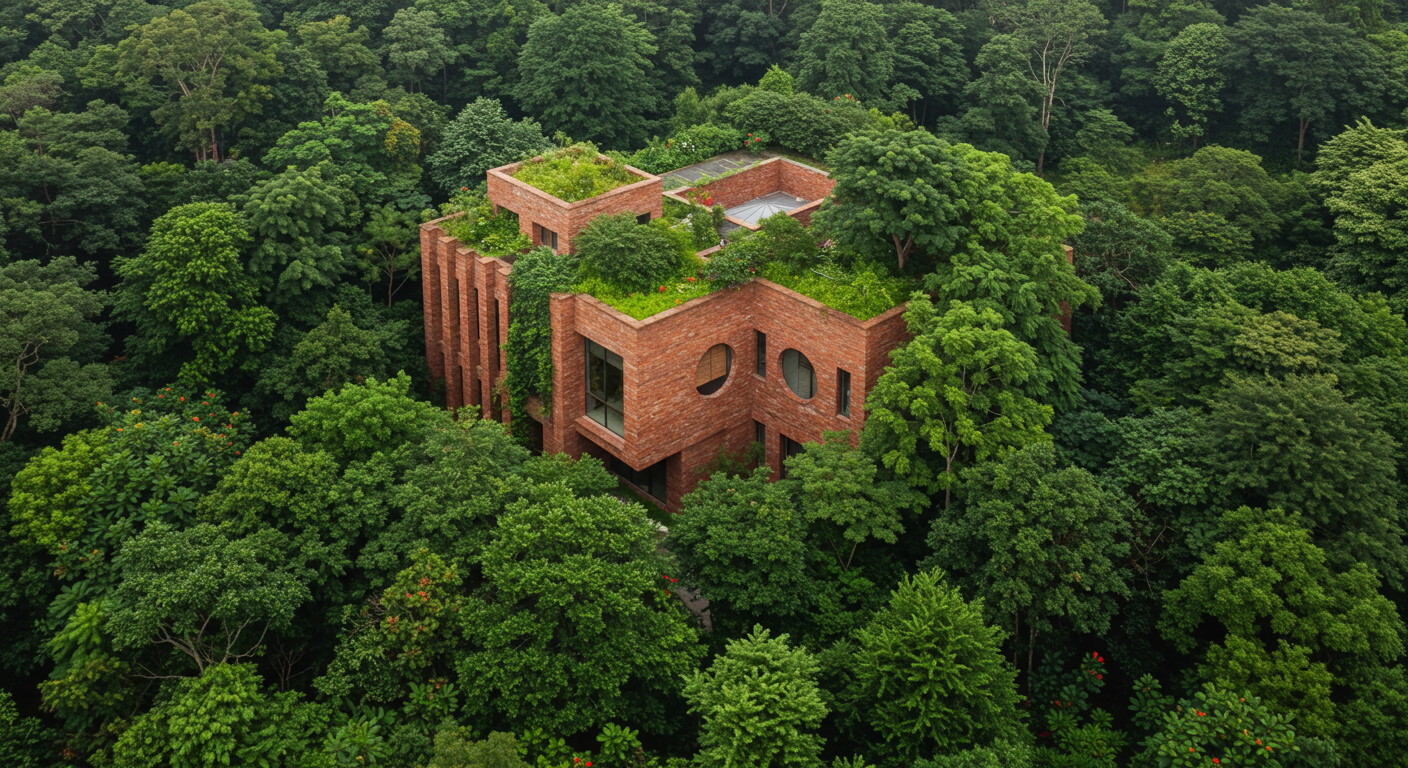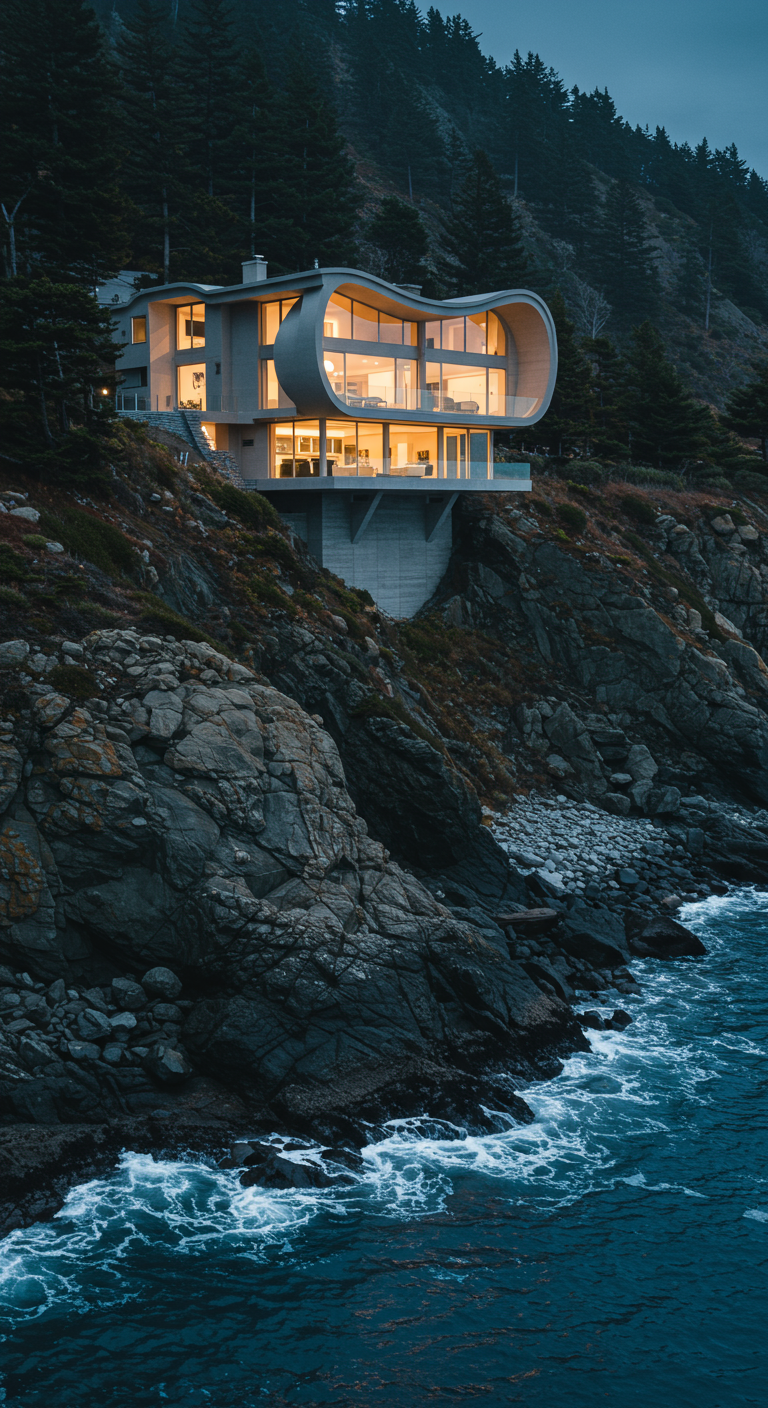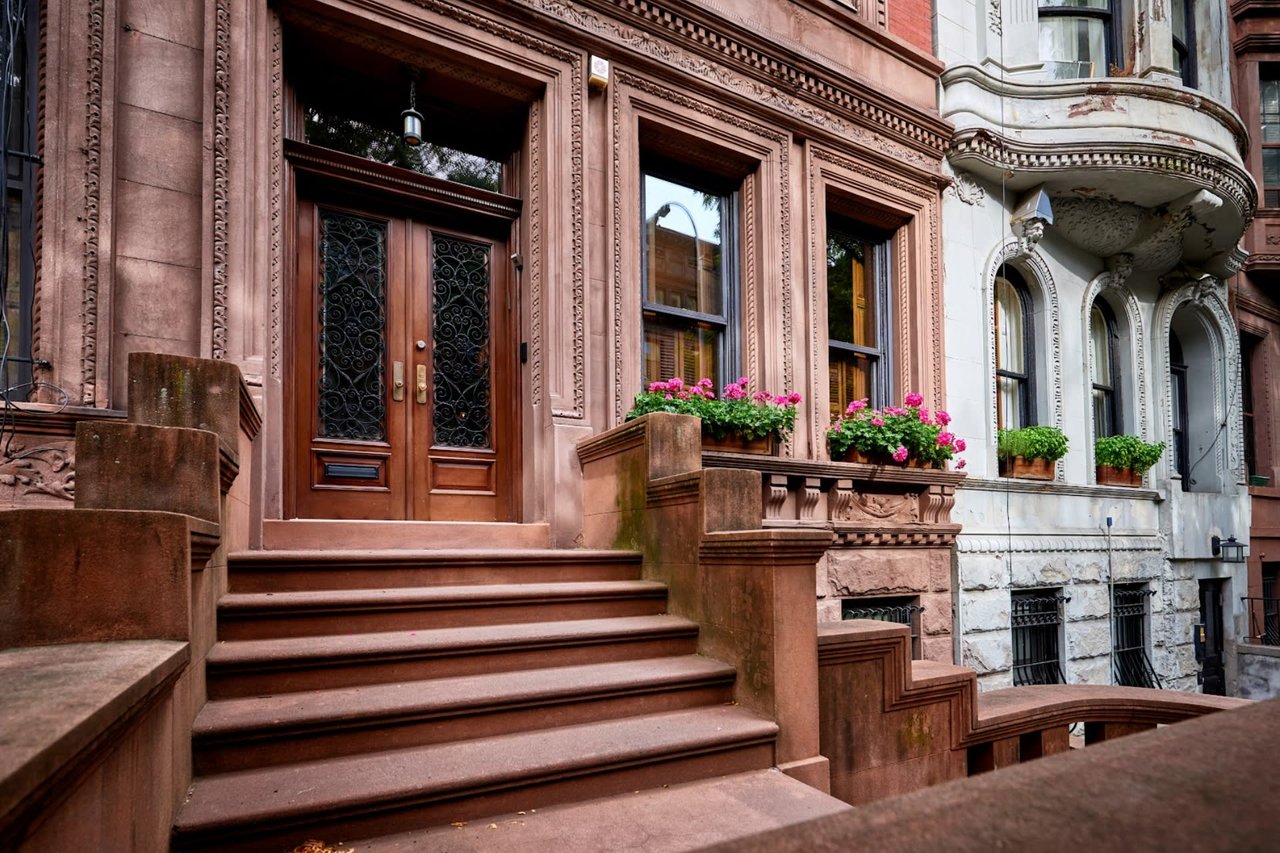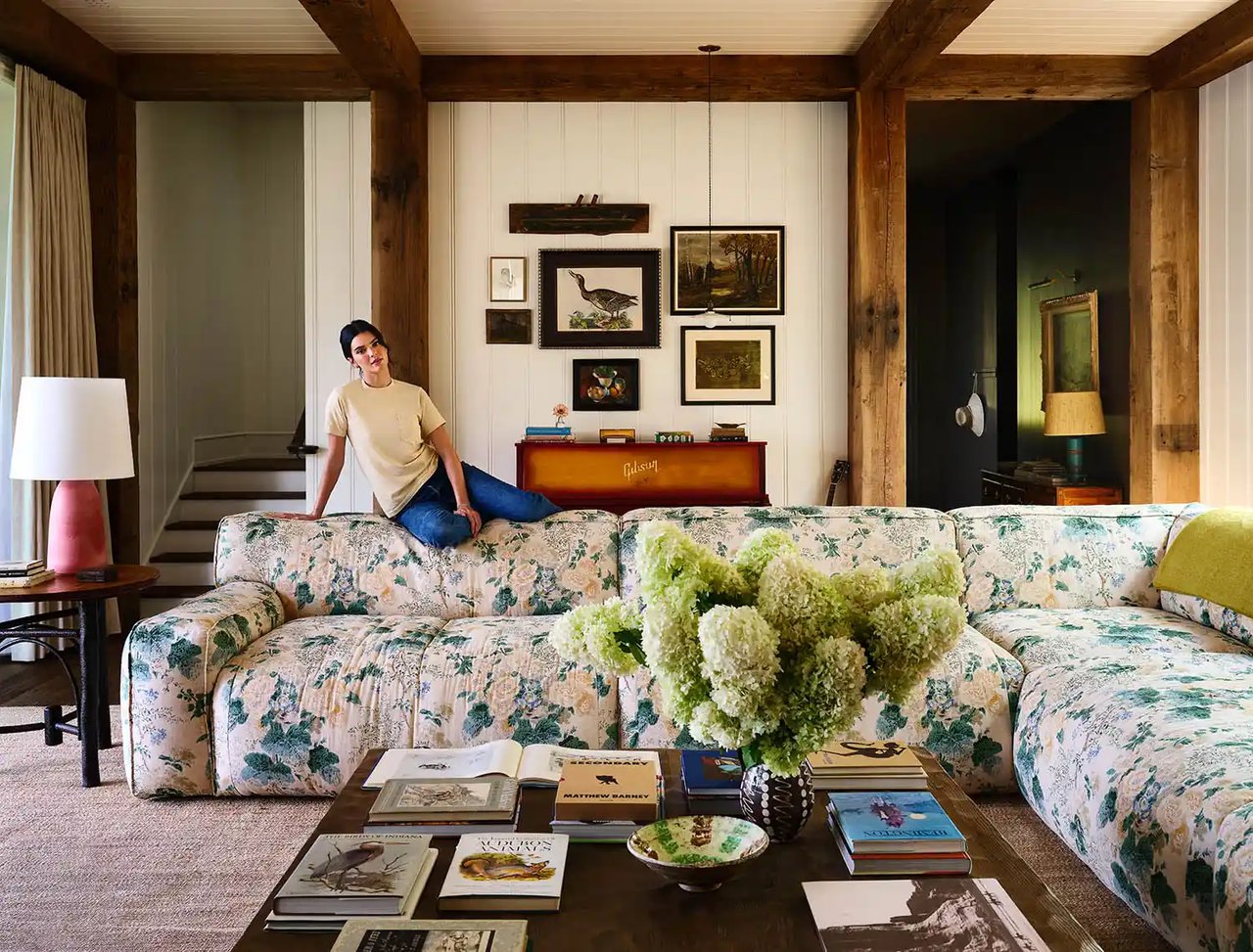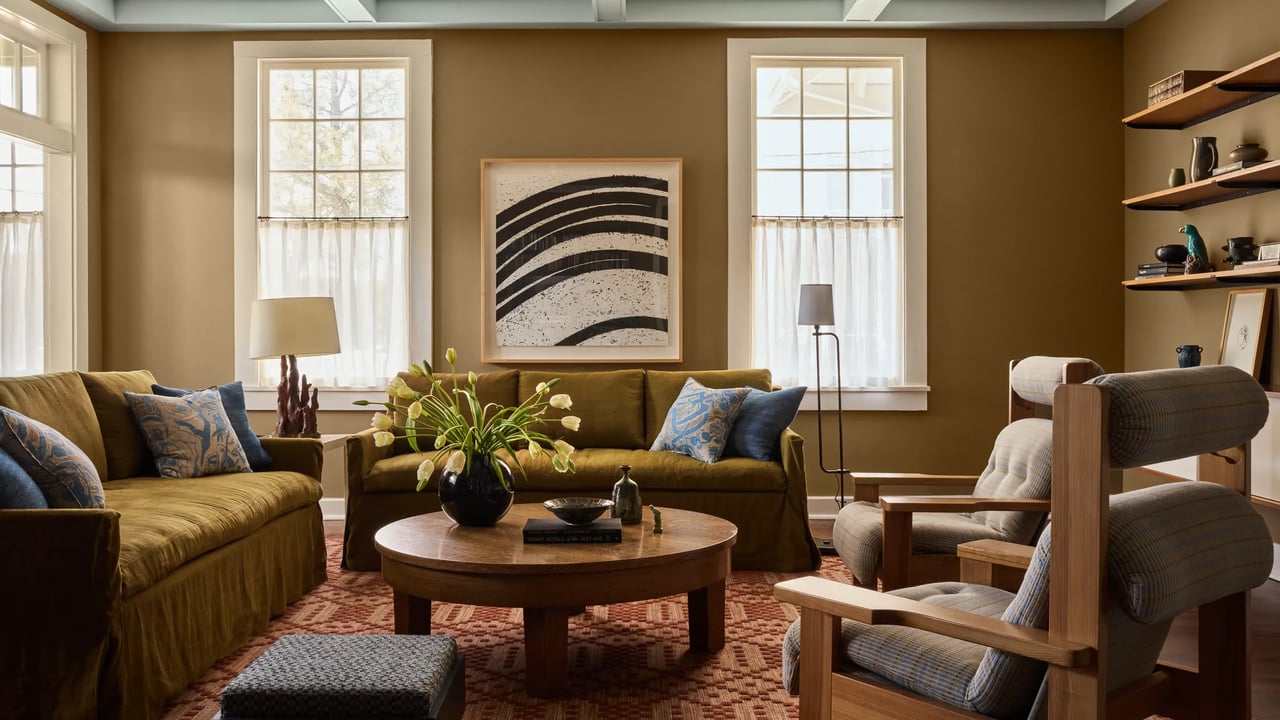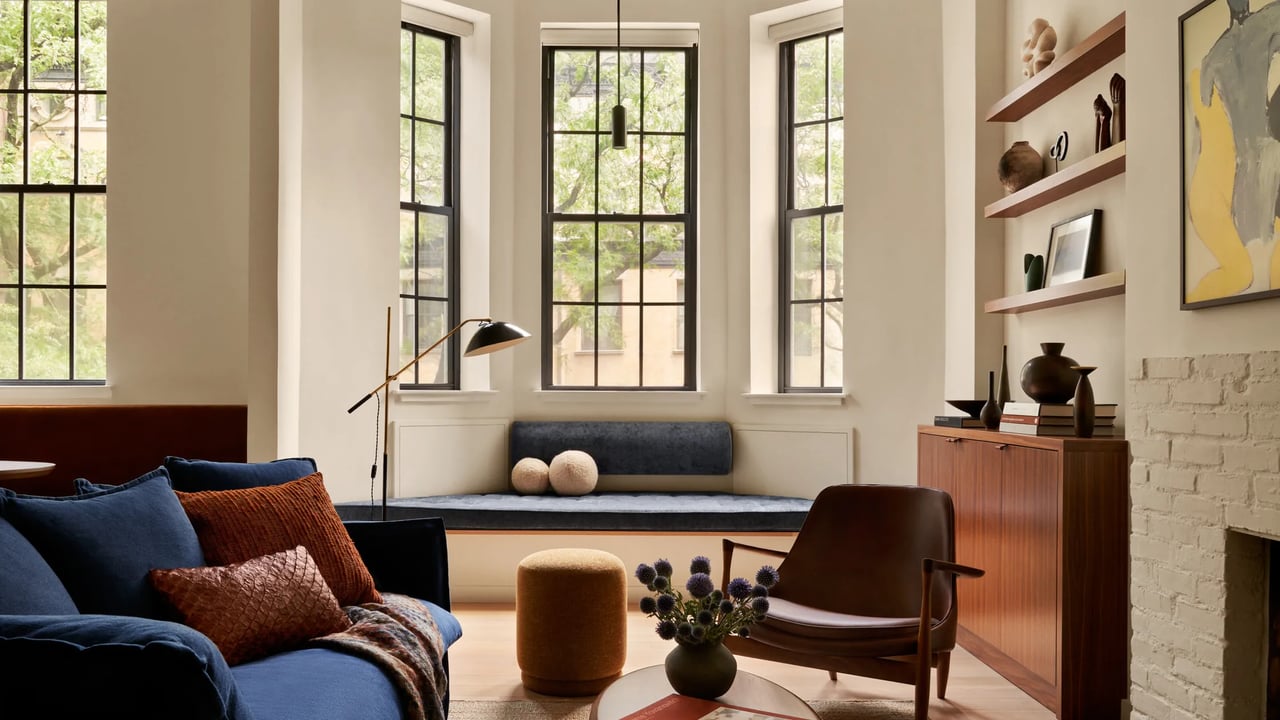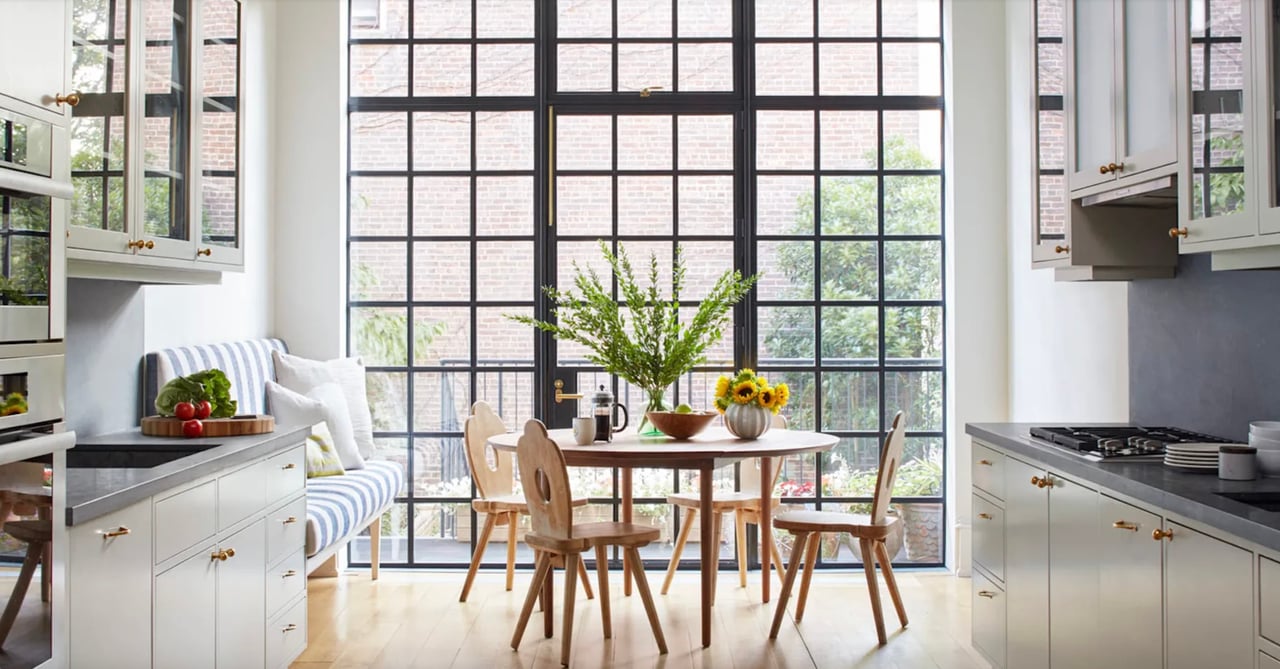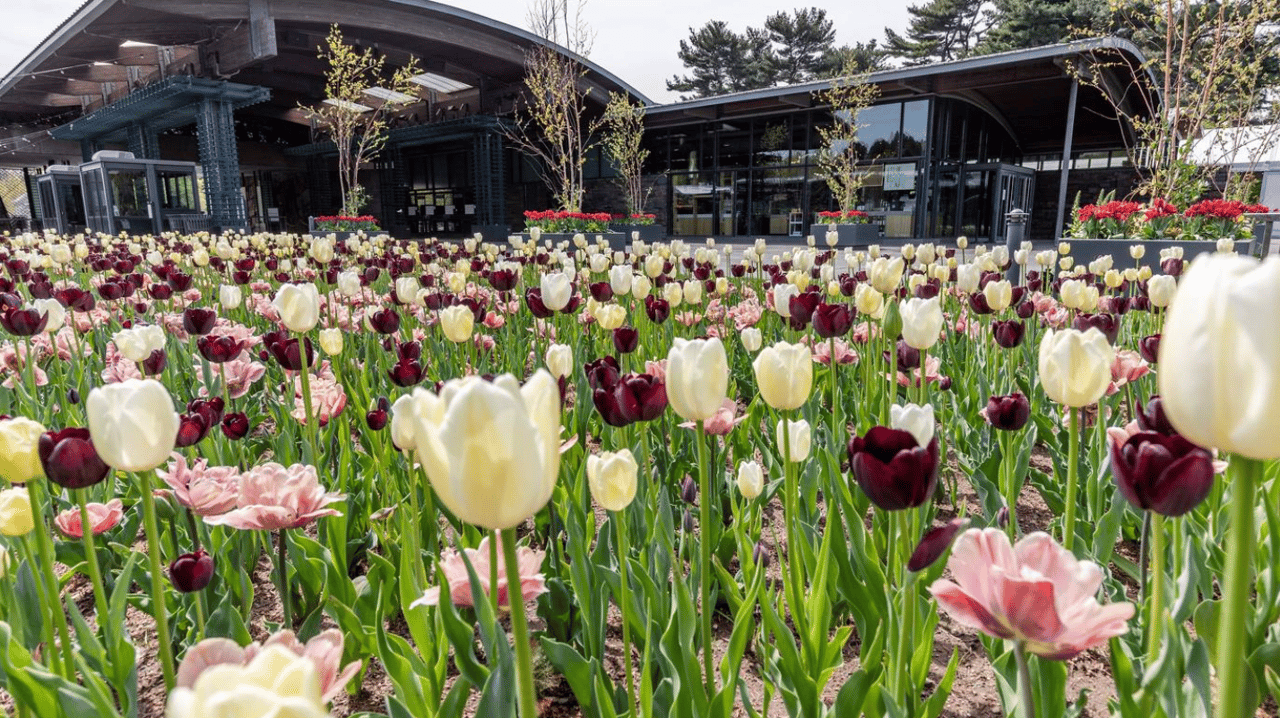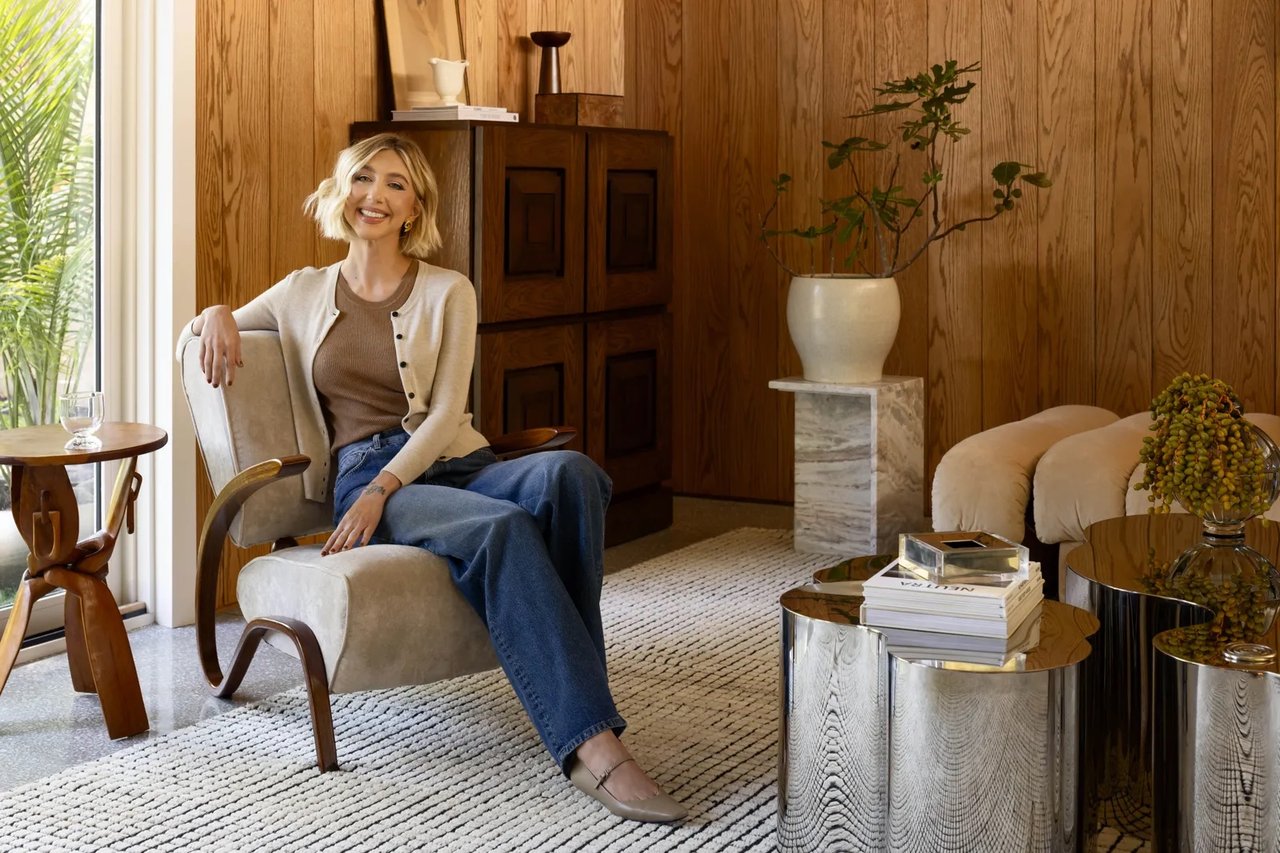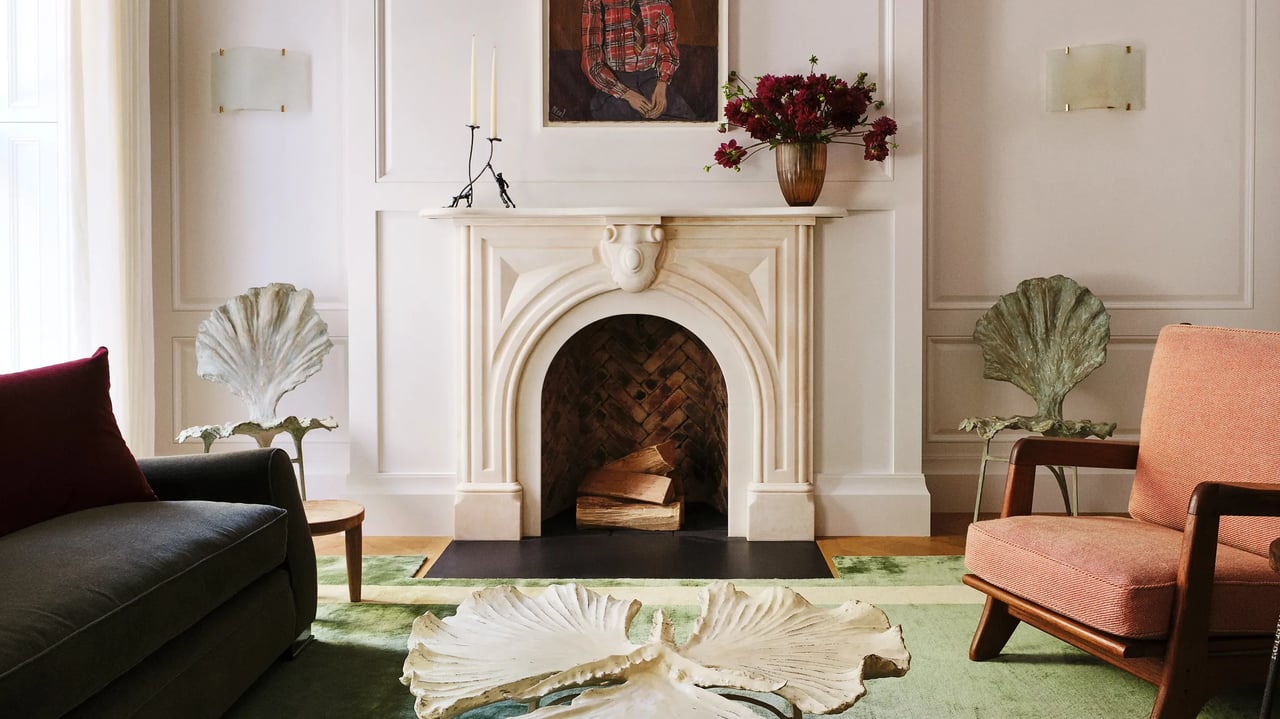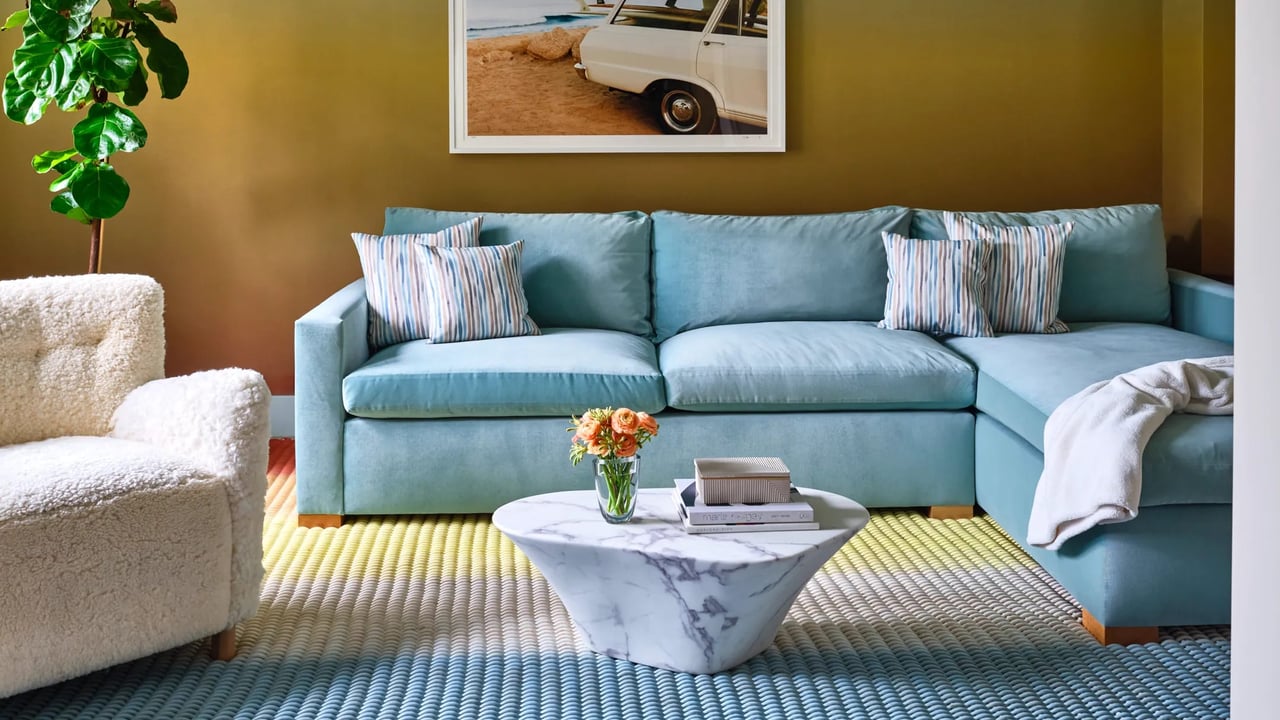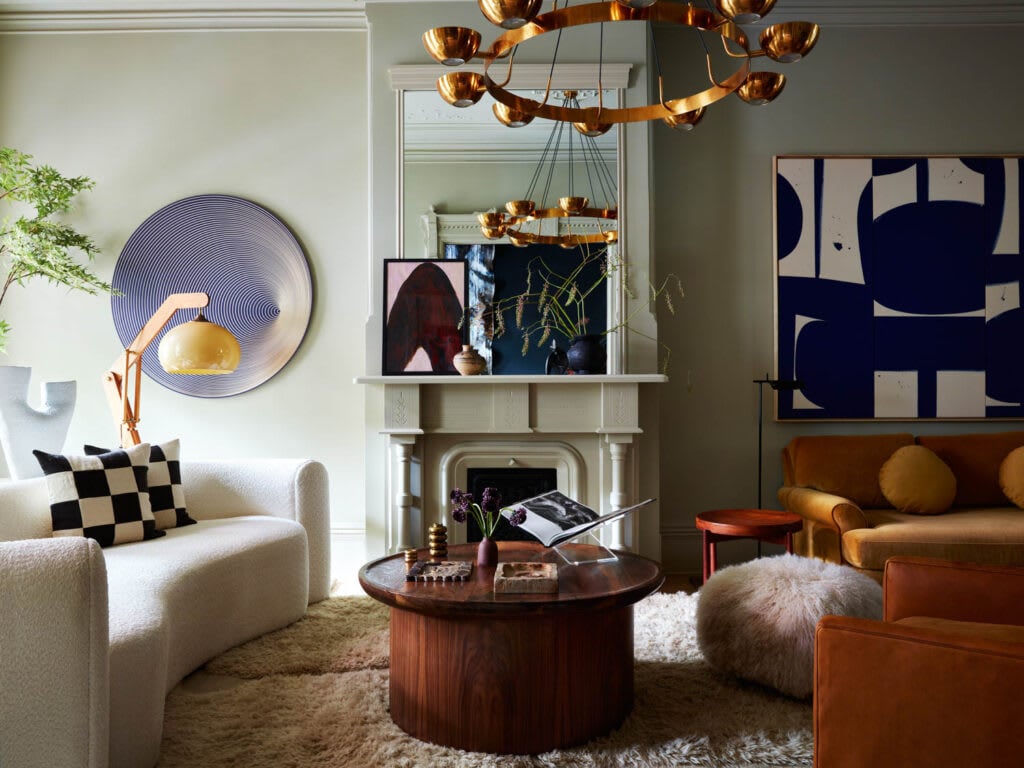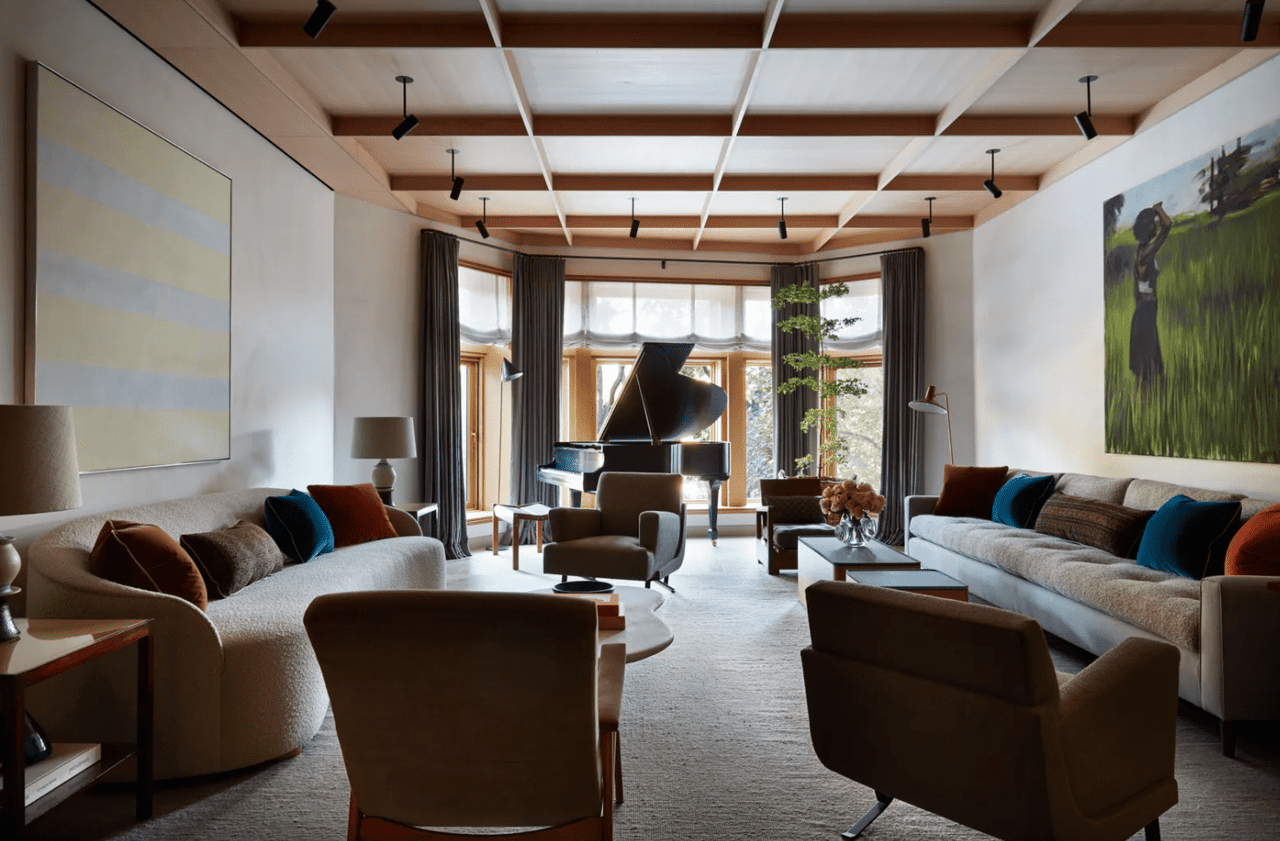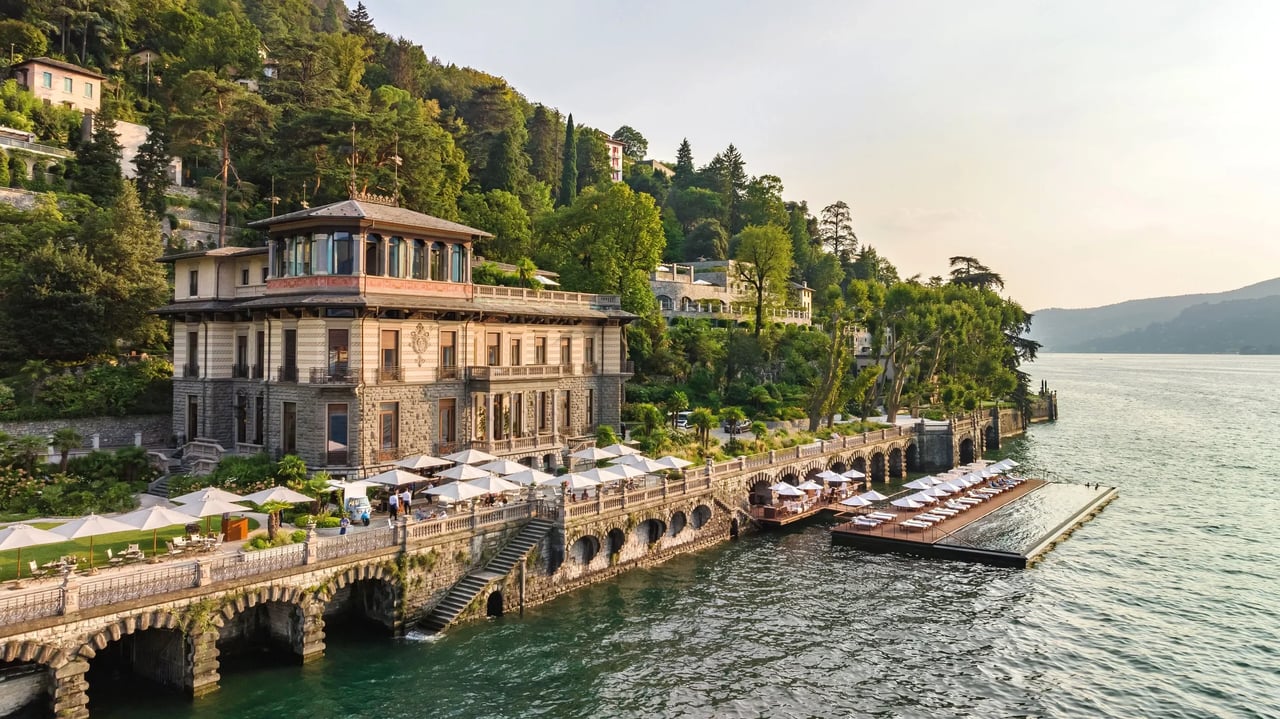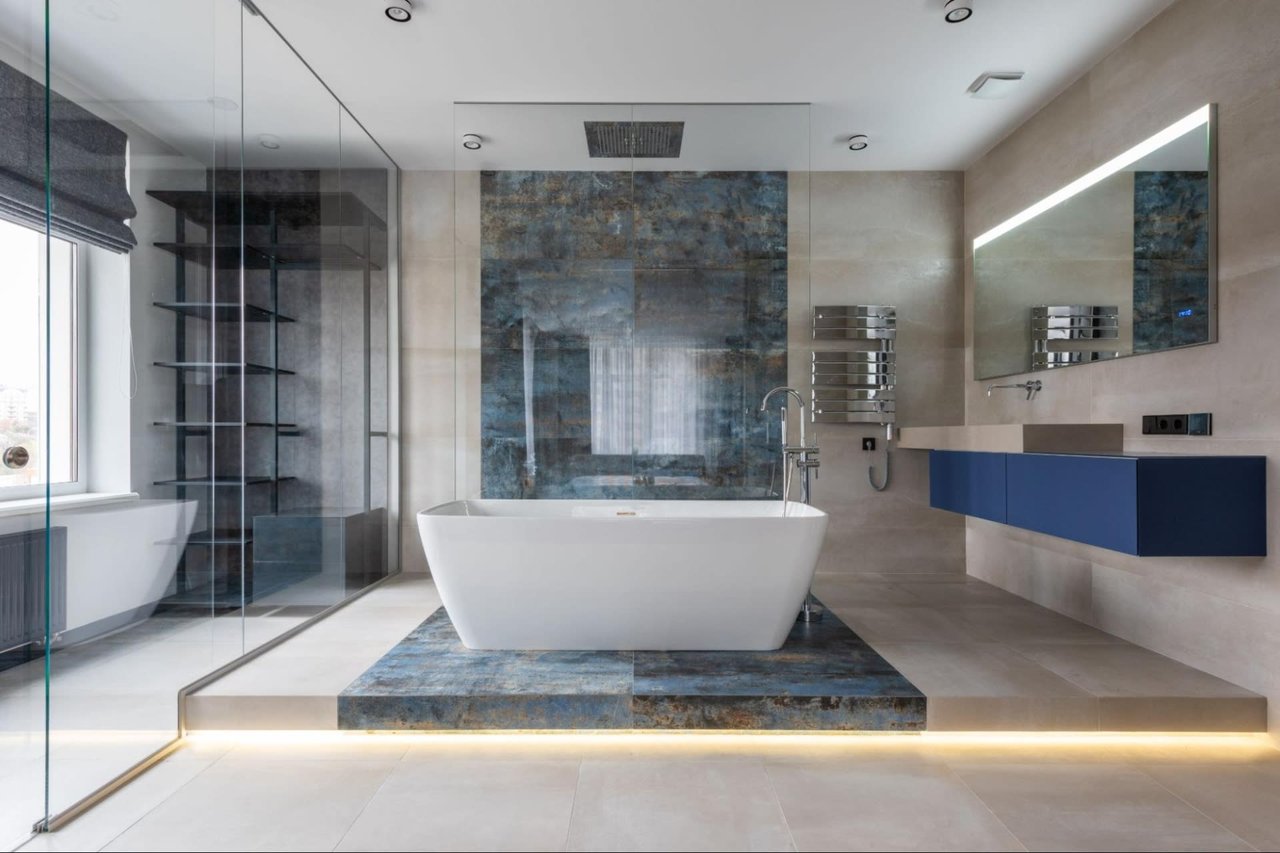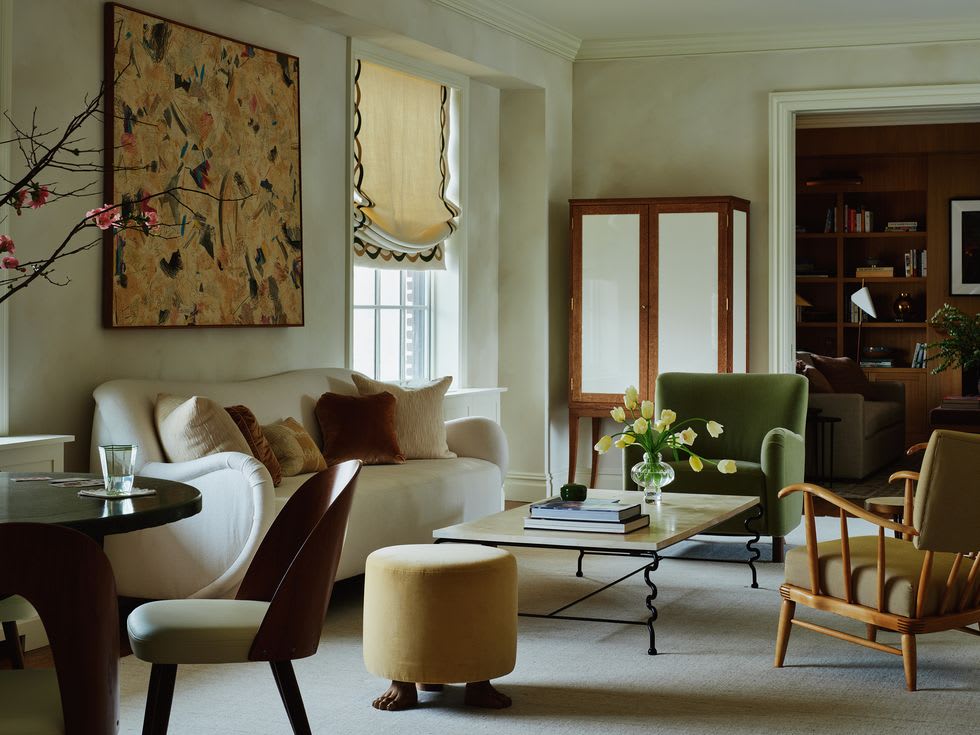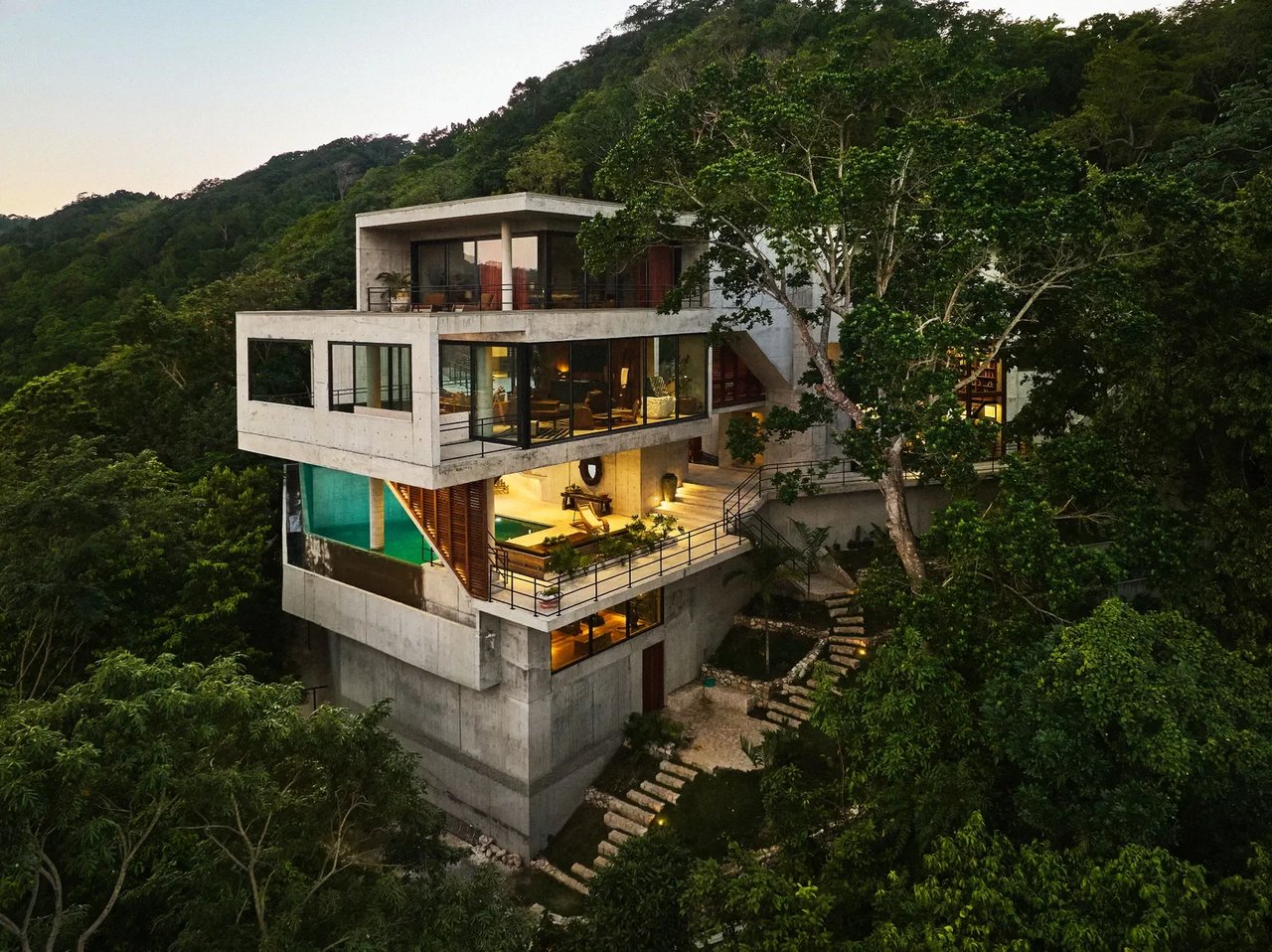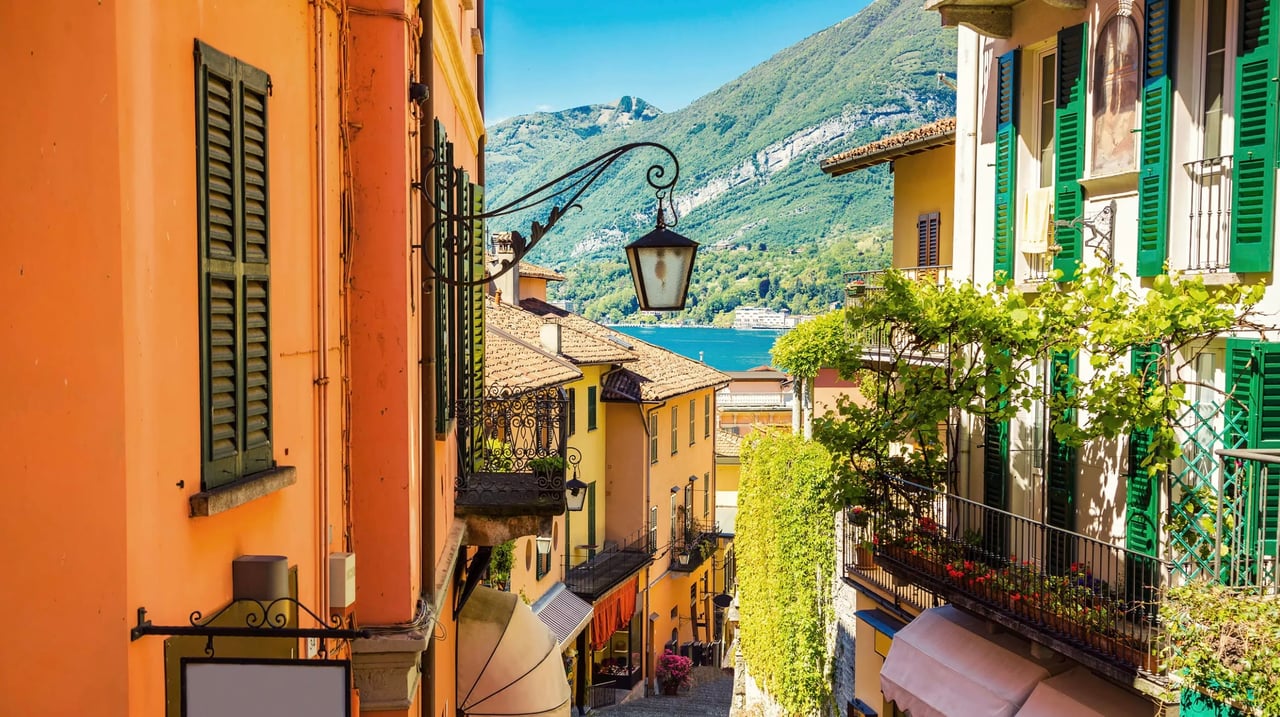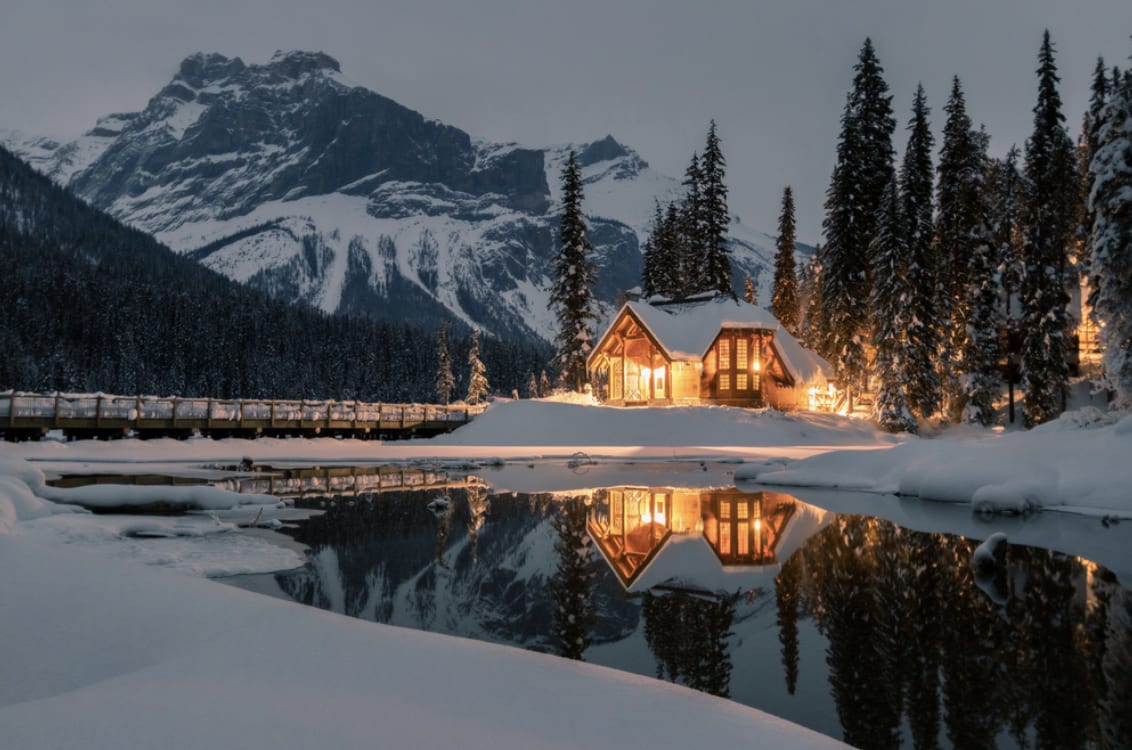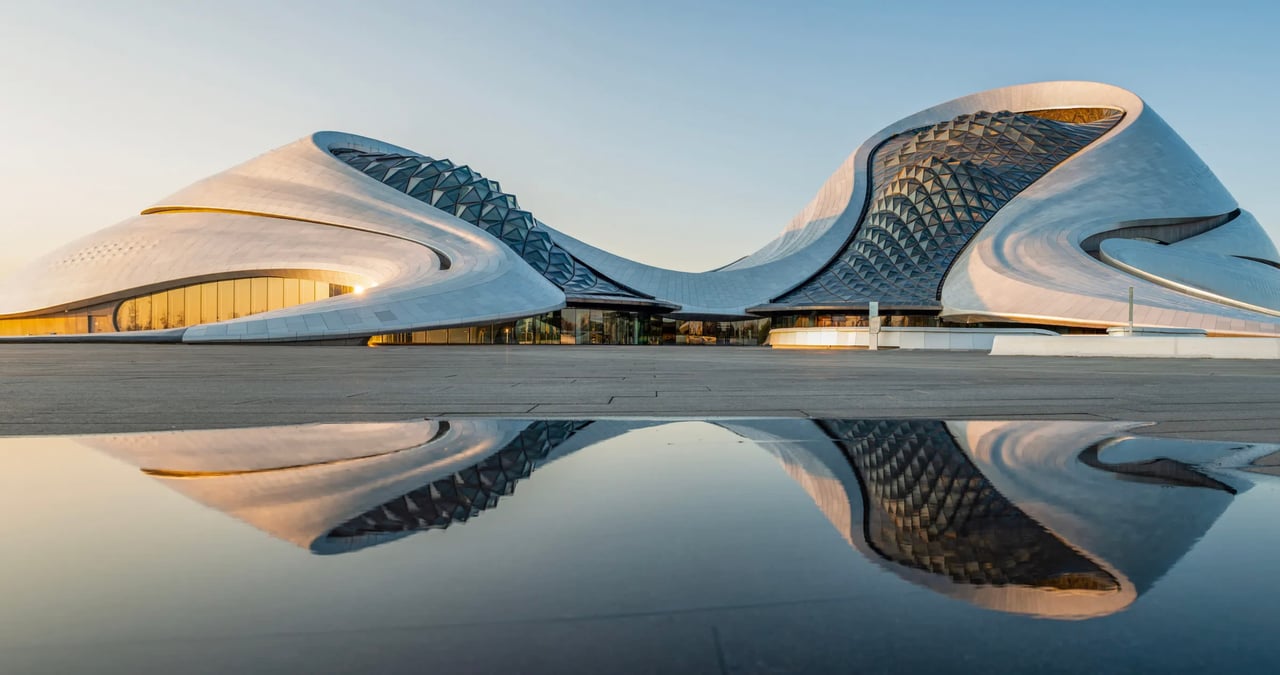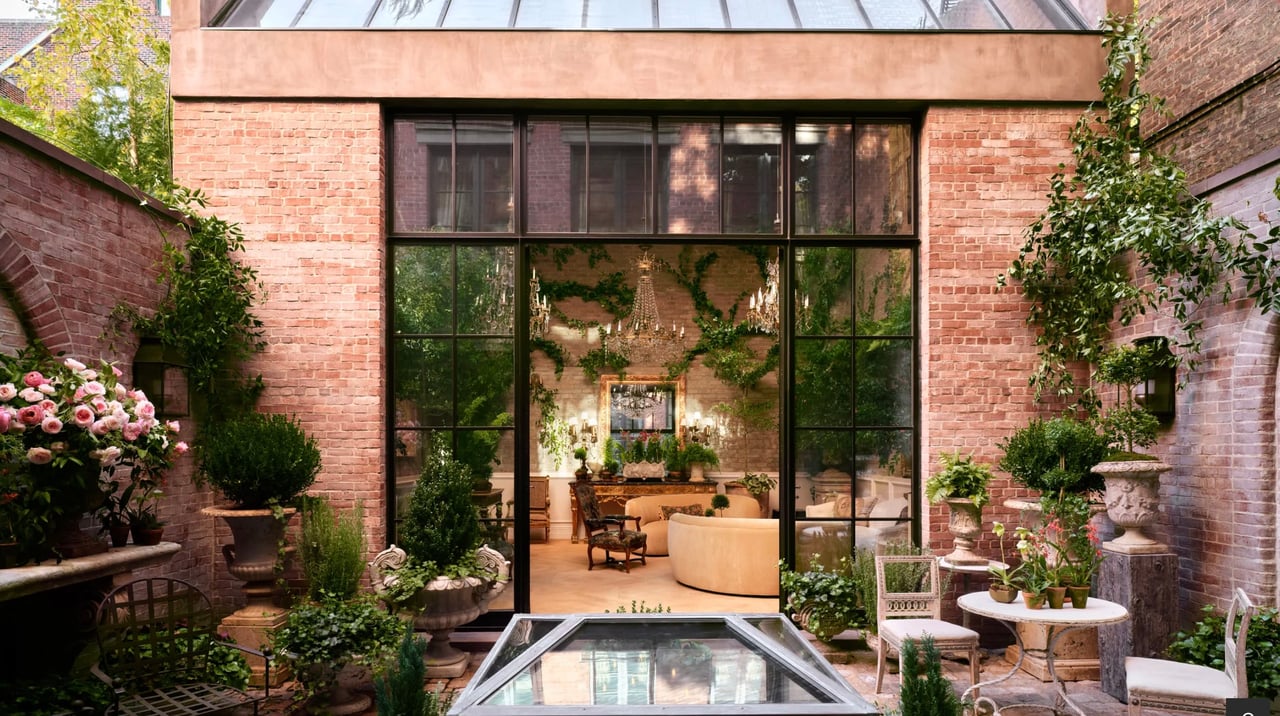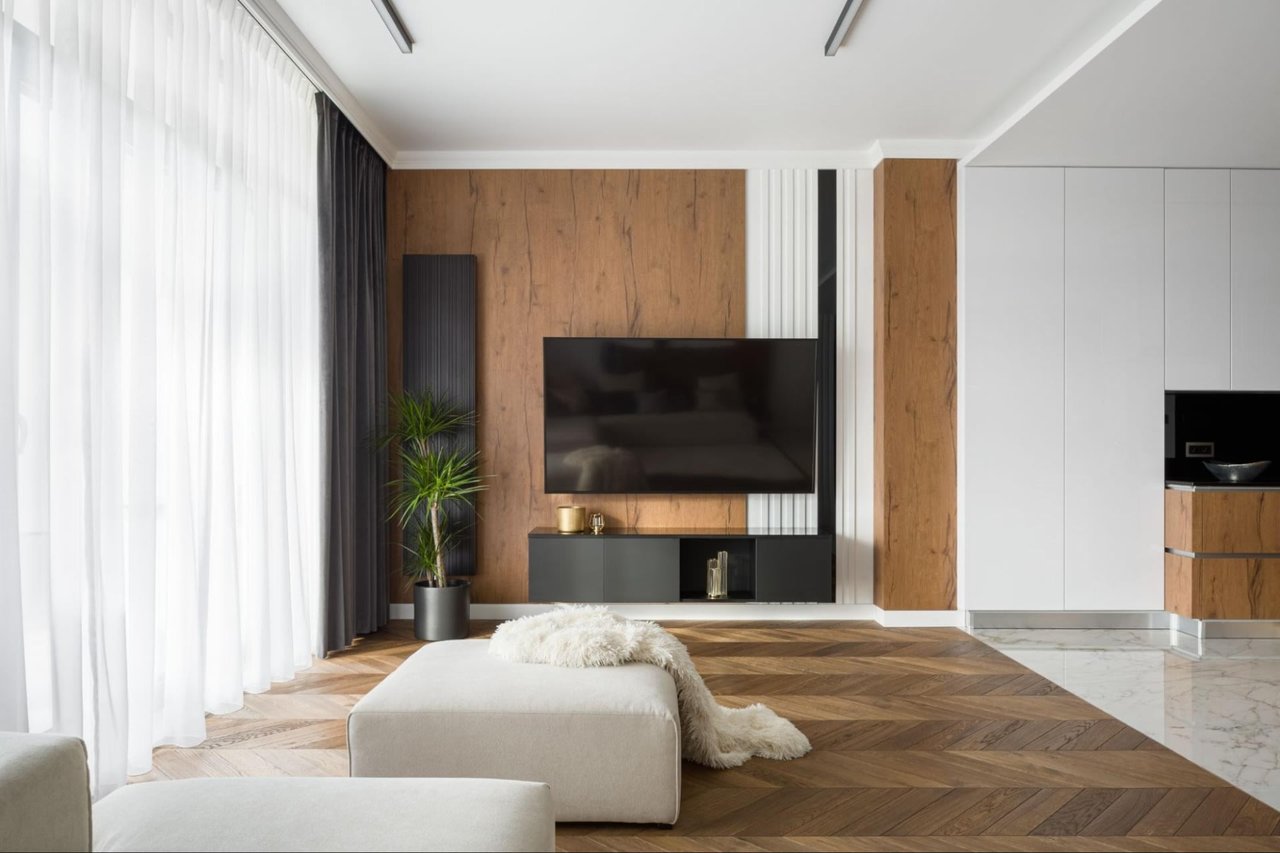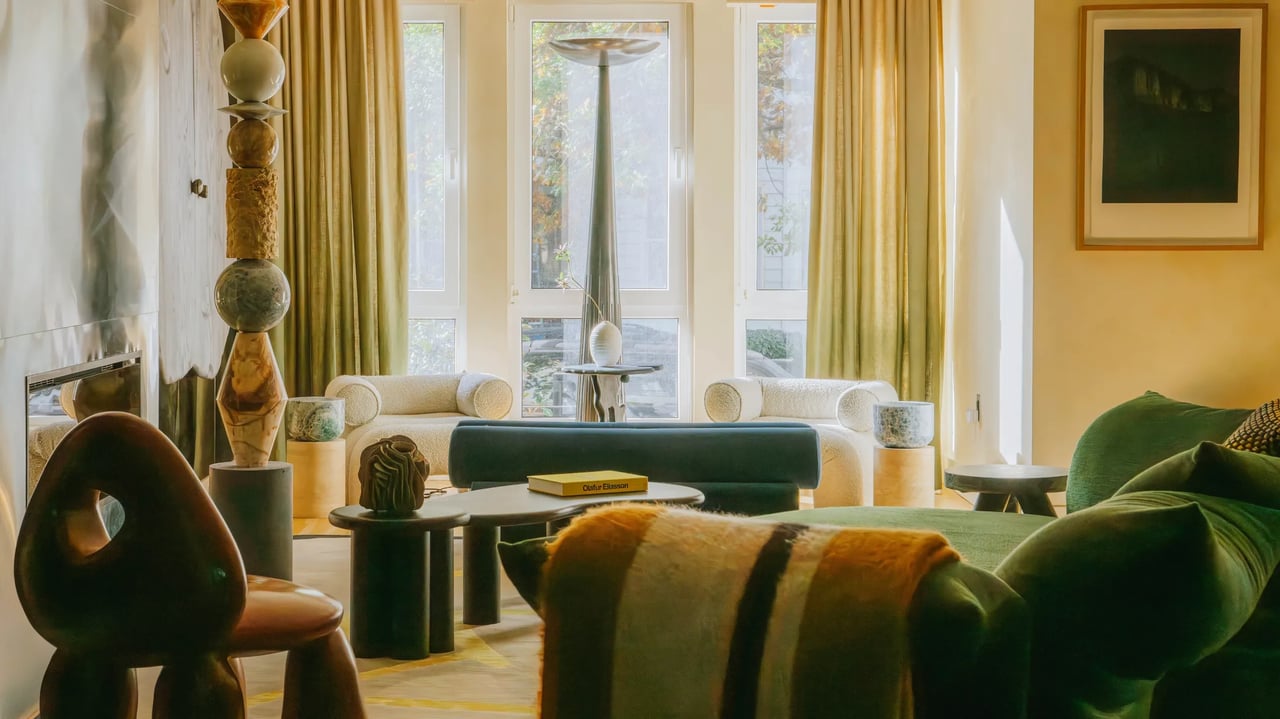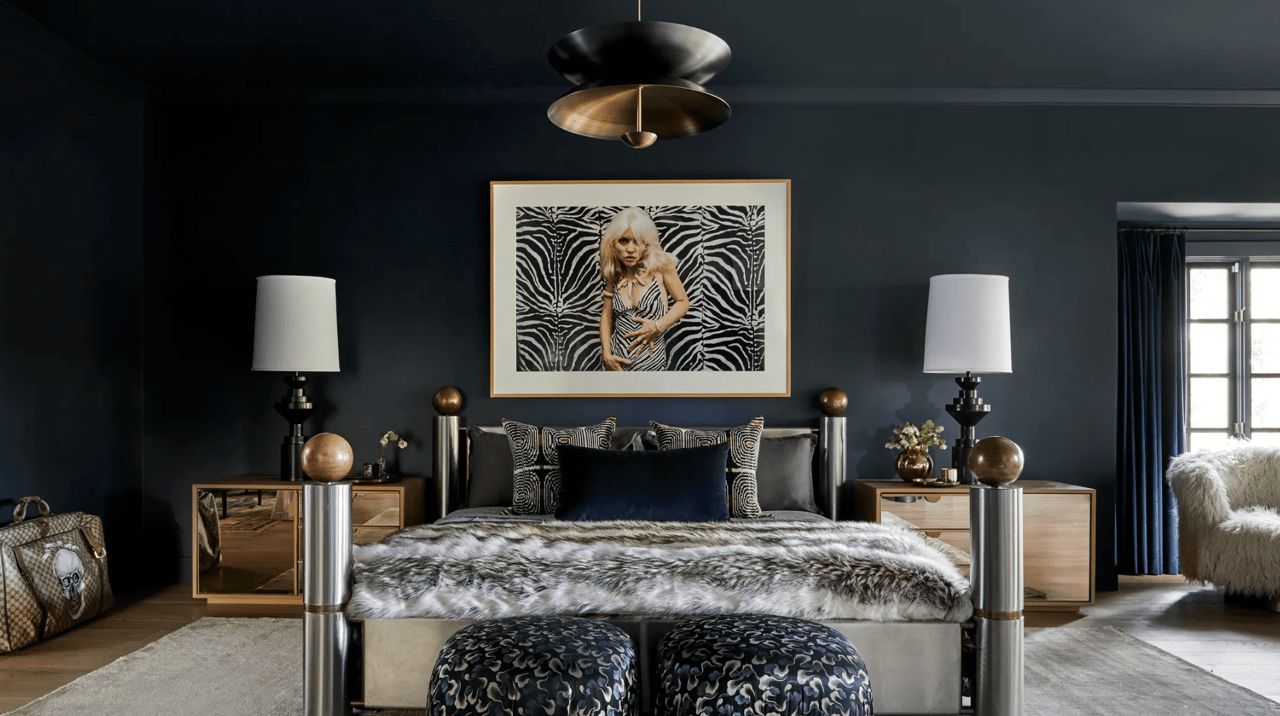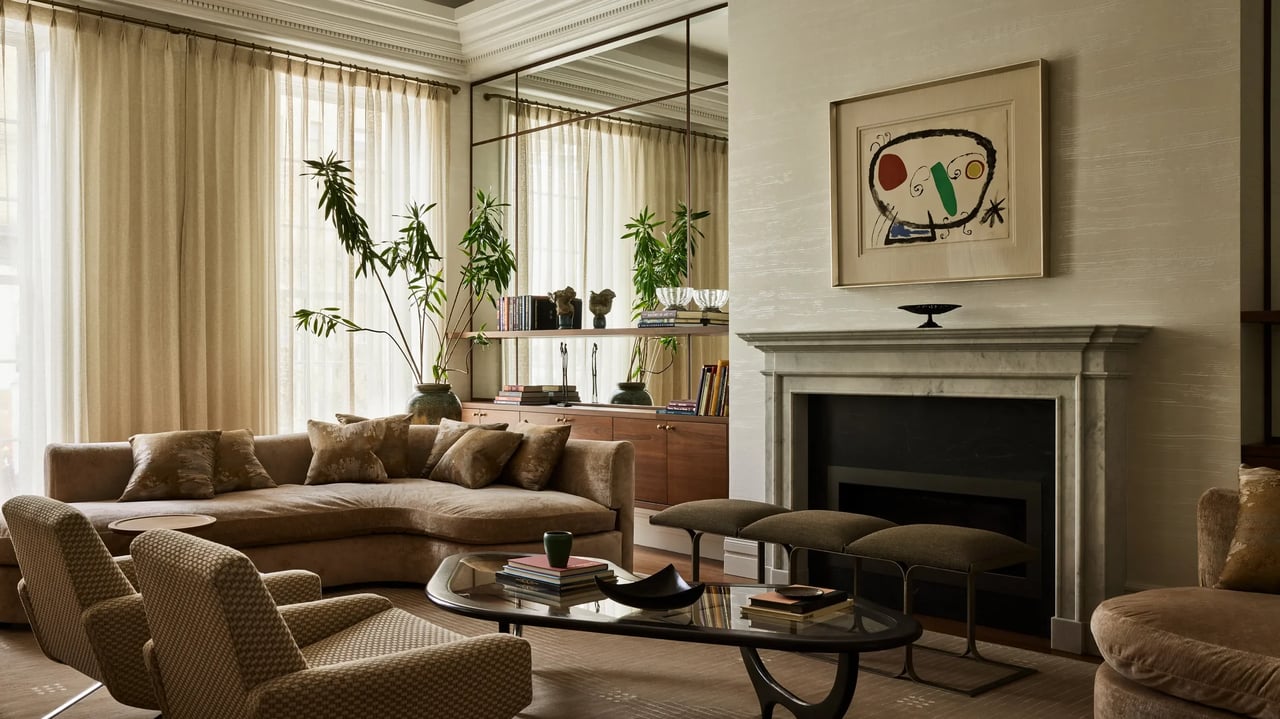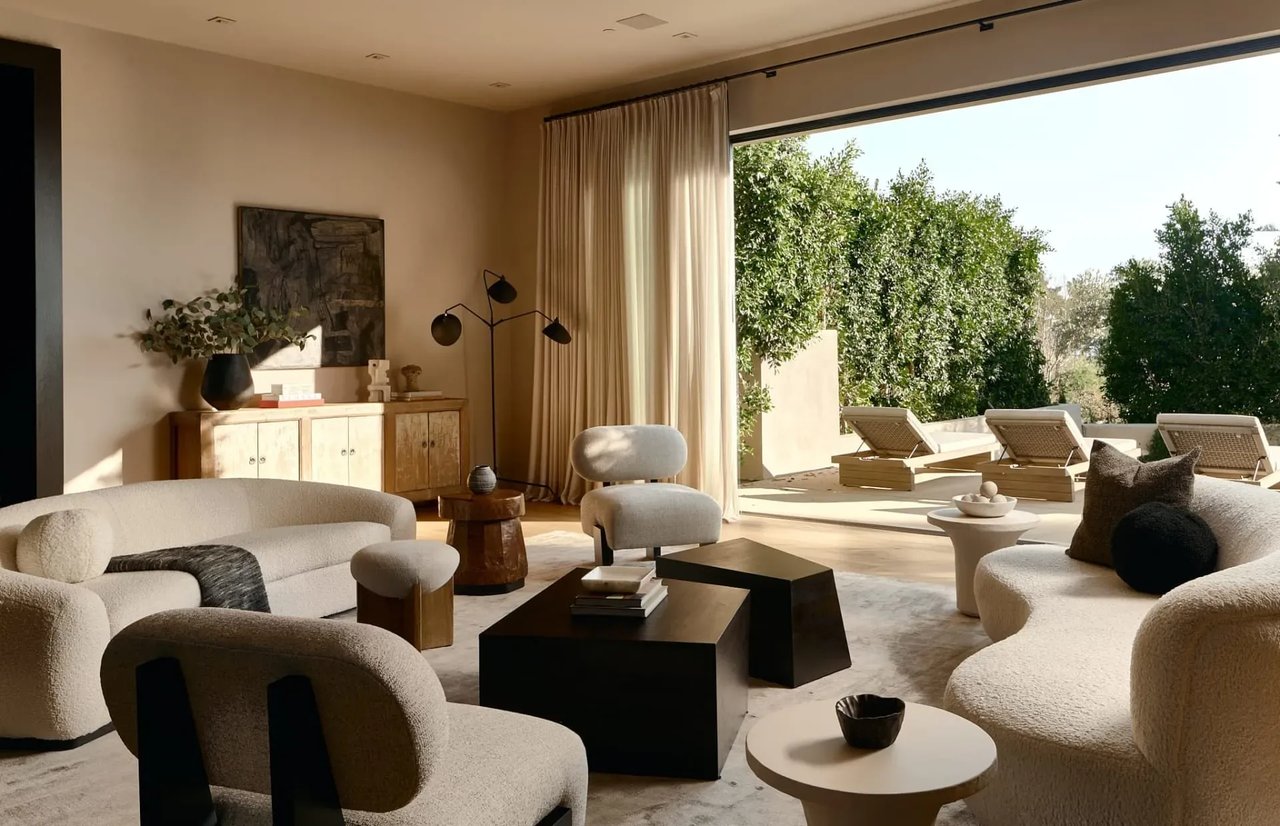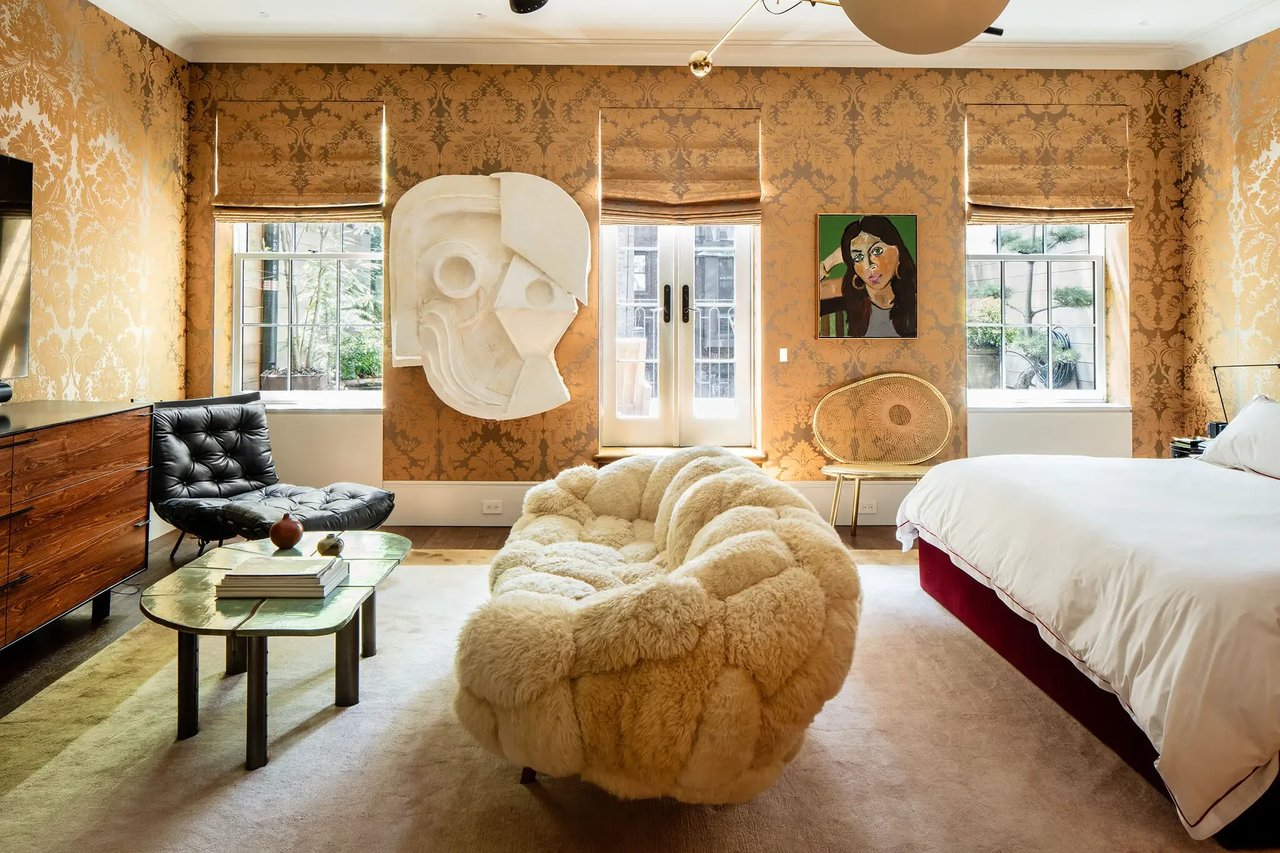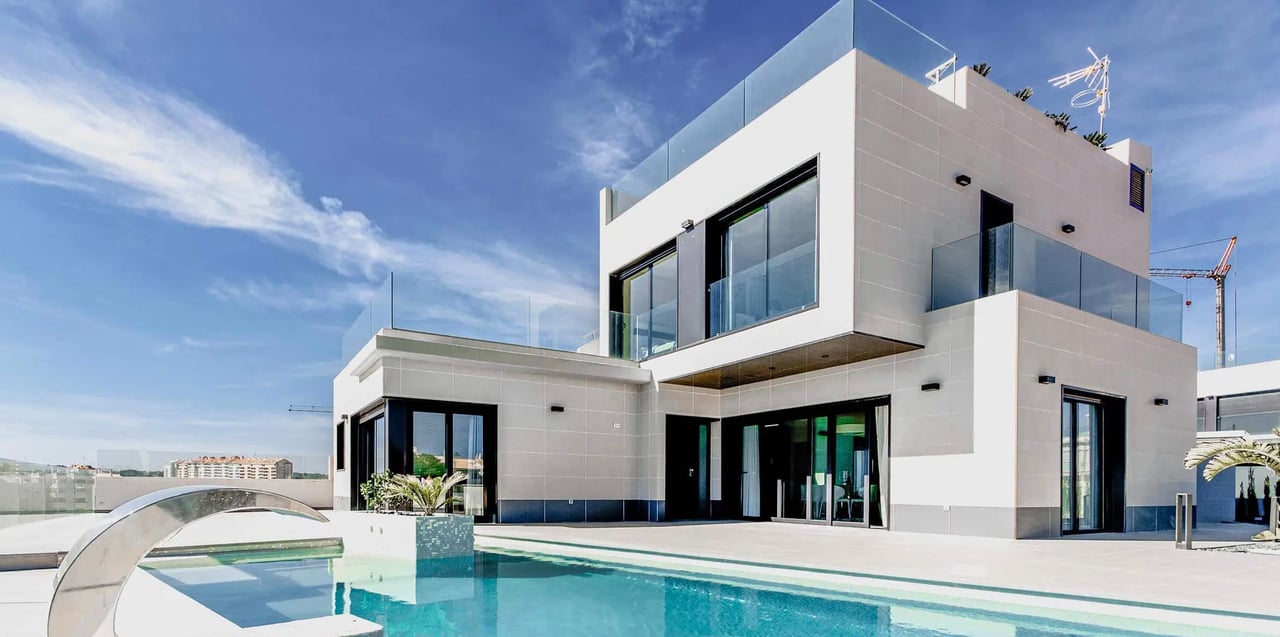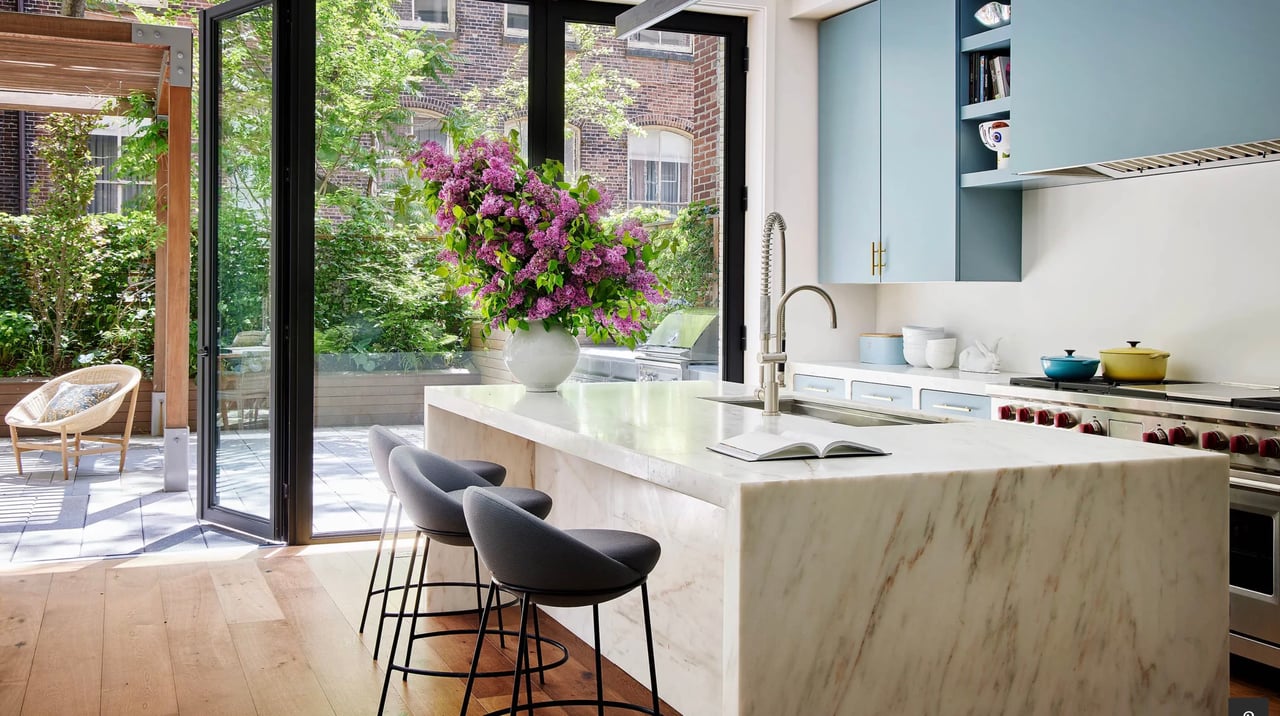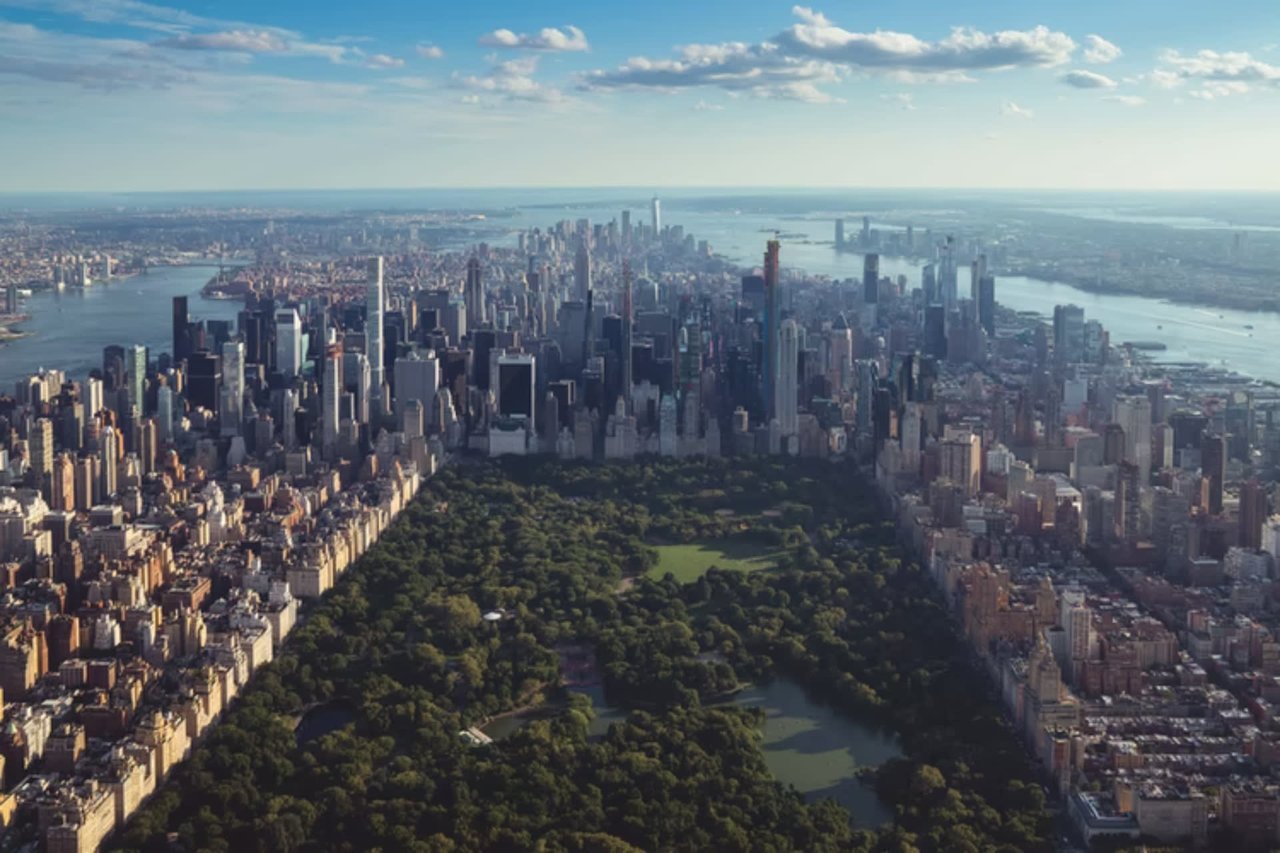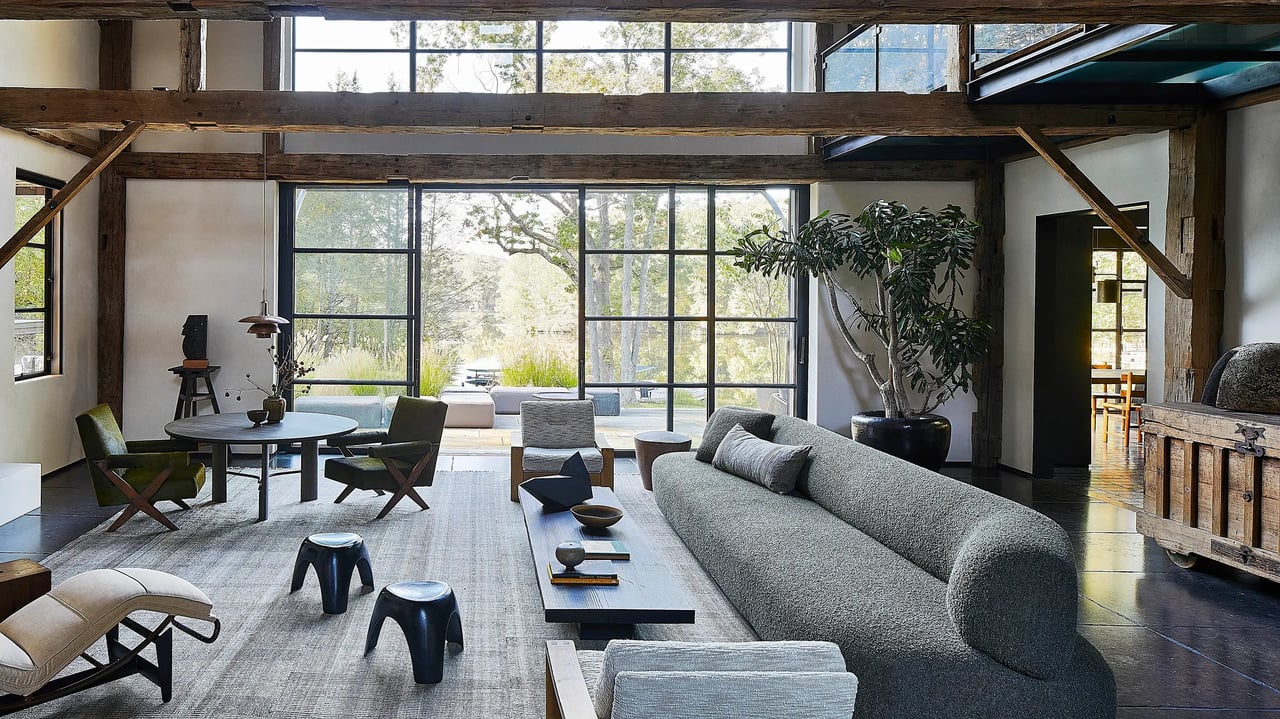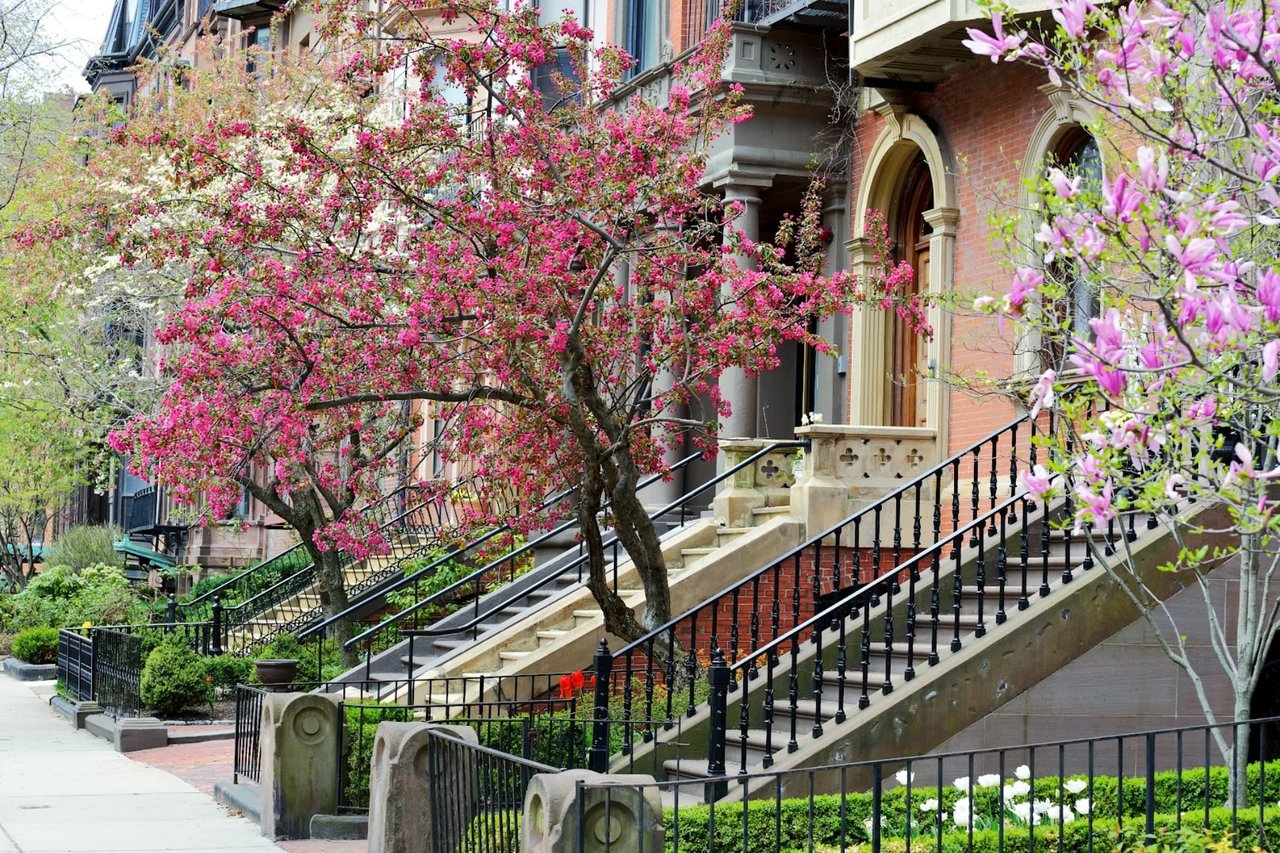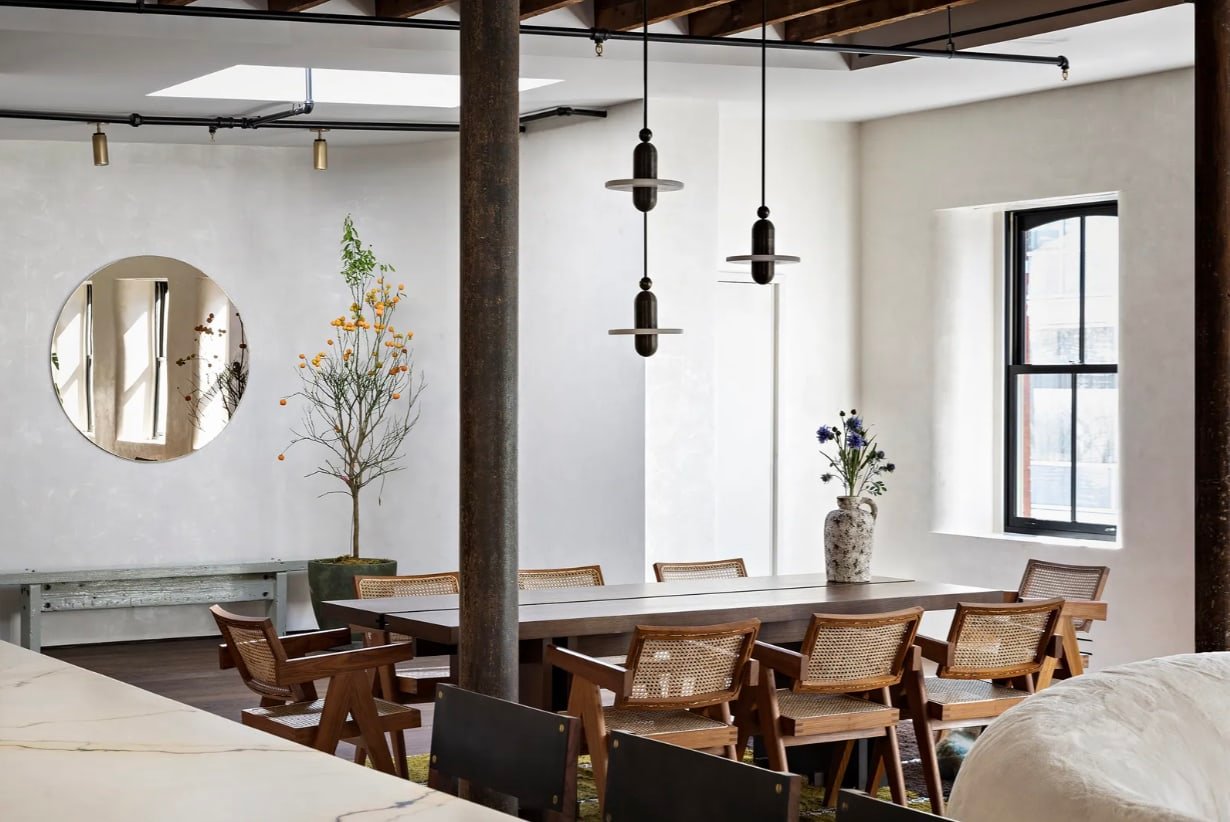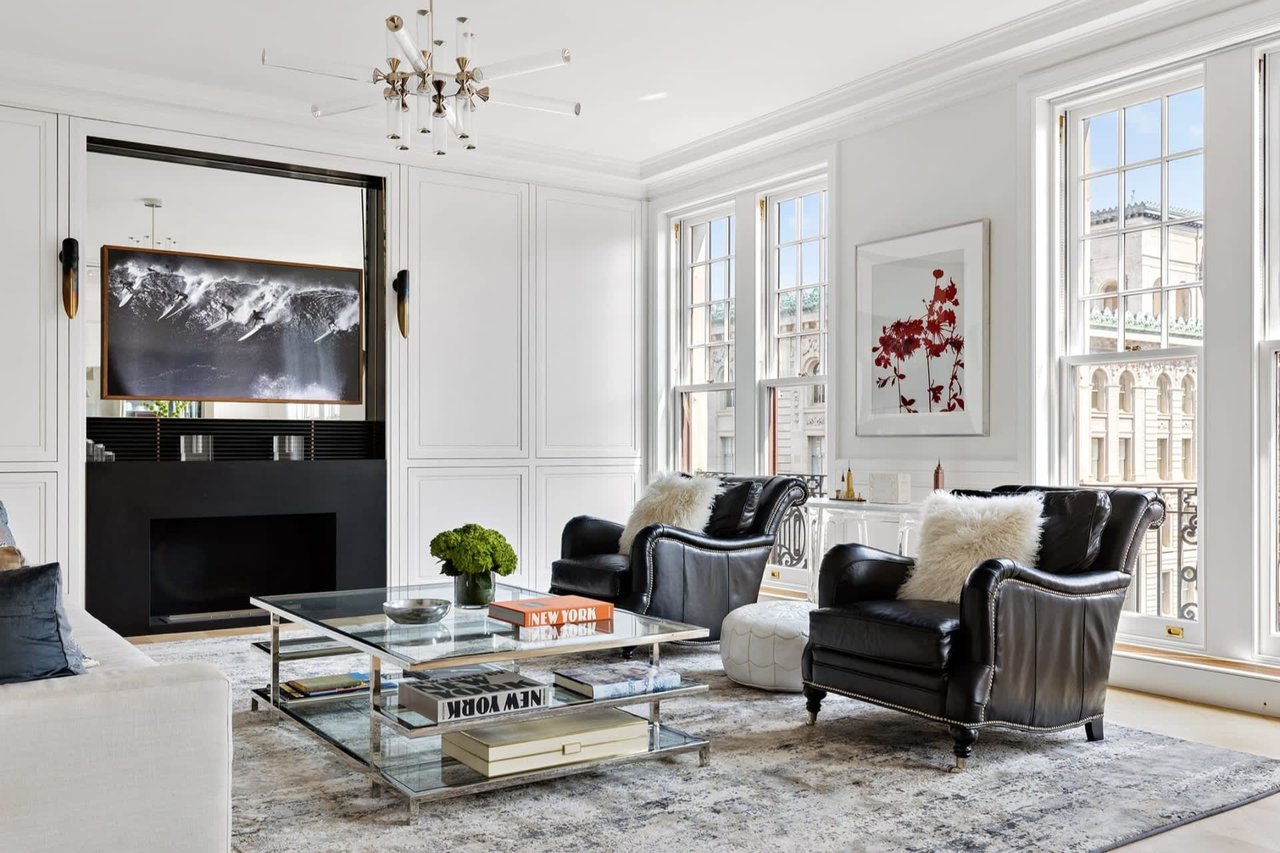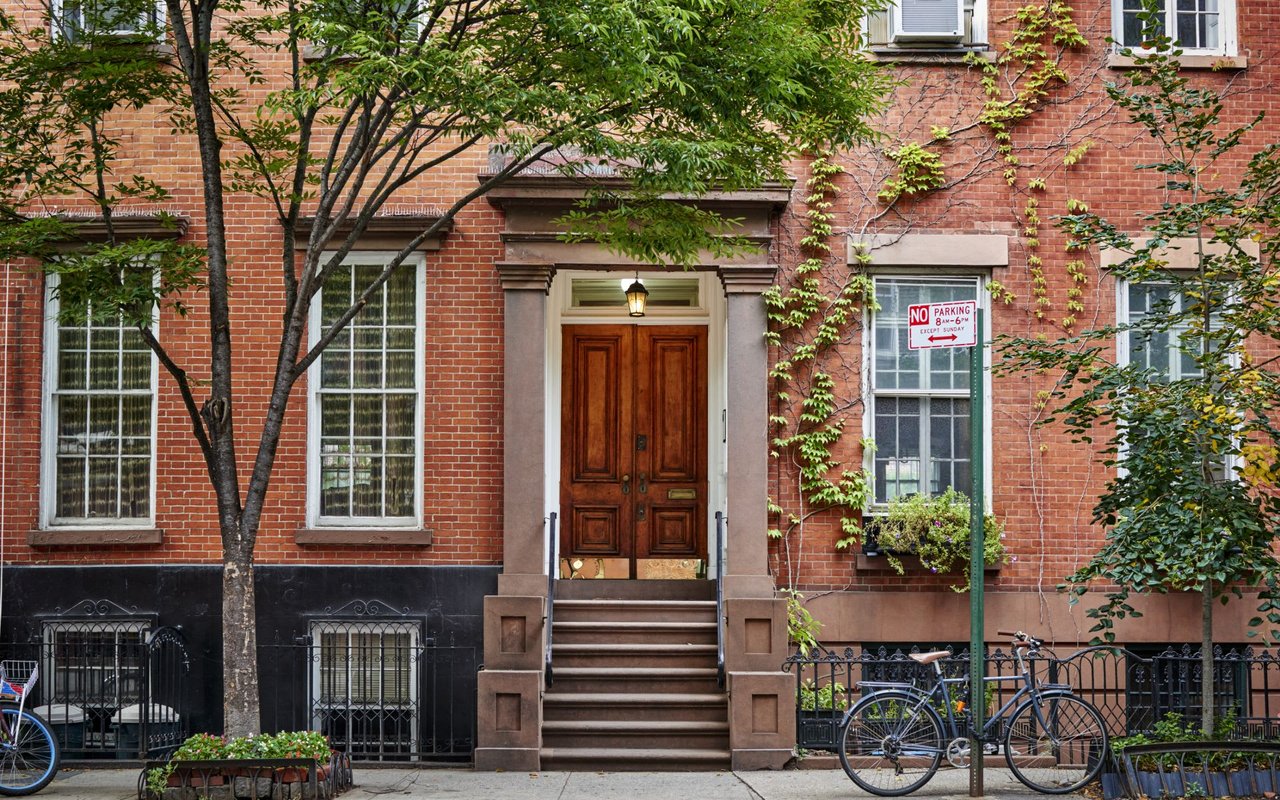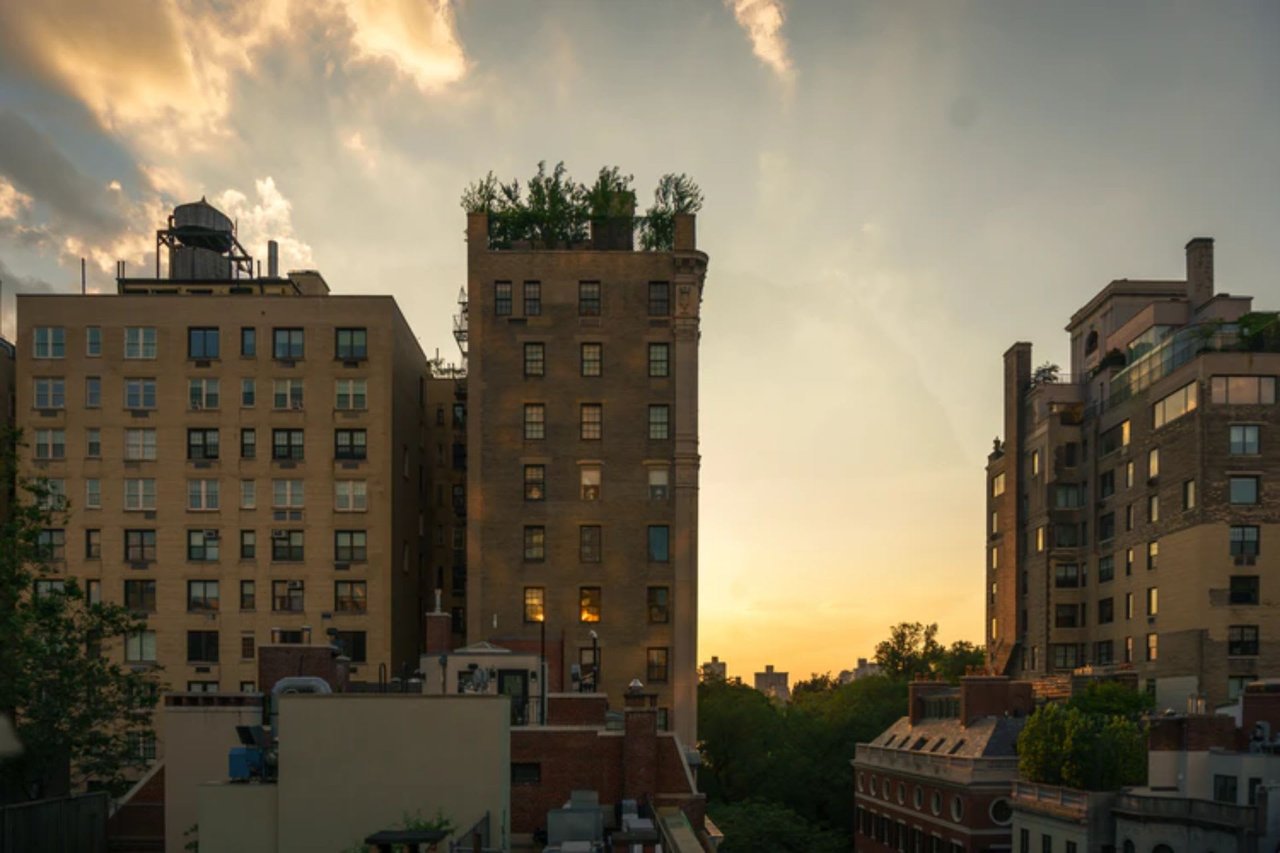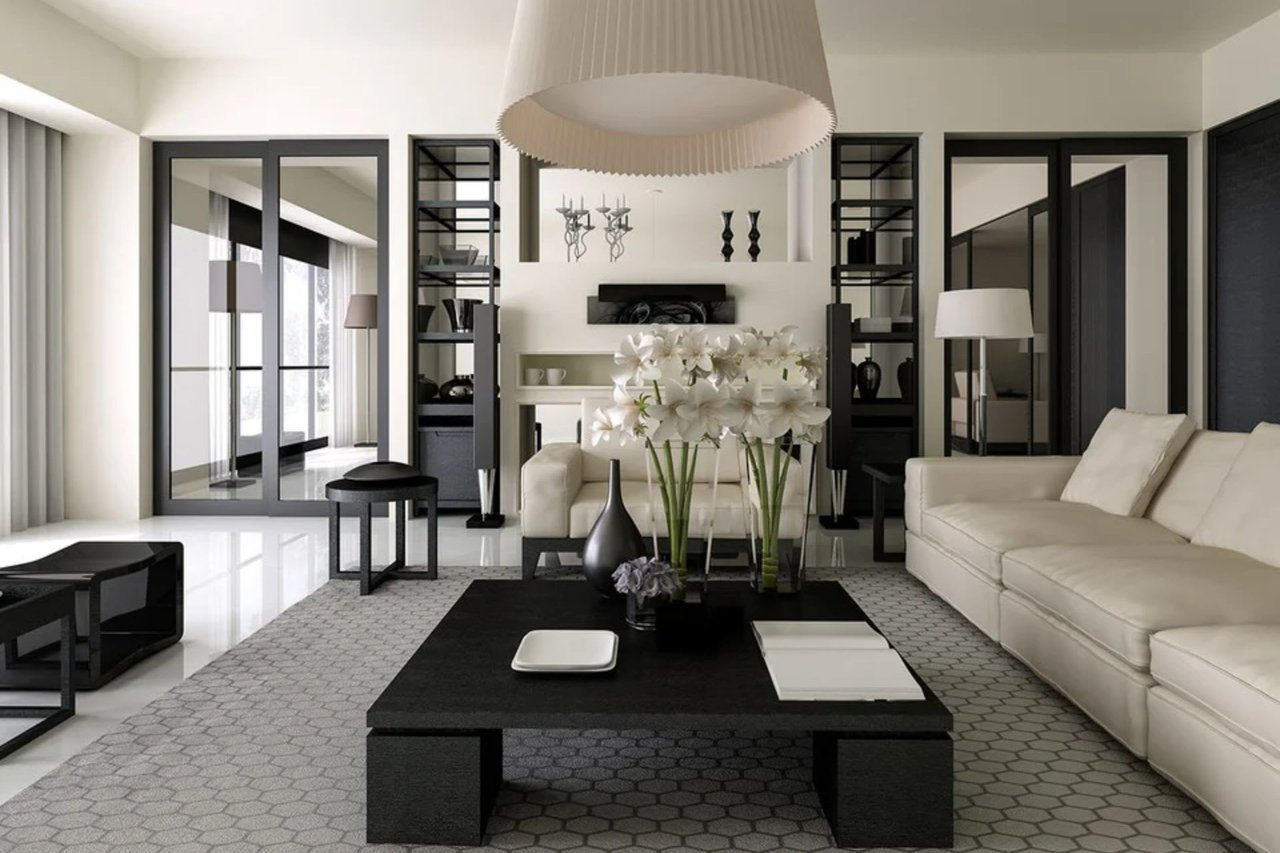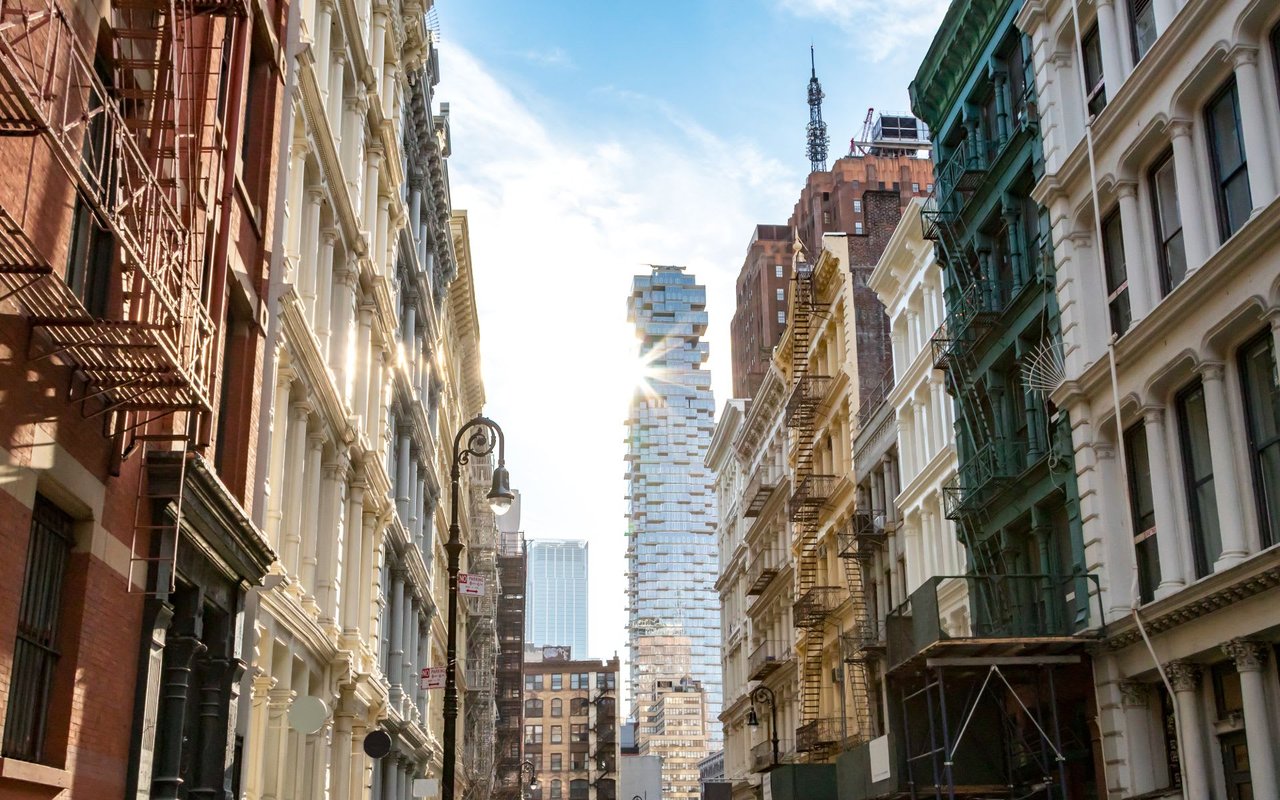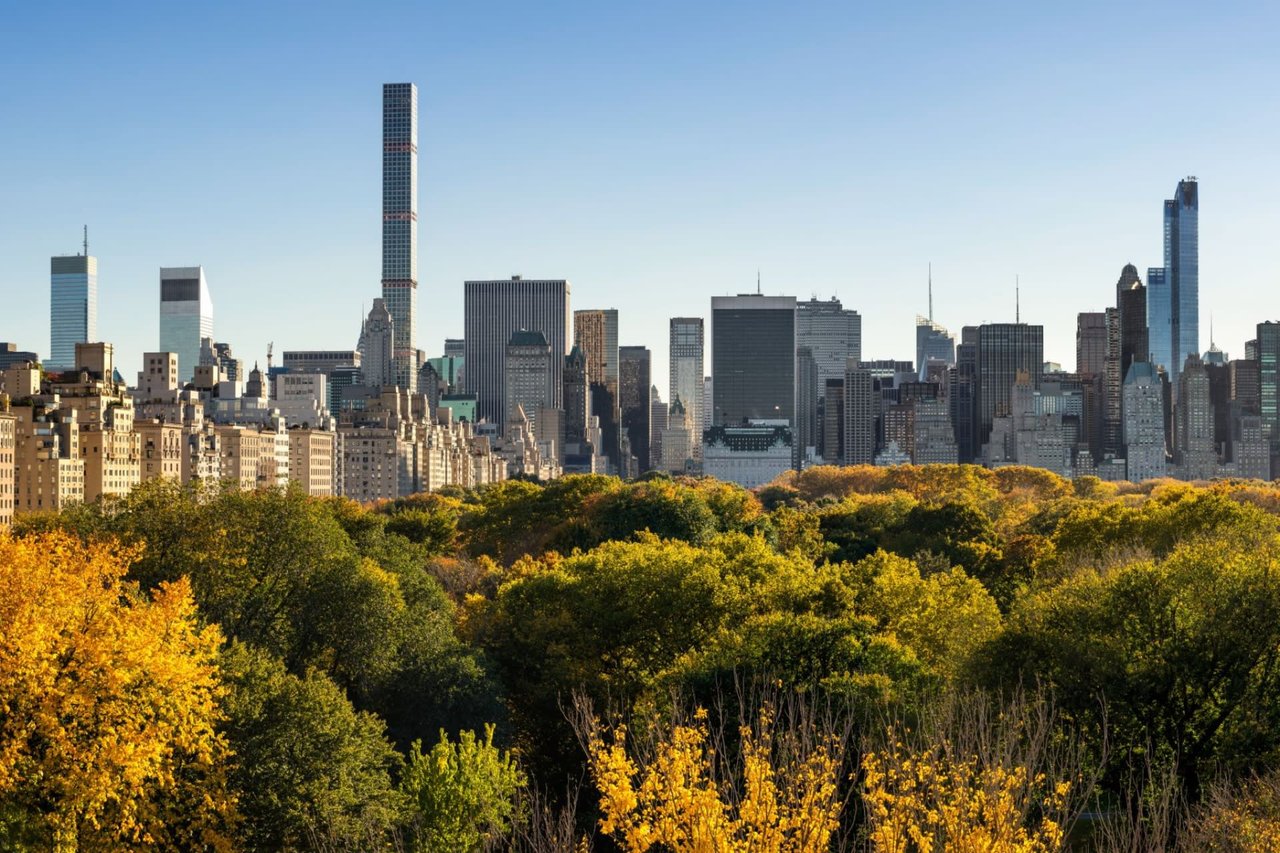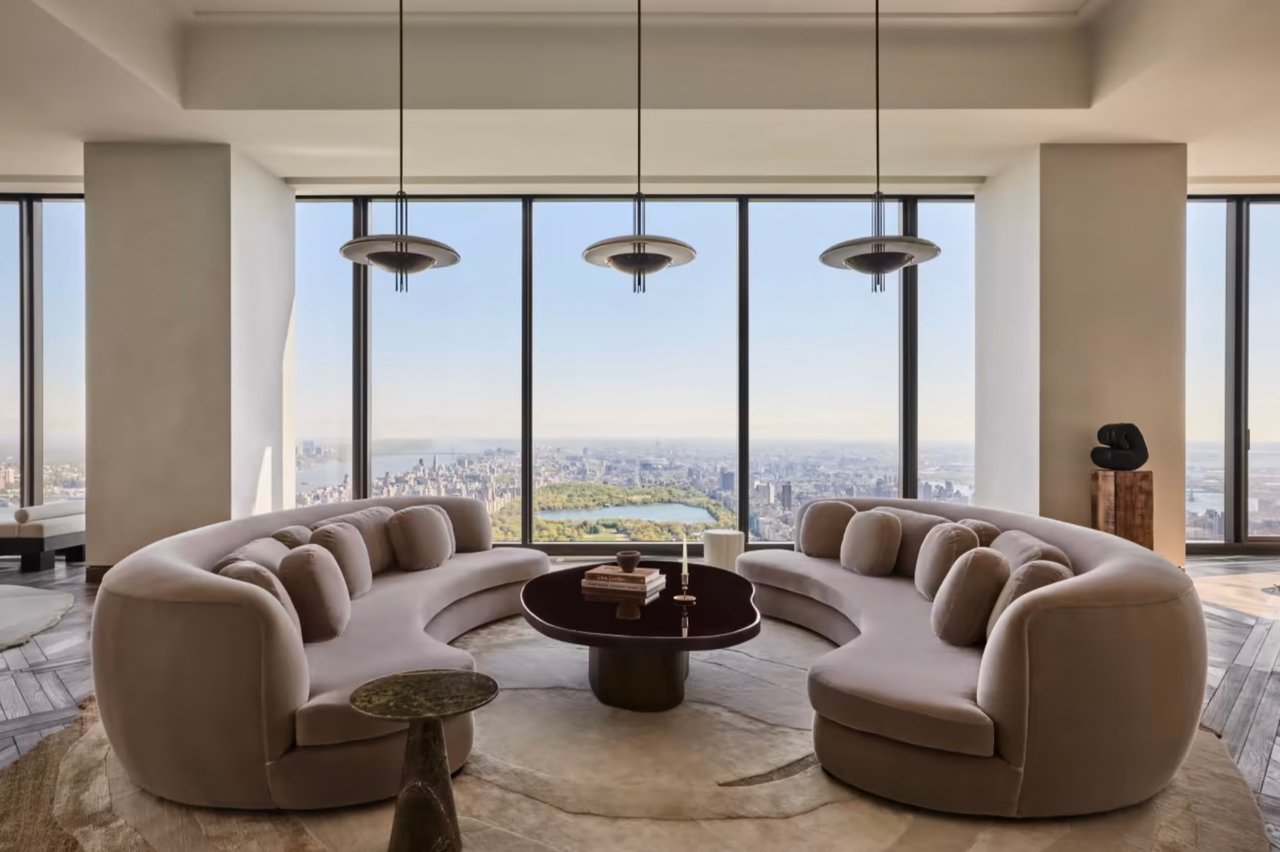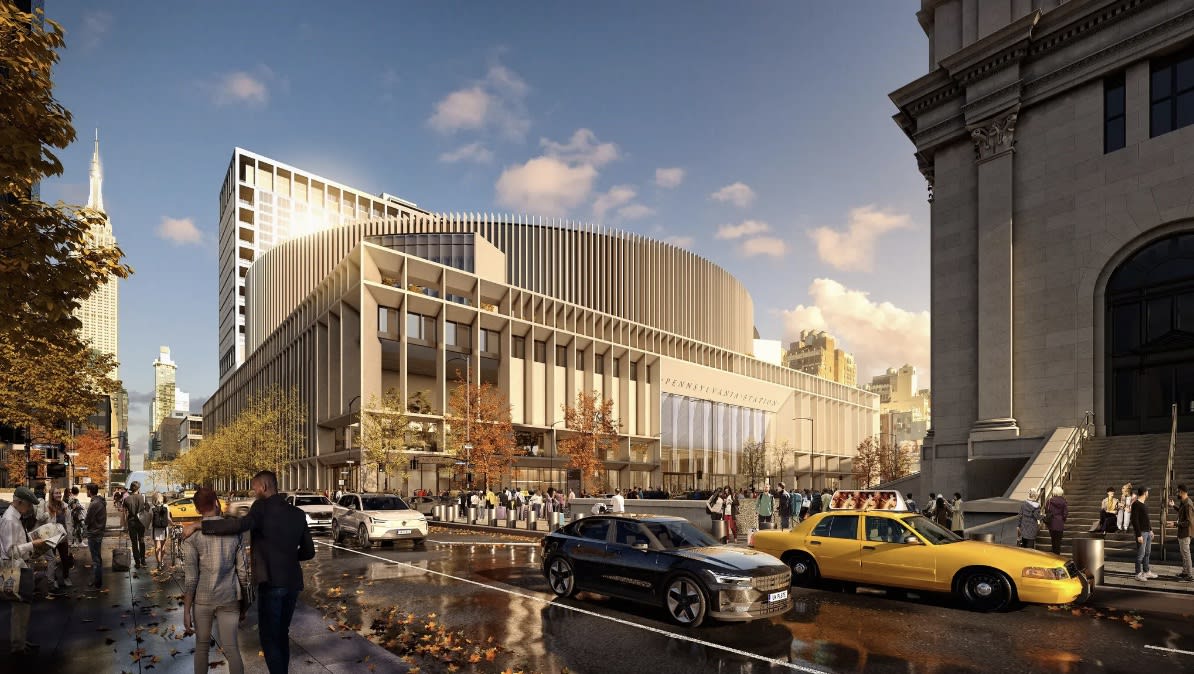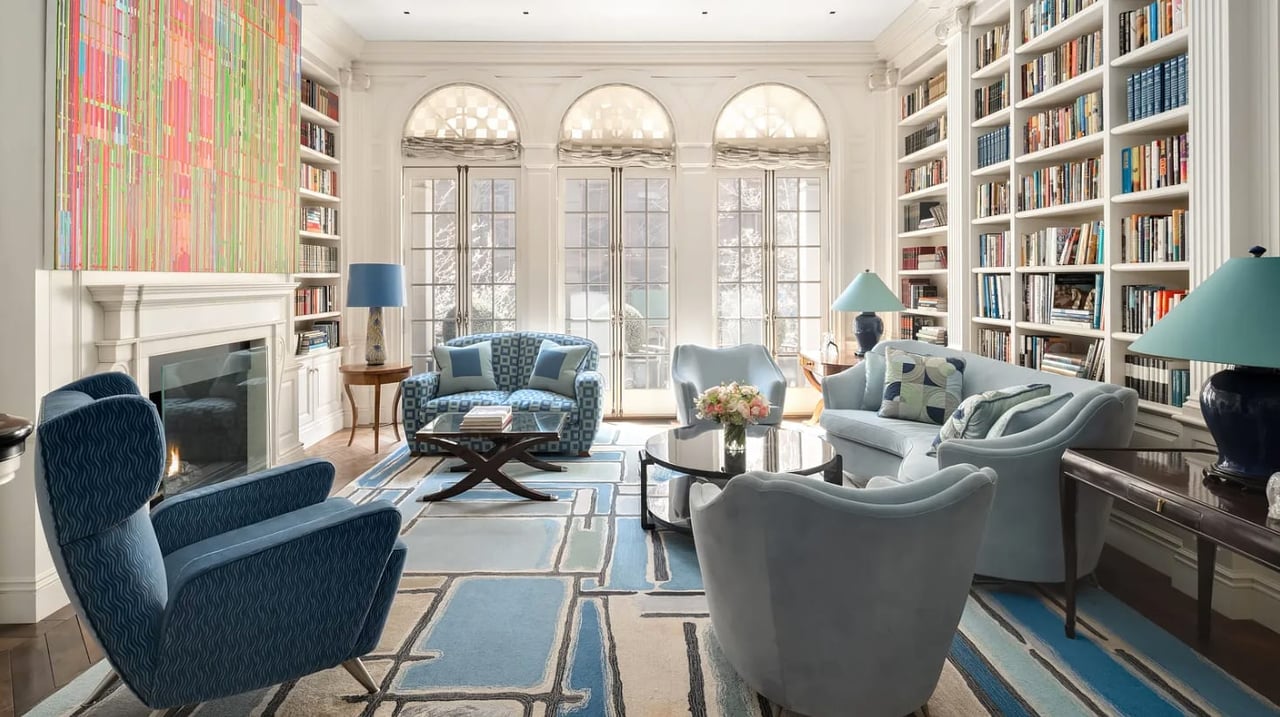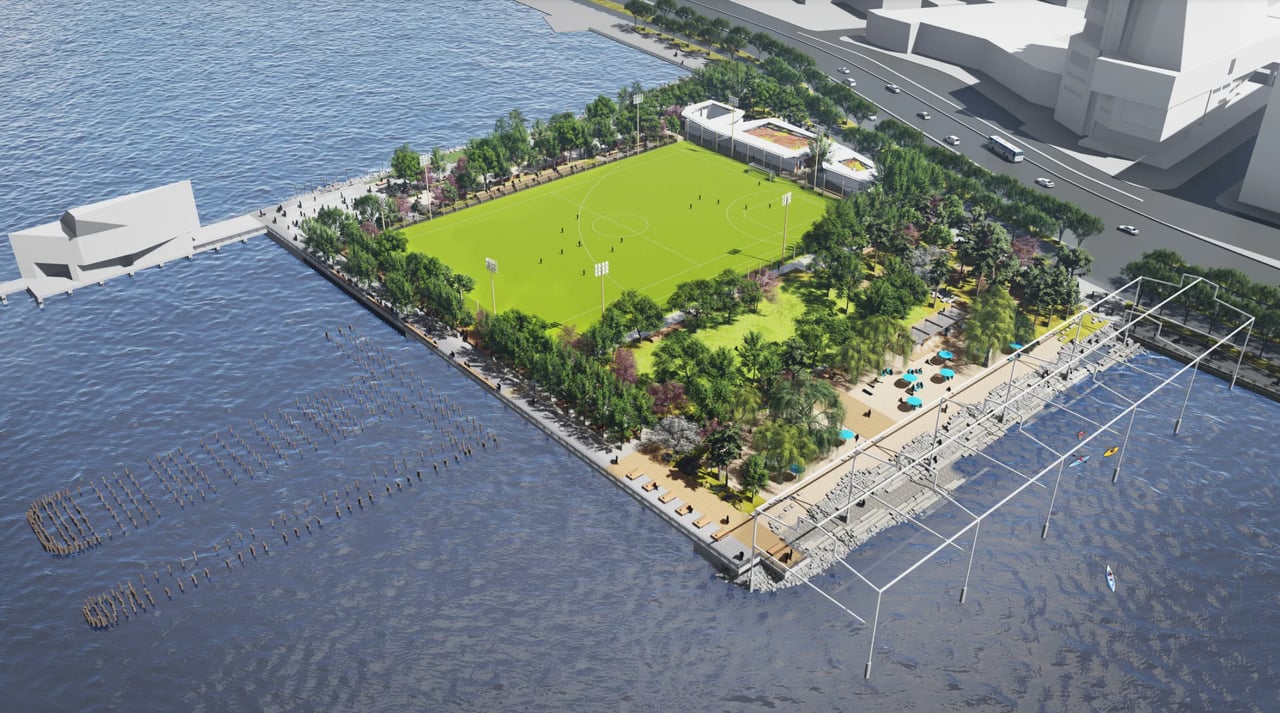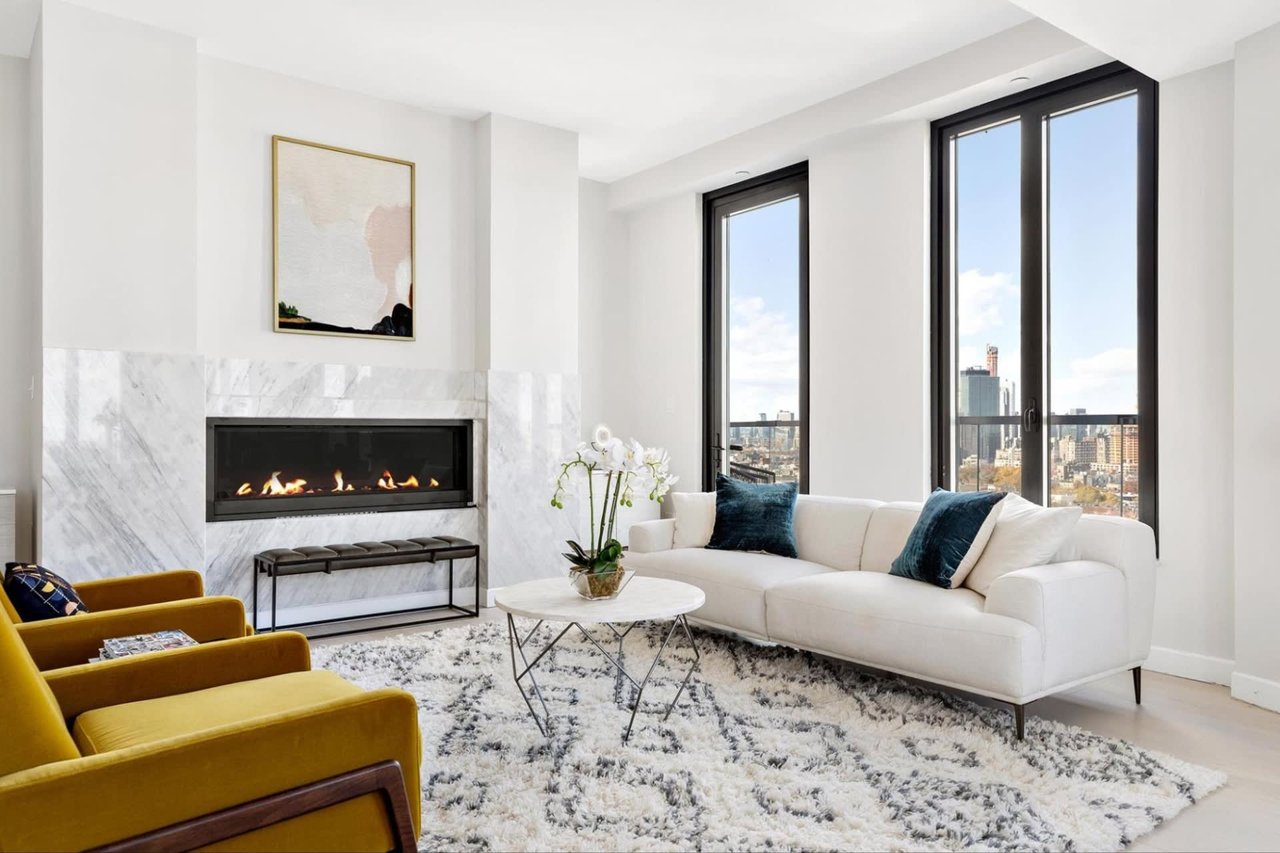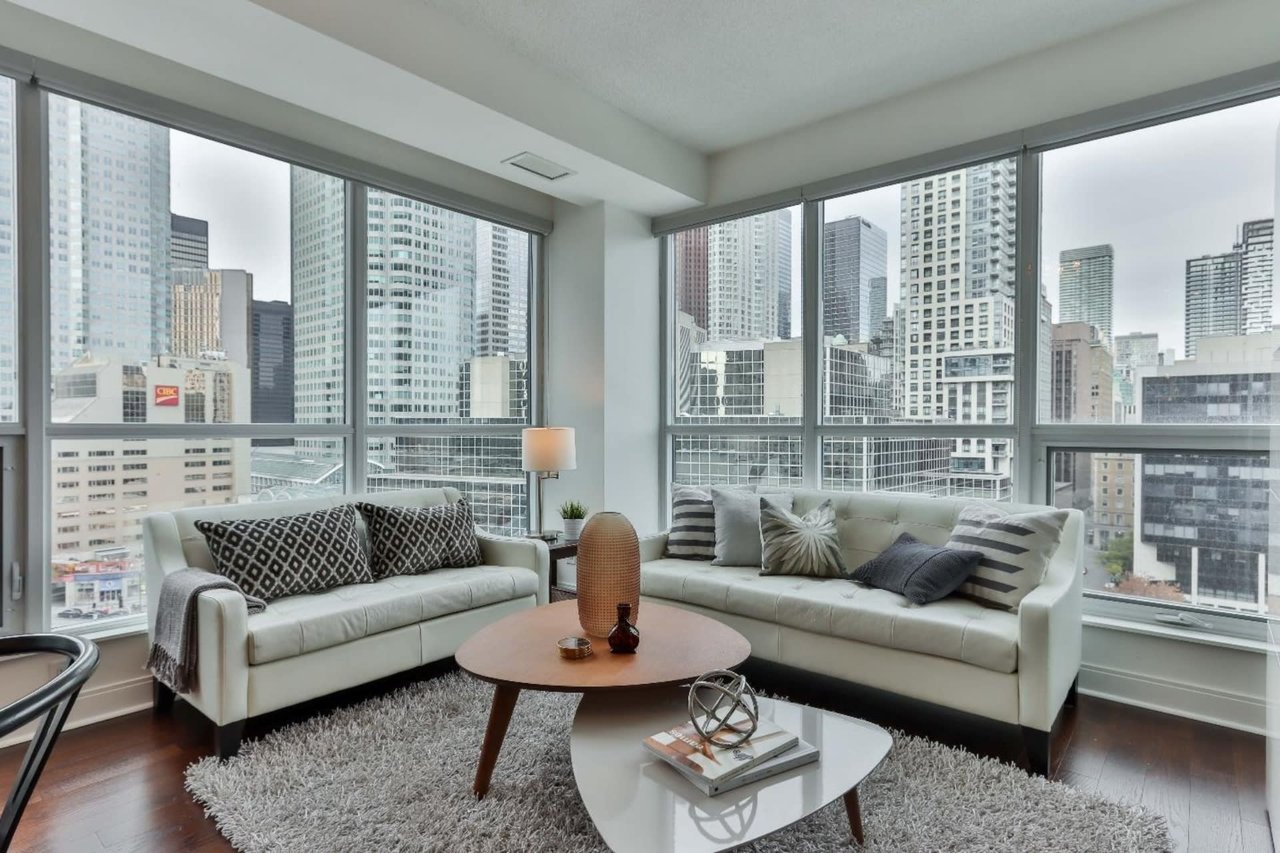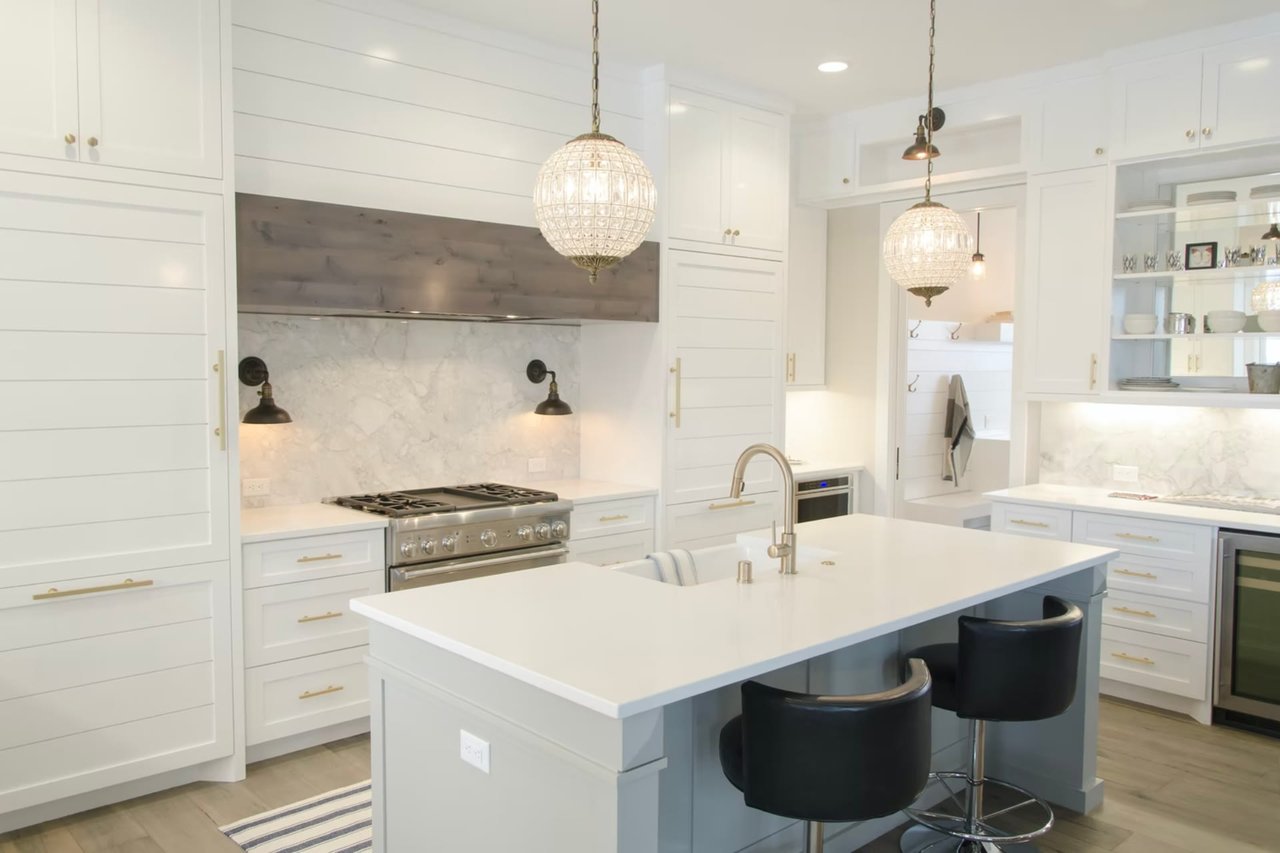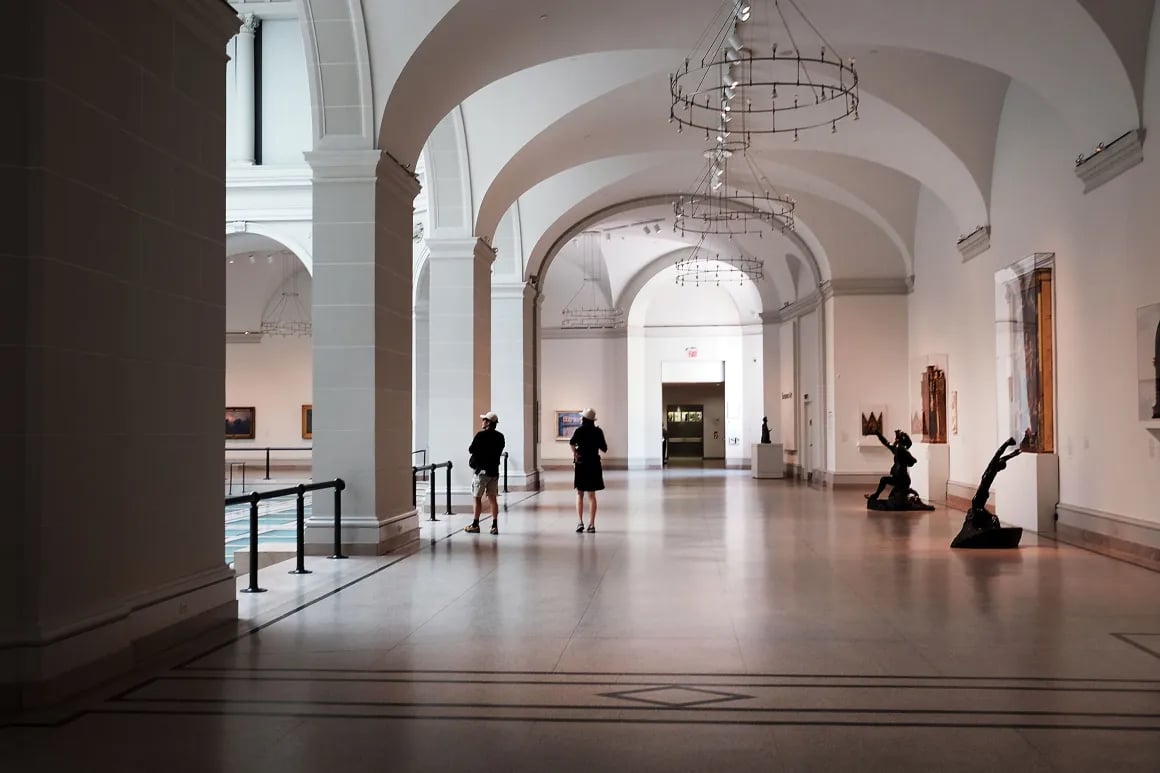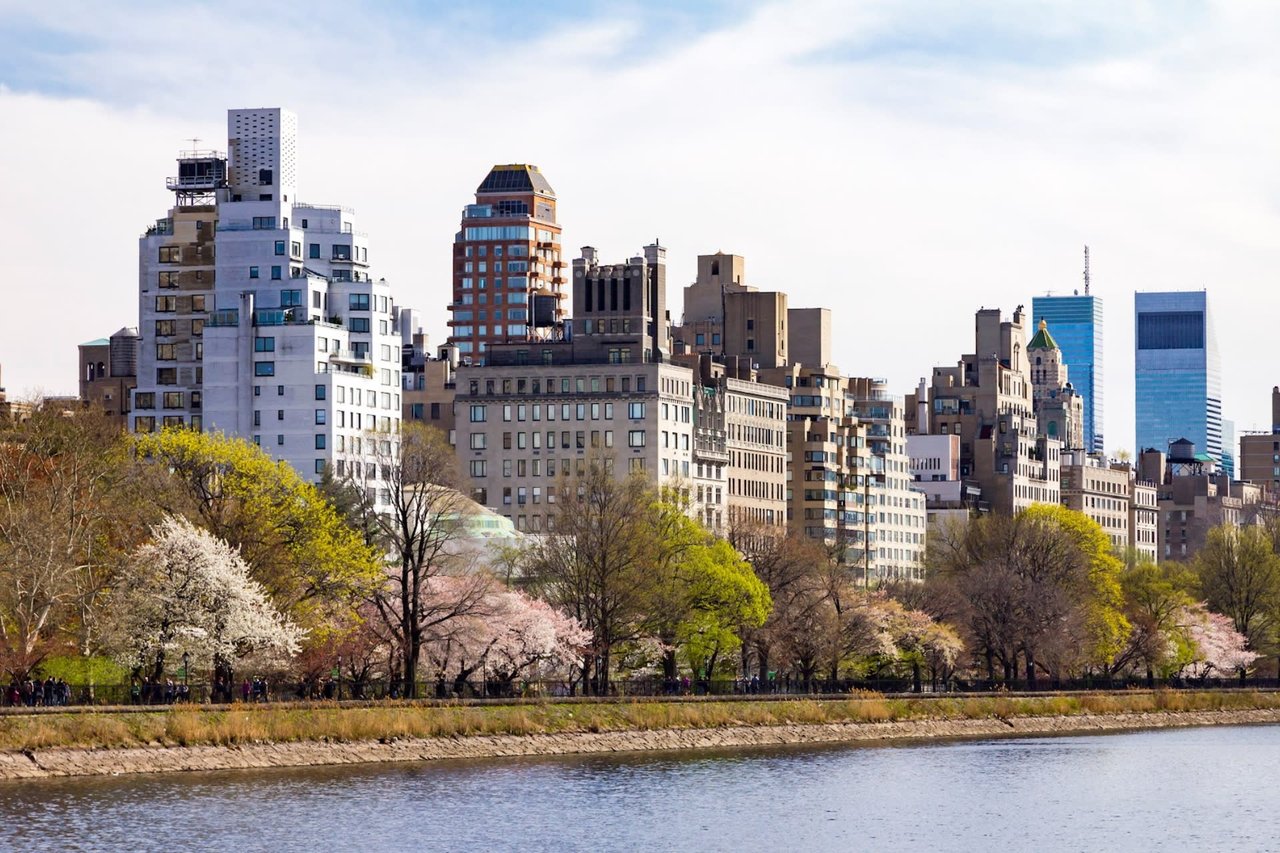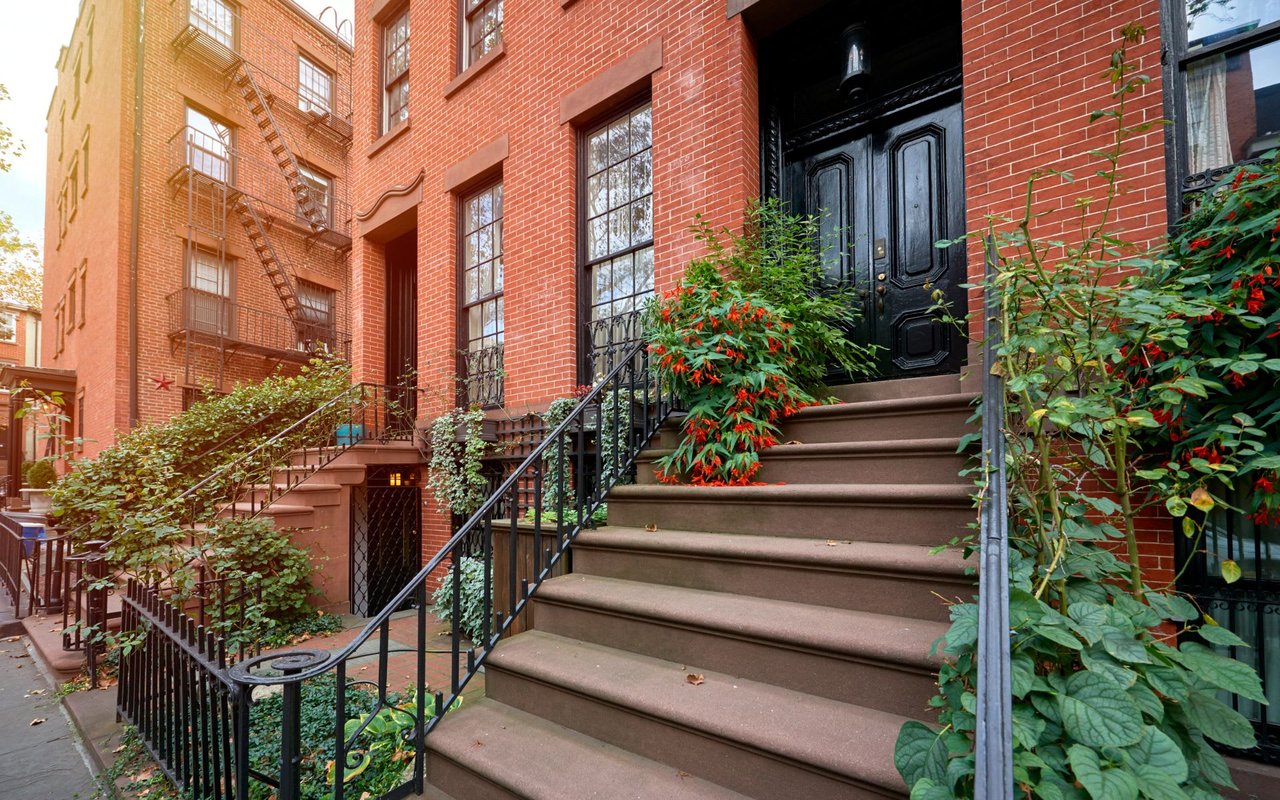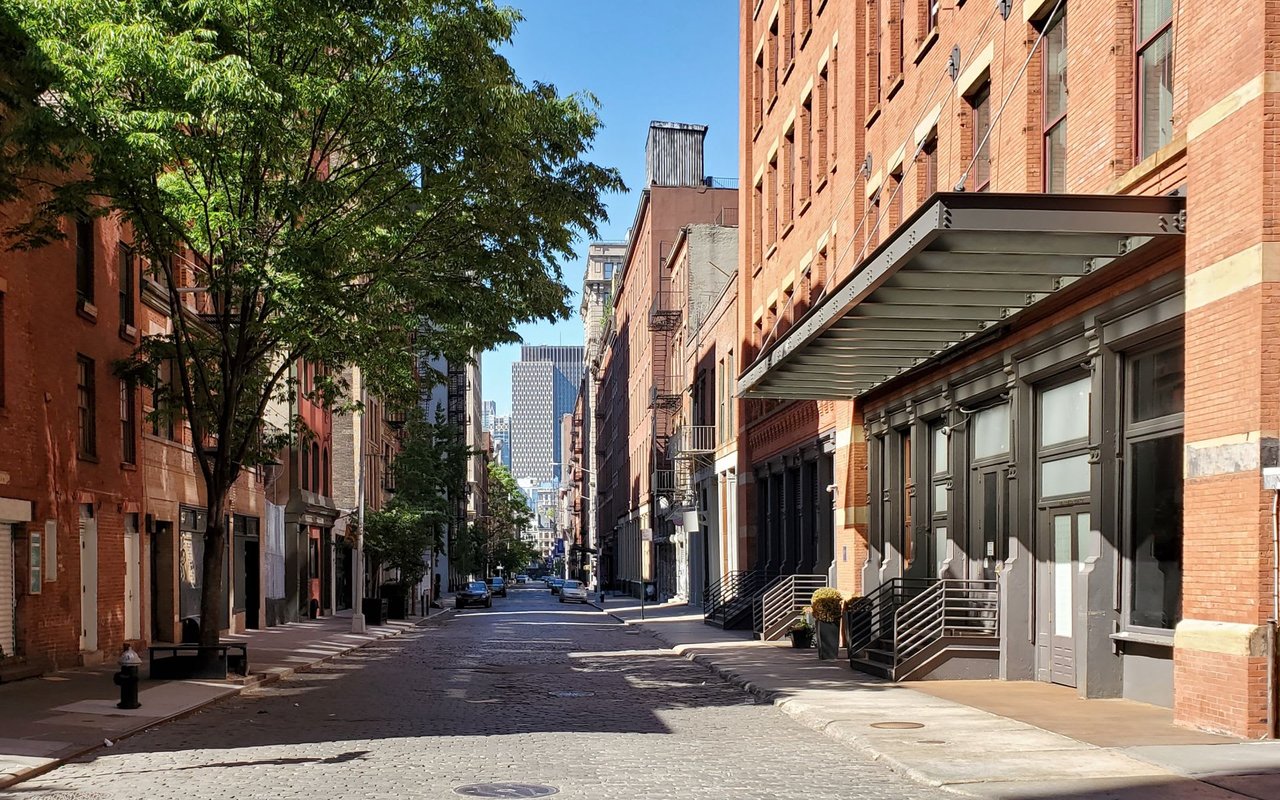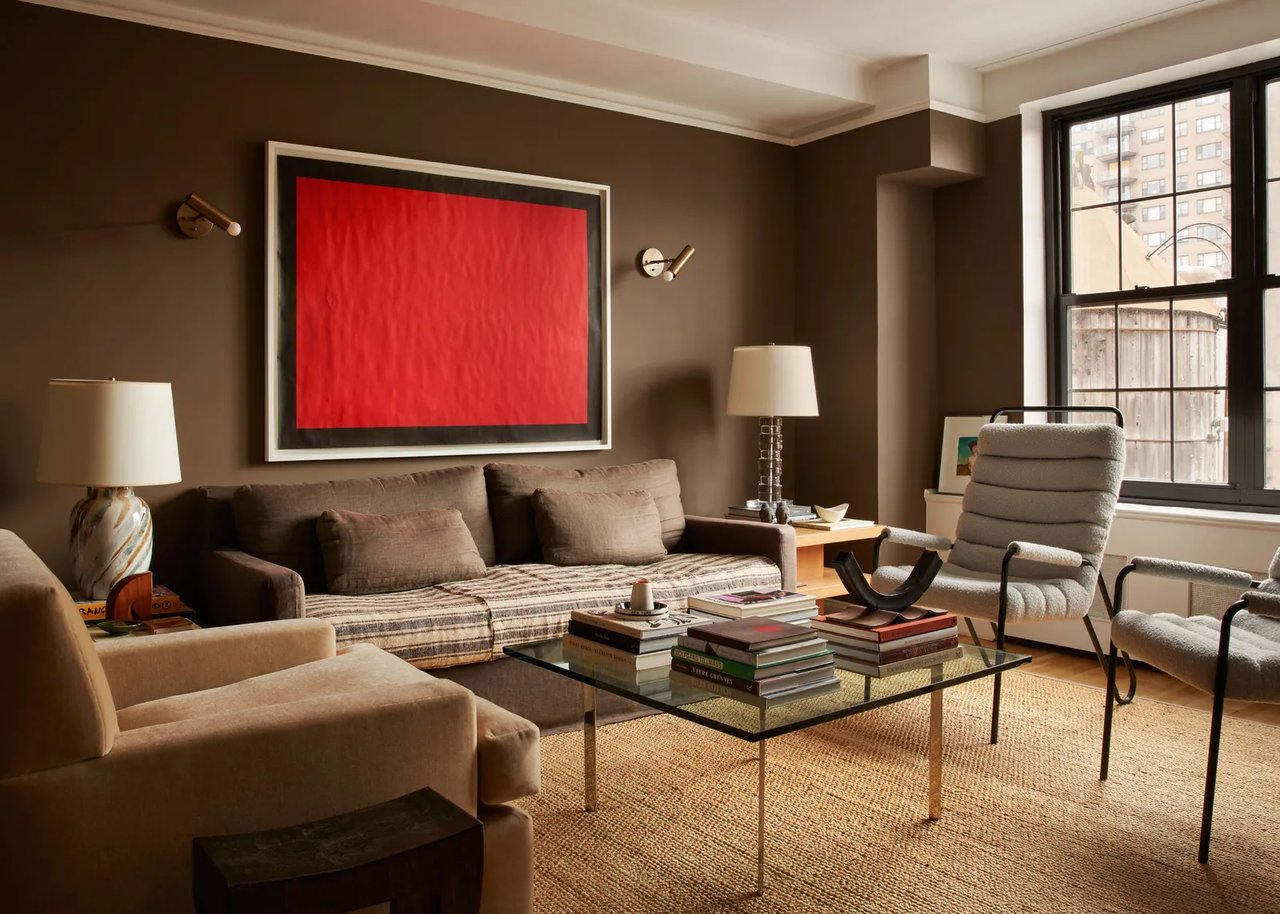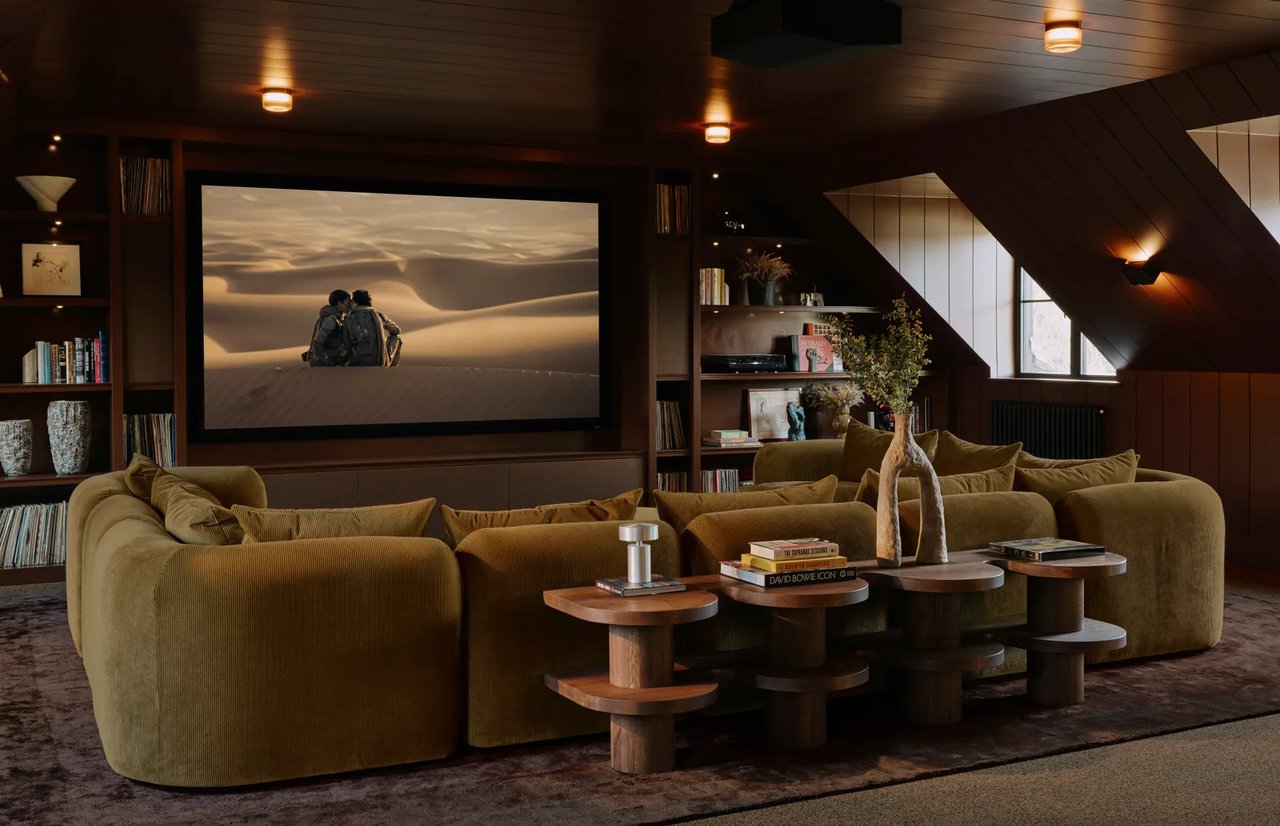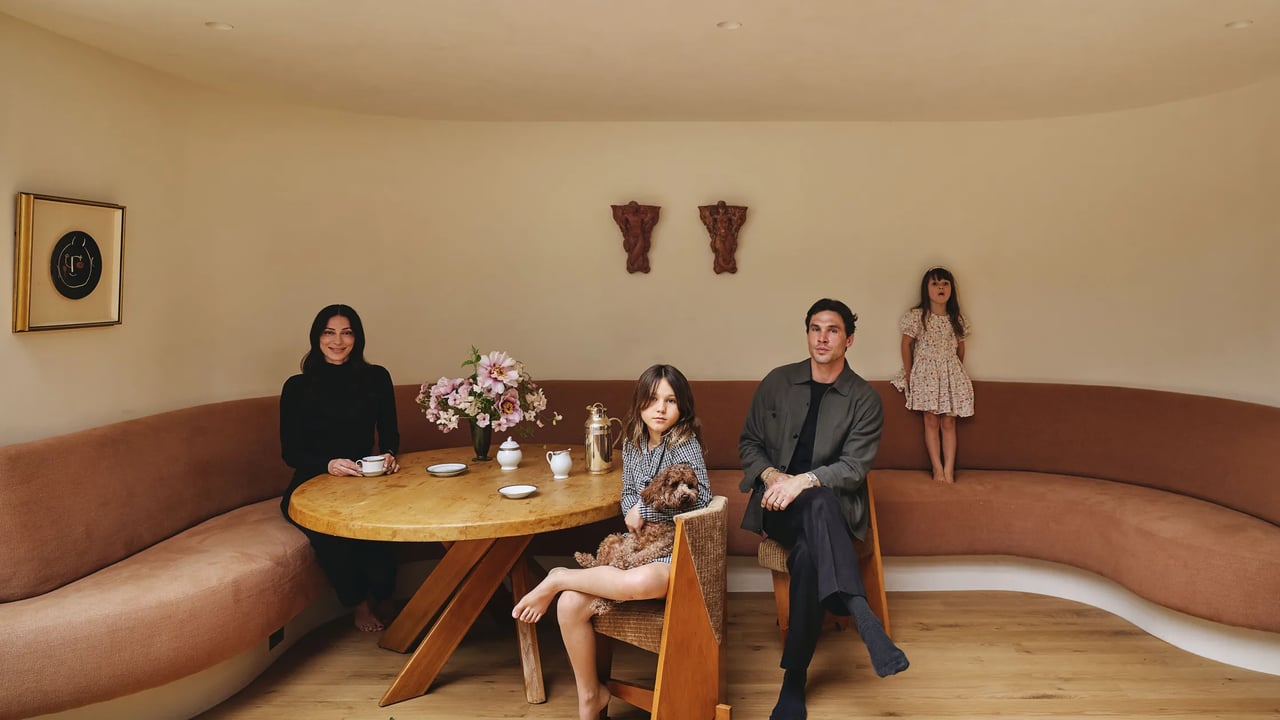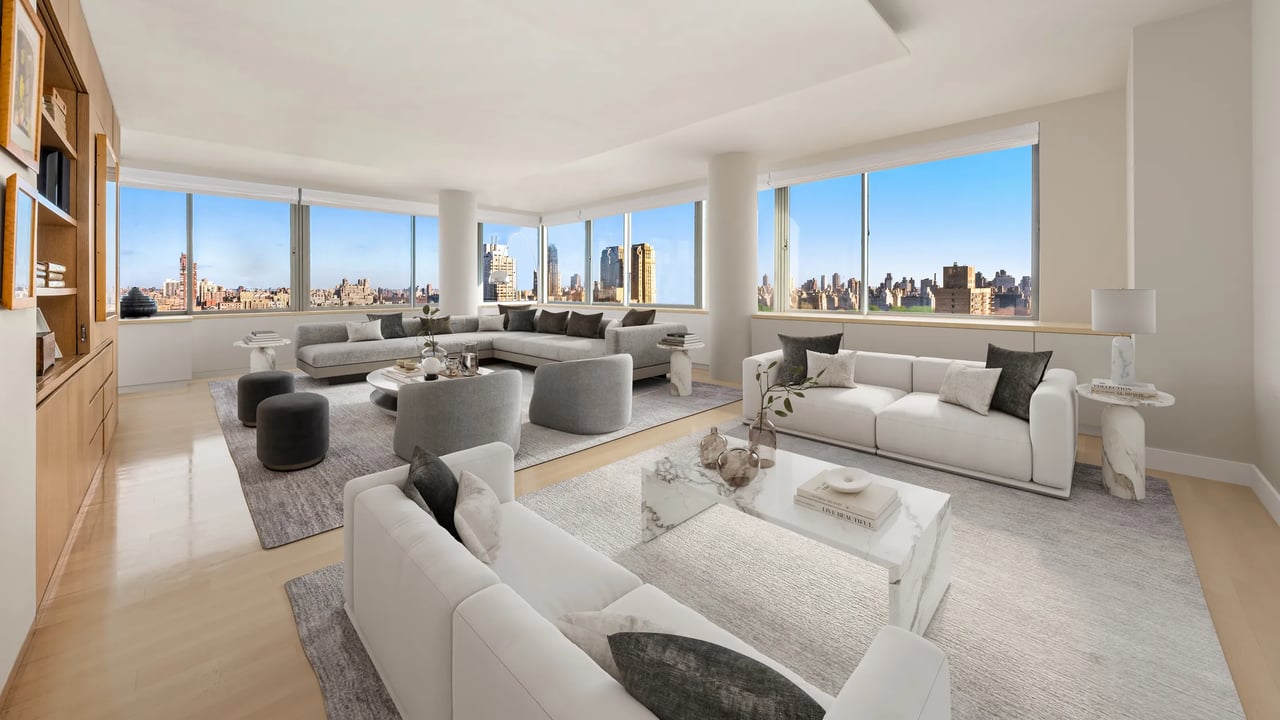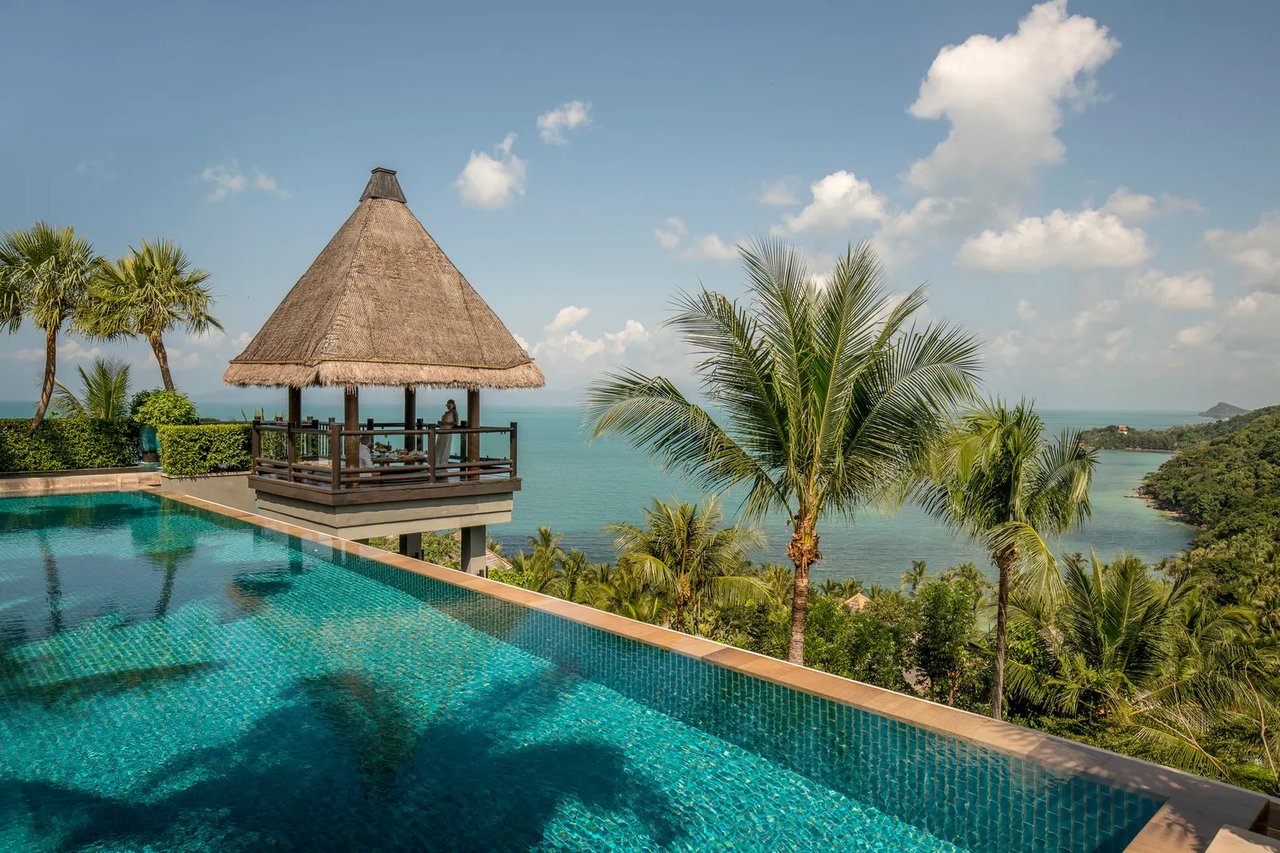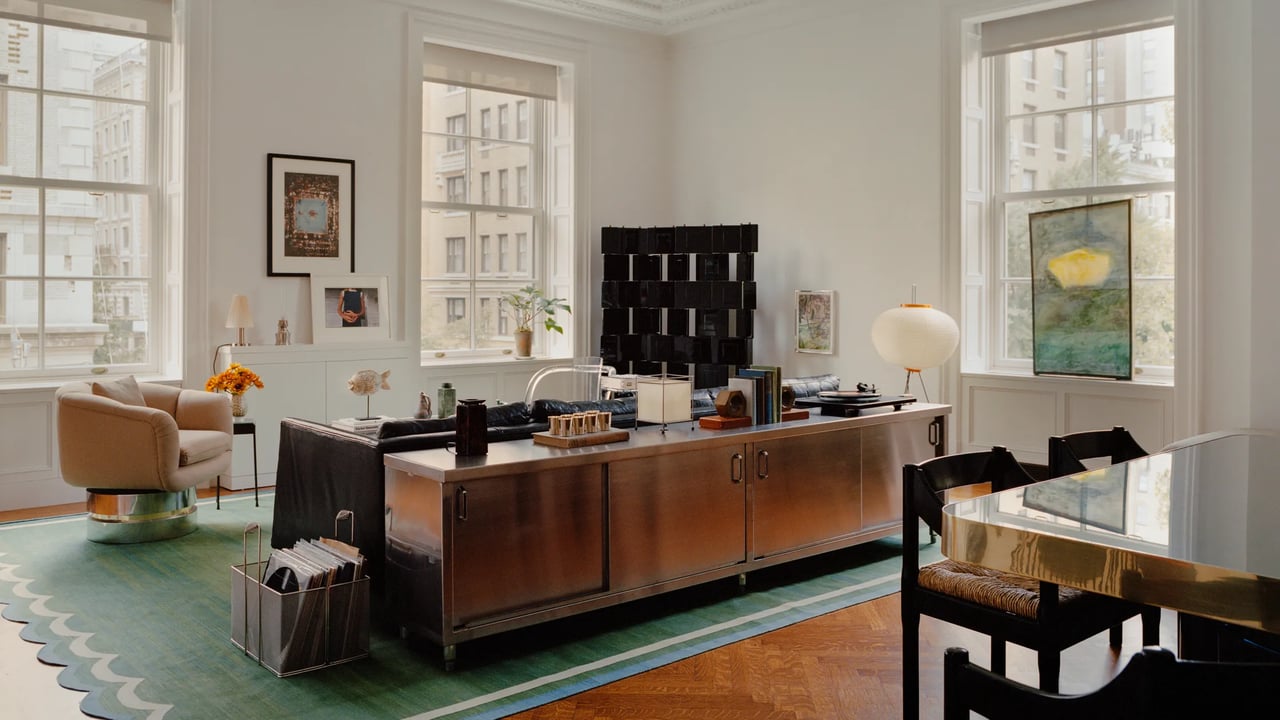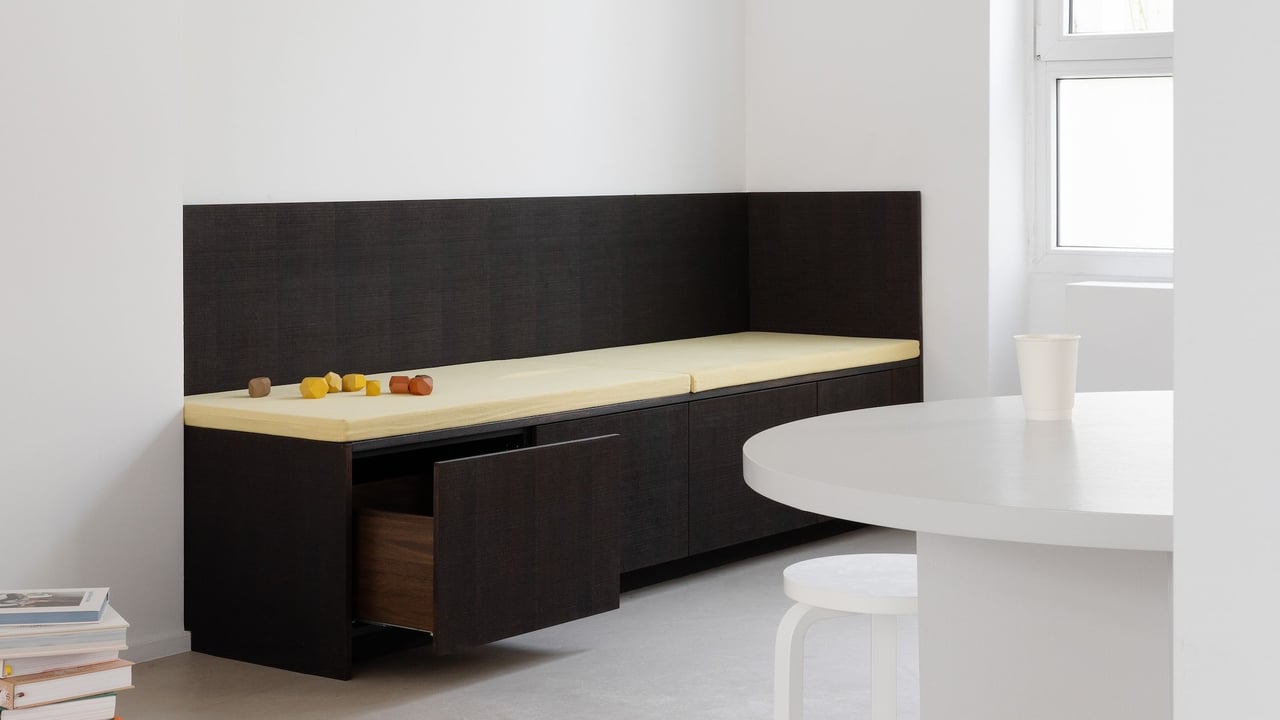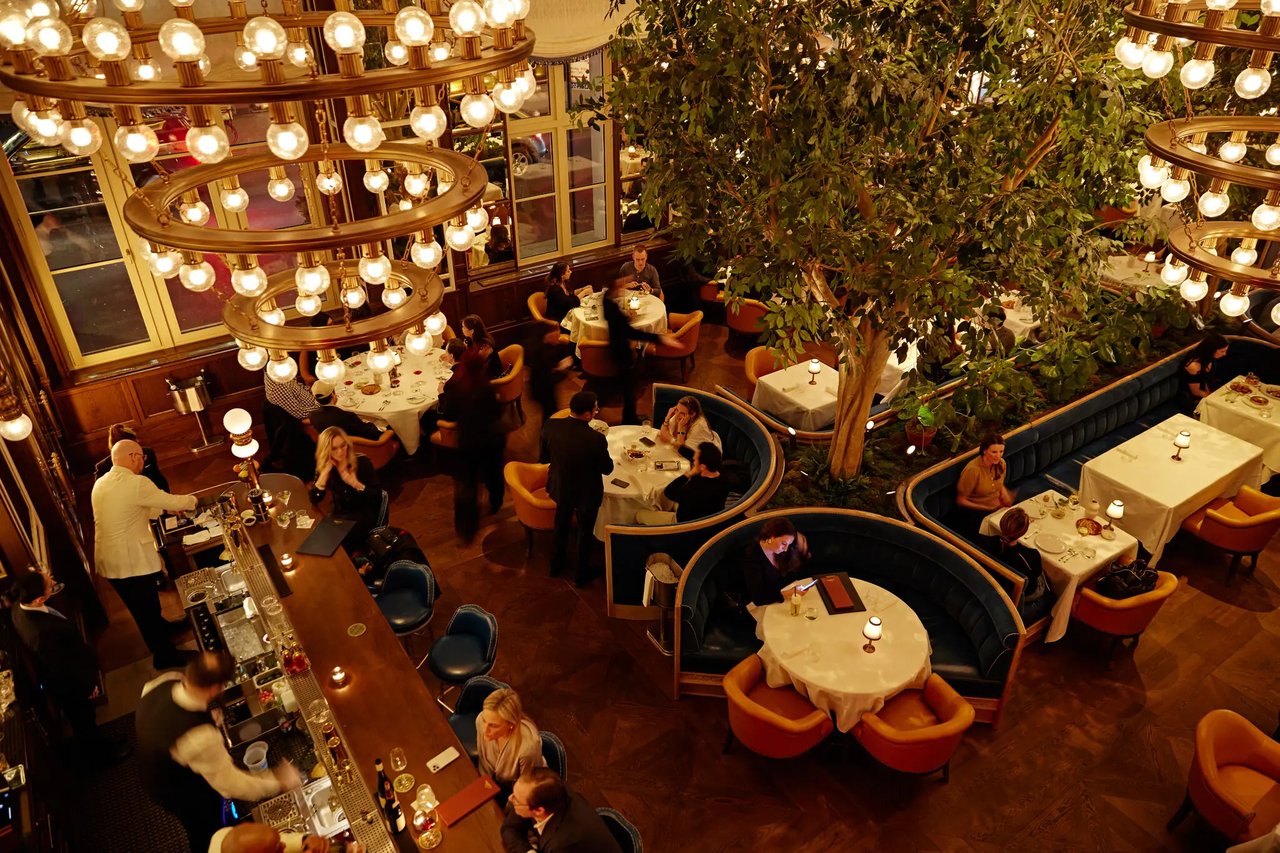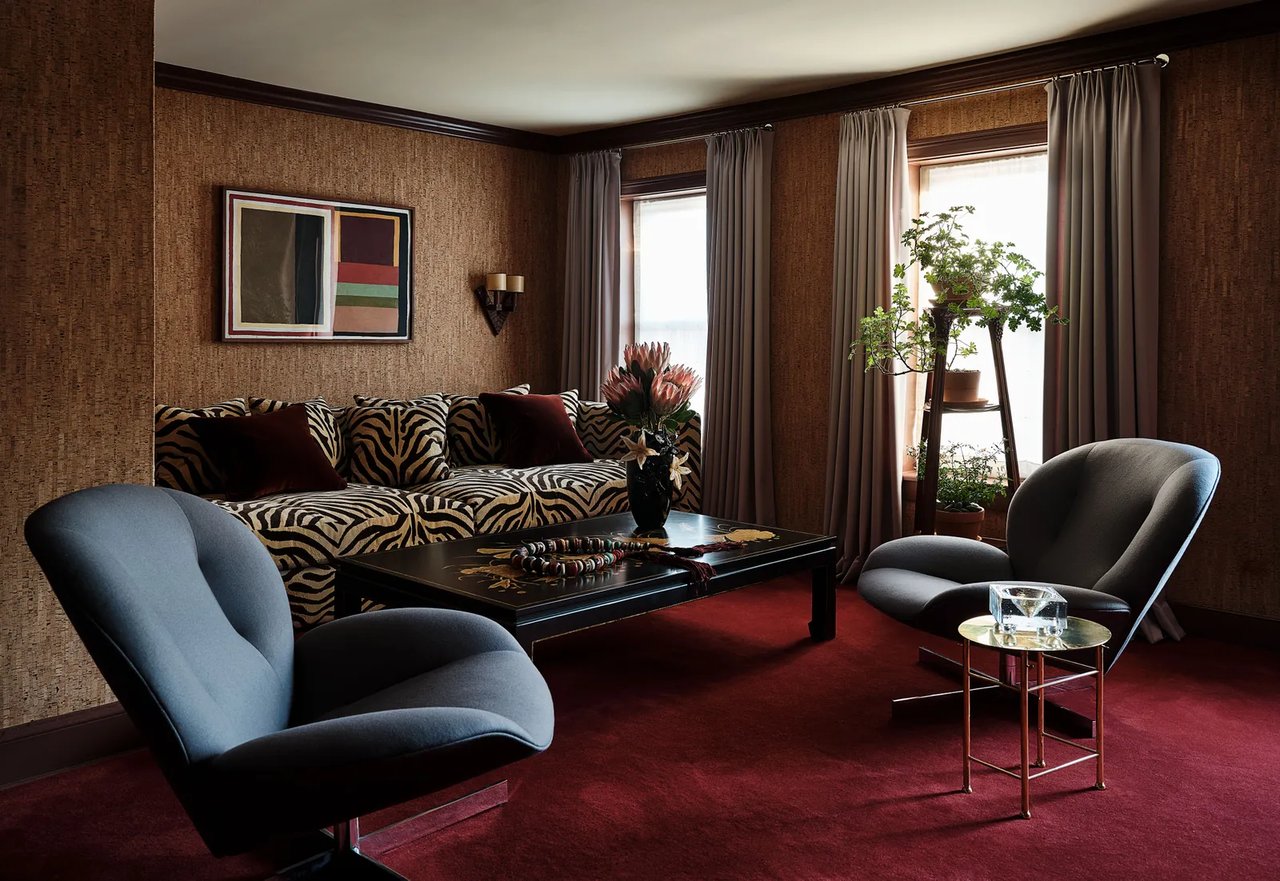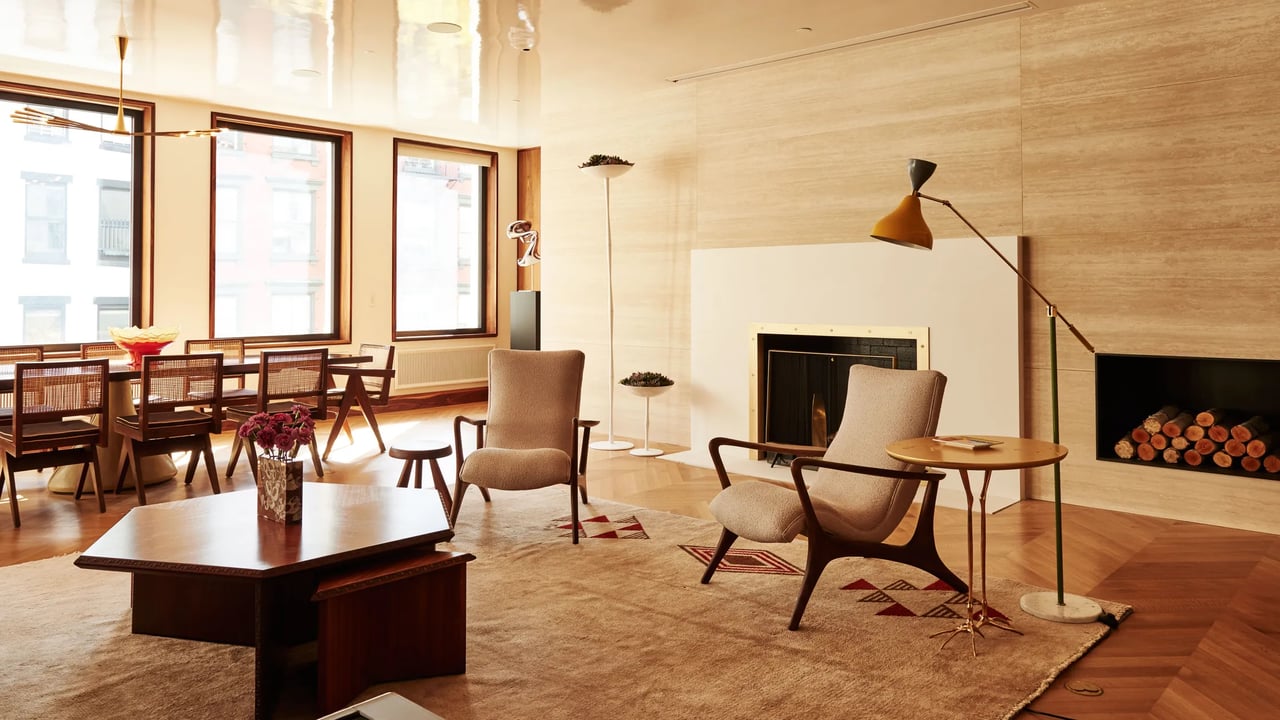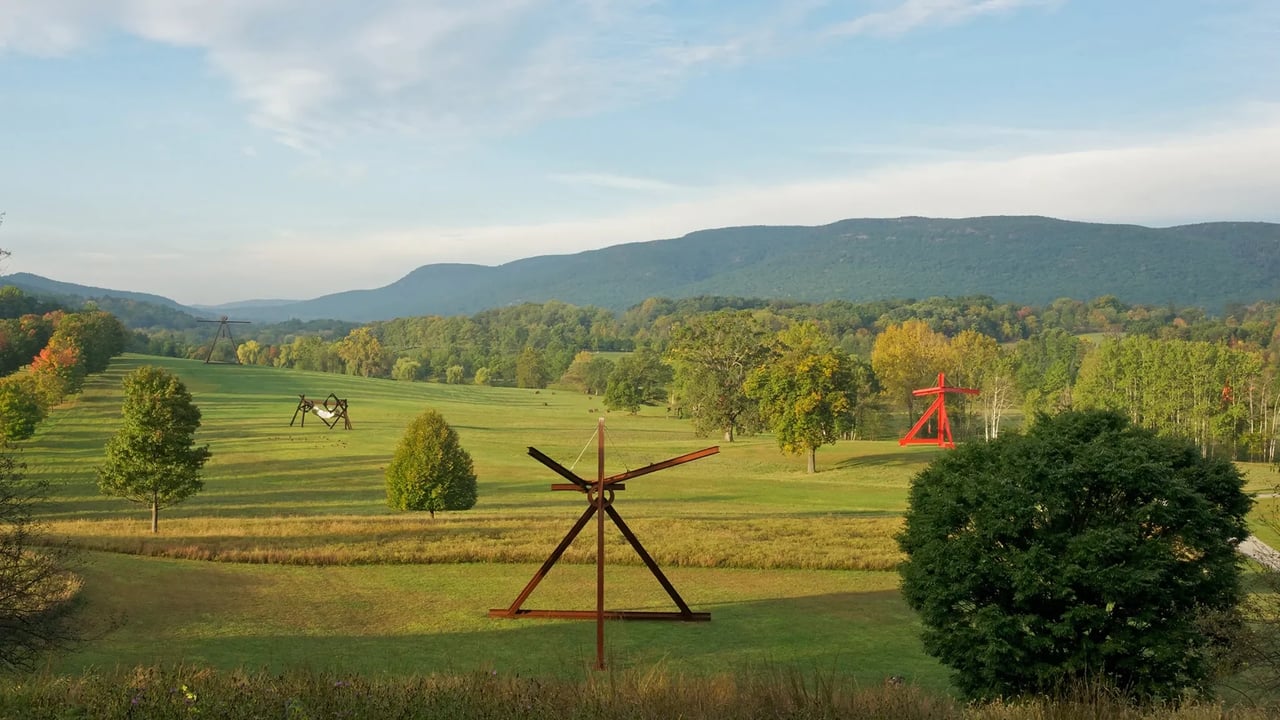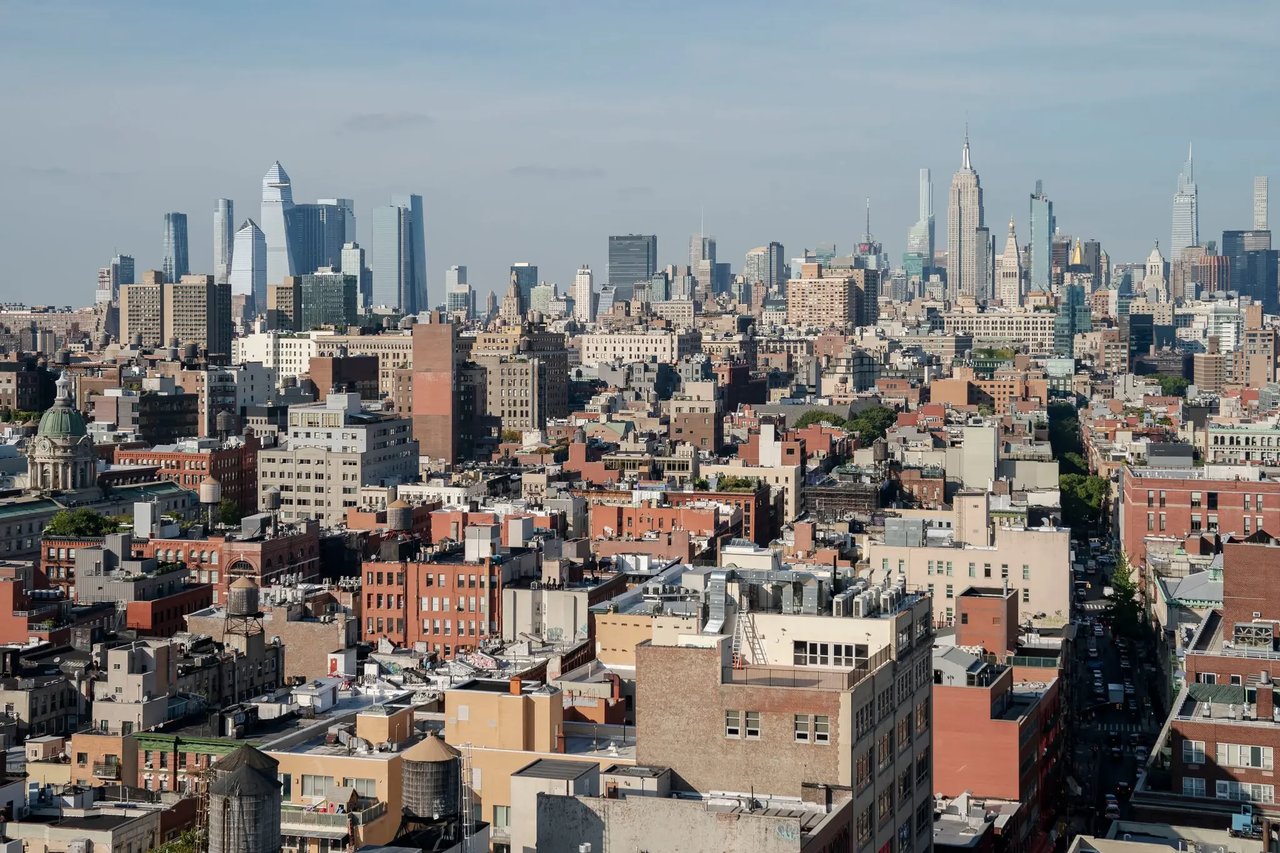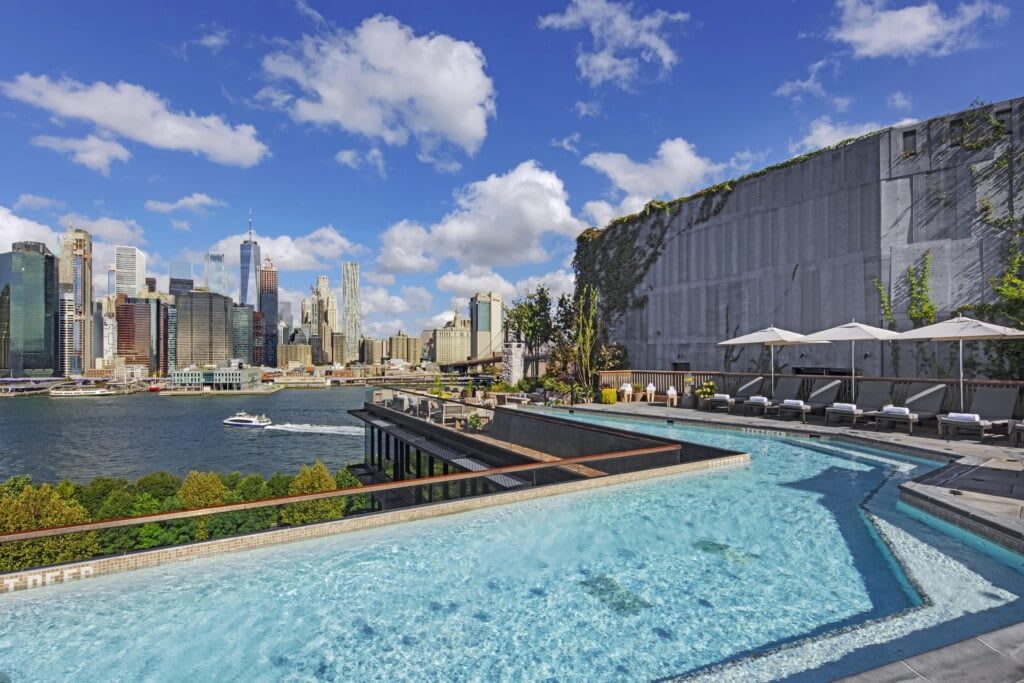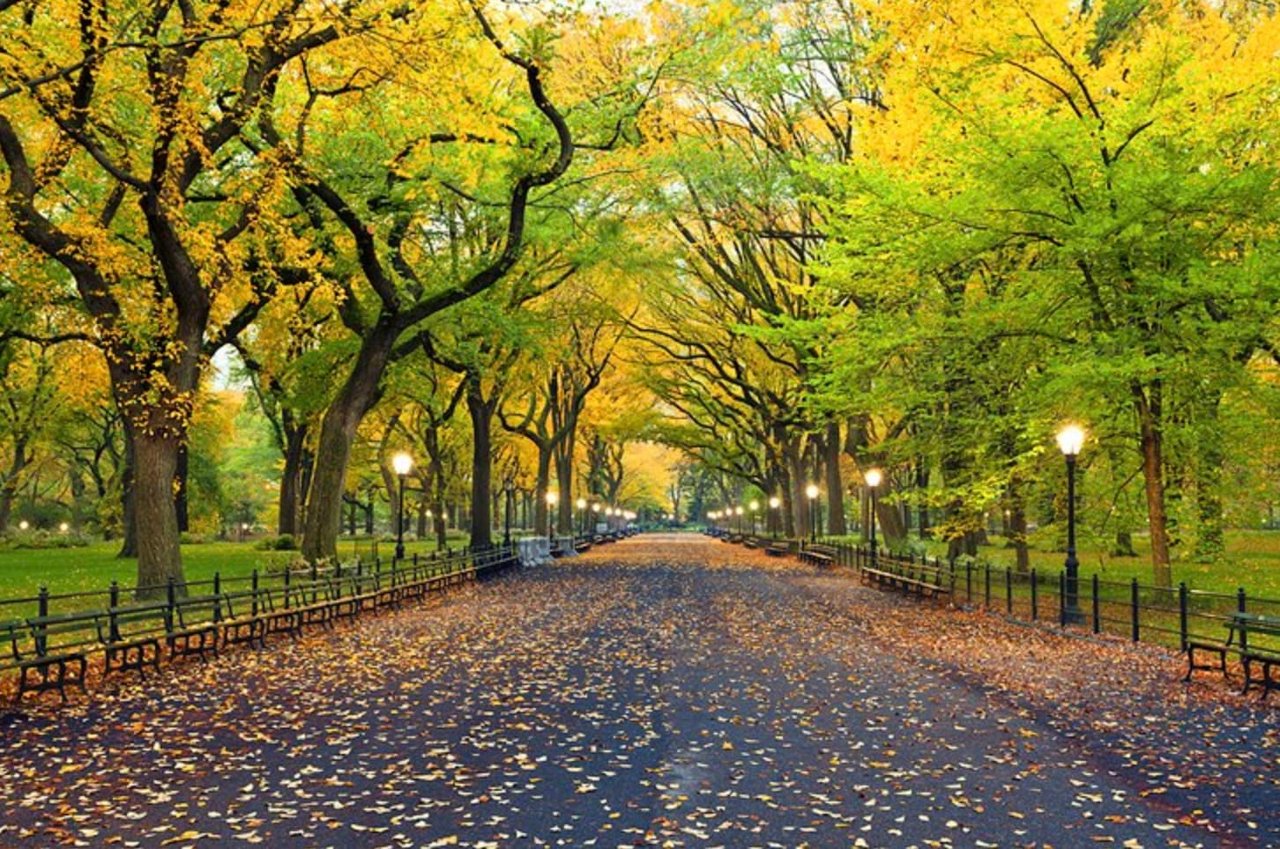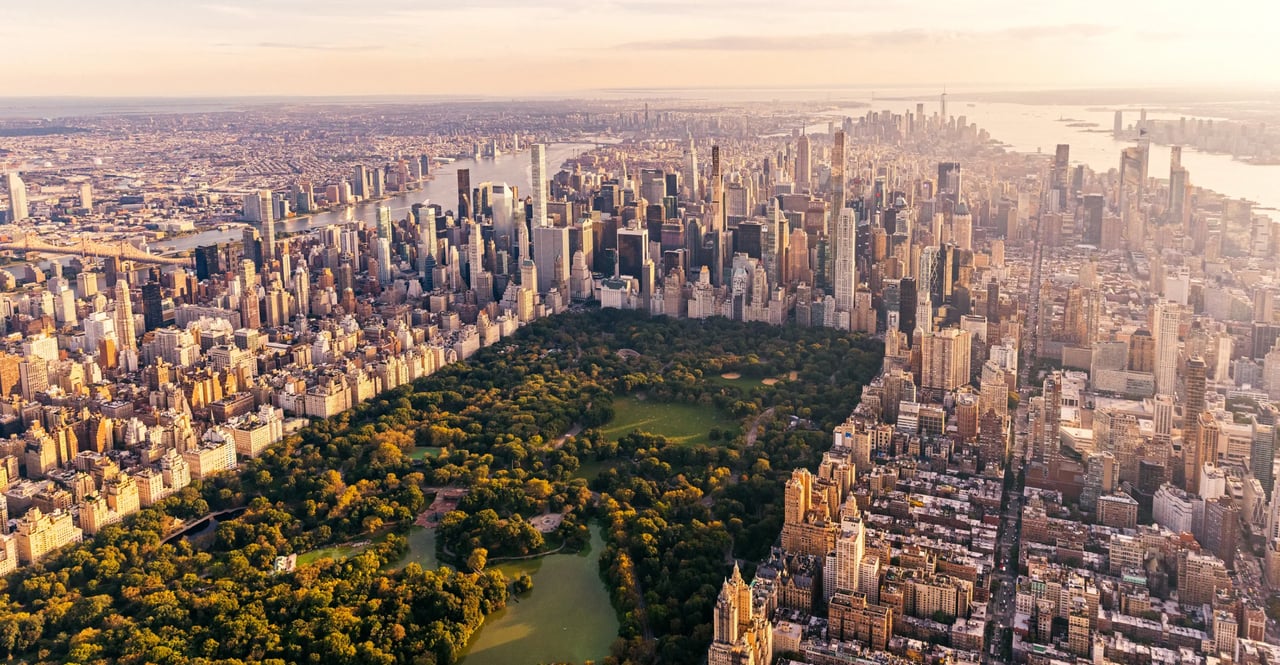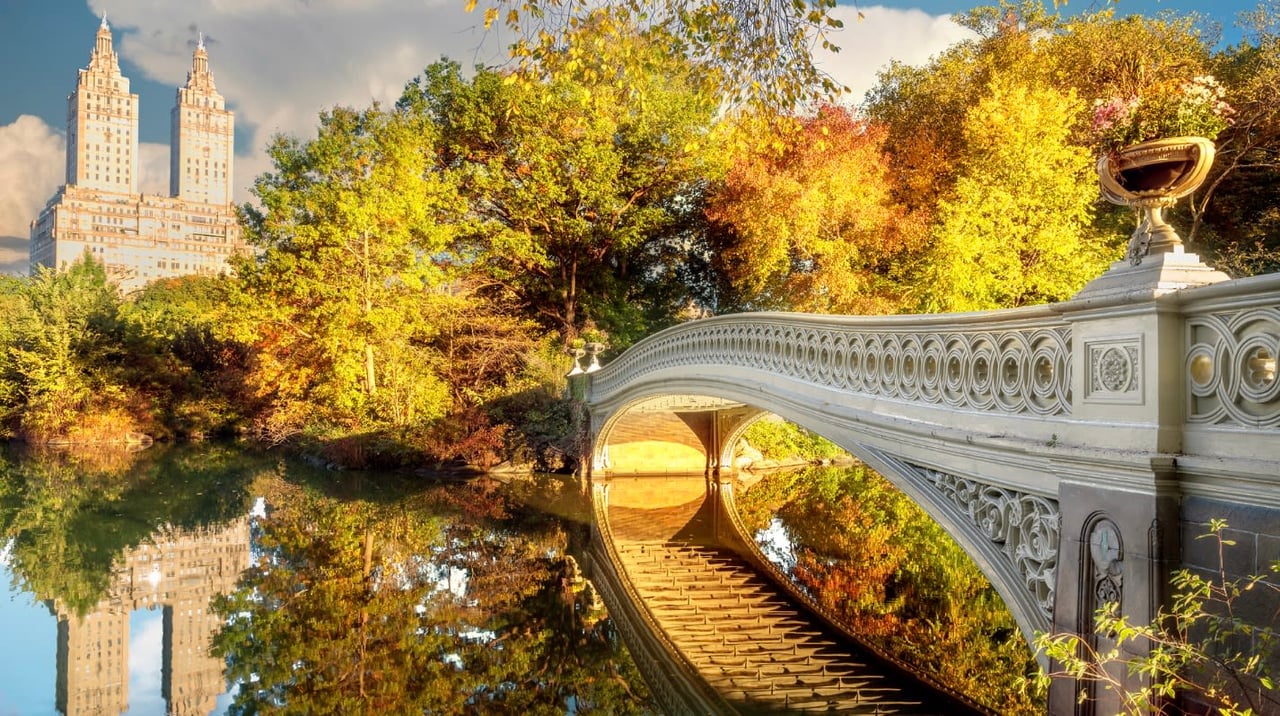Frank Lloyd Wright's greatest legacy is easily his modern homes built into nature. From more obvious examples like Fallingwater in Pennsylvania to the way organic shapes found in nature influenced nearly every design he dreamt up. “Study nature, love nature, stay close to nature,” Wright once said. “It will never fail you.” It’s no surprise that finding an integration, balance, and dialogue between the indoors and outdoors was arguably the iconic architect’s greatest gift.
Though Wright felt architects should study nature, John Ruskin took it a bit further. The Victorian-era writer once noted that an architect should be sent "to our hills, and let him study there what nature understands by a buttress, and what by a dome.” Whether influenced by Wright, Ruskin, or another, including nature in the built world is advice many architects have followed throughout the years.
As architects and their clients become more conscious of the impact construction has on the climate, many talents are taking pains to make sure their designs not only enhance but protect the environment. Features such as green roofs and passive architecture help connect the dwellings to their sites and offer sustainable alternatives to traditional heating and cooling systems.
Here, we looks at some of the best examples of this. From an arachnid-shaped desert home that took nearly two decades to construct to a small home built inside a hill in France, these special houses seem more like livable art. With cliffside terraces, dramatic infinity pools, and living spaces nestled amid the tree canopy, these residences take indoor-outdoor living to a new level. Below, find 20 stunning homes built into nature.
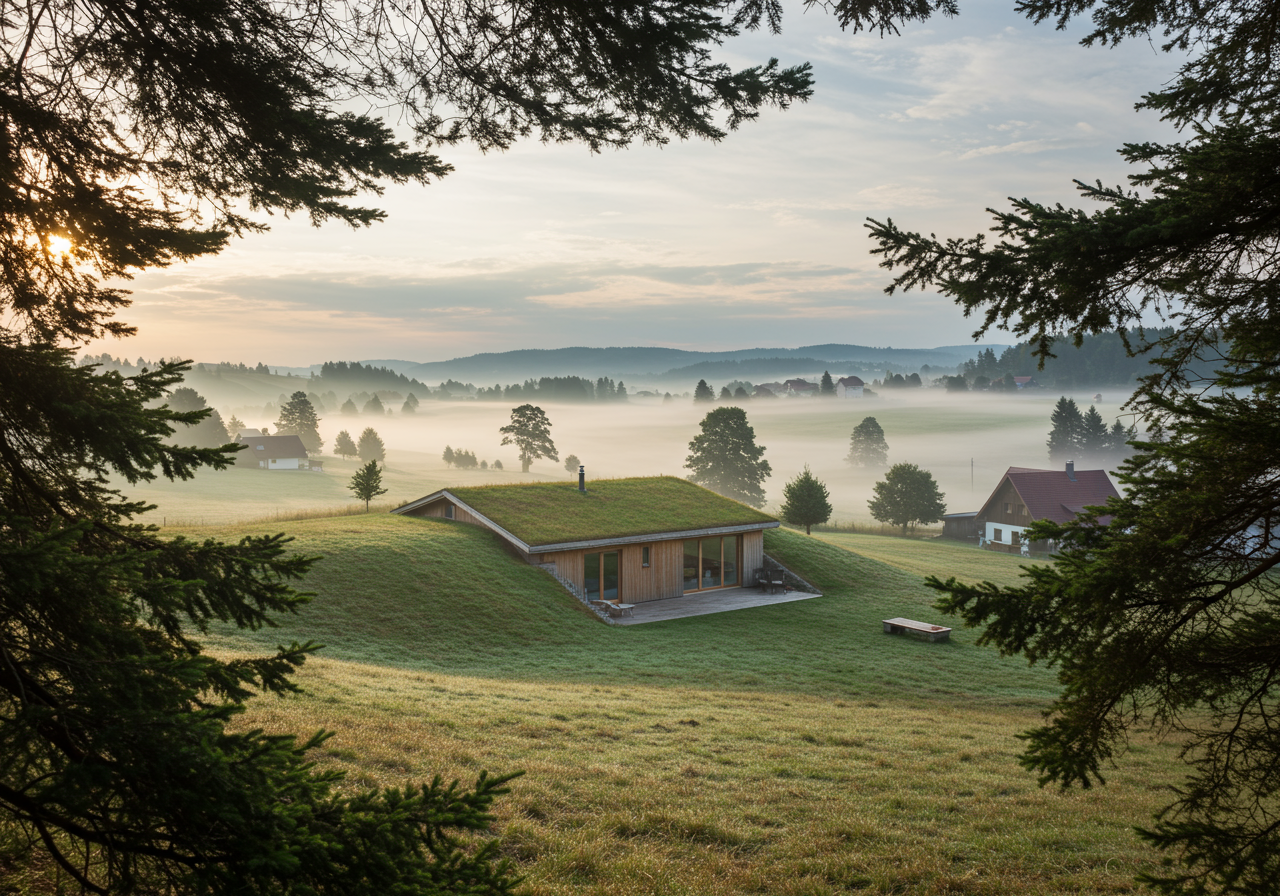
Bois D’amont, France
Built into a hill in Bois D’amont, France, JDS Architects wanted this house to “embrace its landscape”—although, in many ways, it’s the landscape that embraces the house. Large windows define the facade on both the front and back of the house, allowing plenty of natural light to reach inside the home.
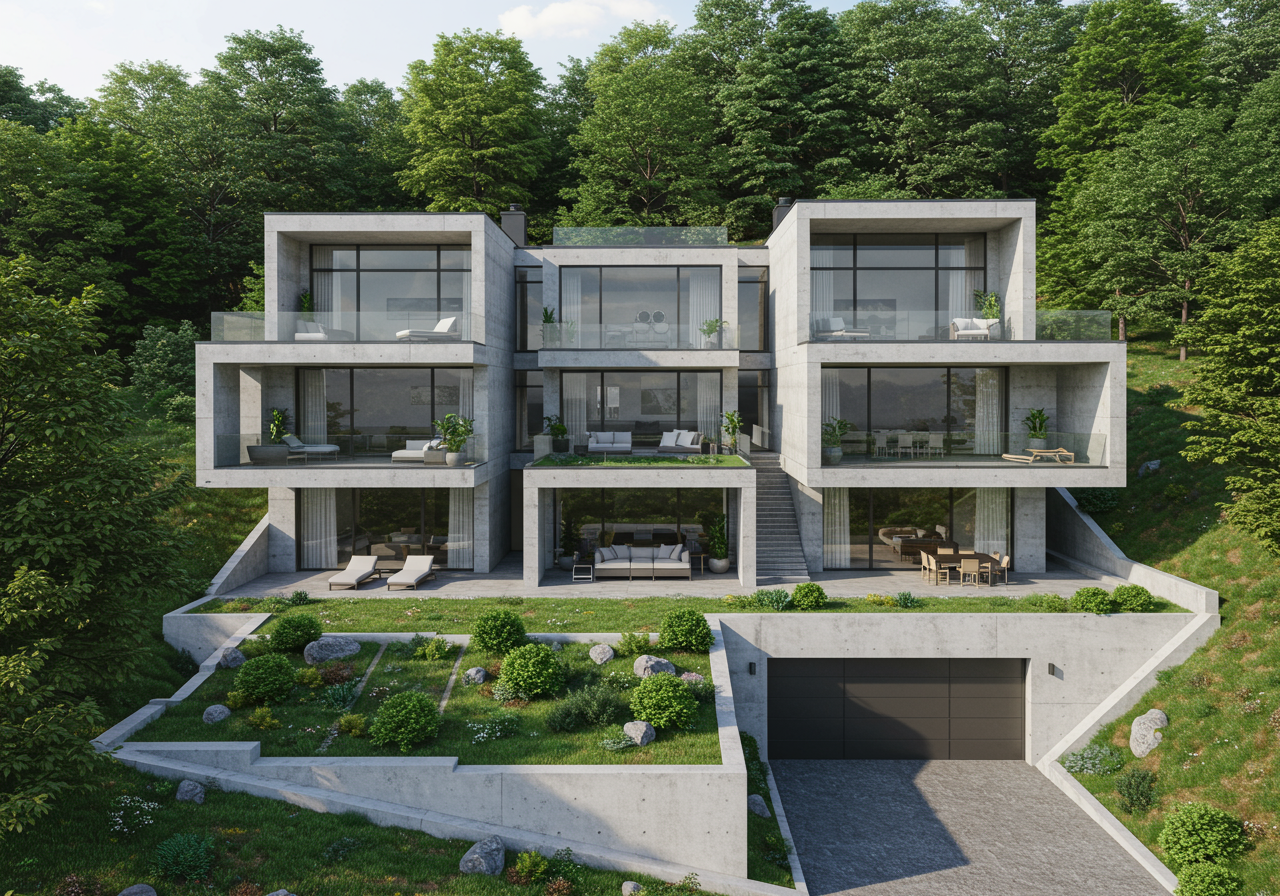
Mallorca, Spain
Designed by Spanish firm Osvaldo Luppi Architects, O67 House is built into a hill overlooking the Mediterranean Sea in Majorca, Spain. Nineteen-foot hammered walls create a covered outdoor patio space to further enhance the connection between the home and nature.
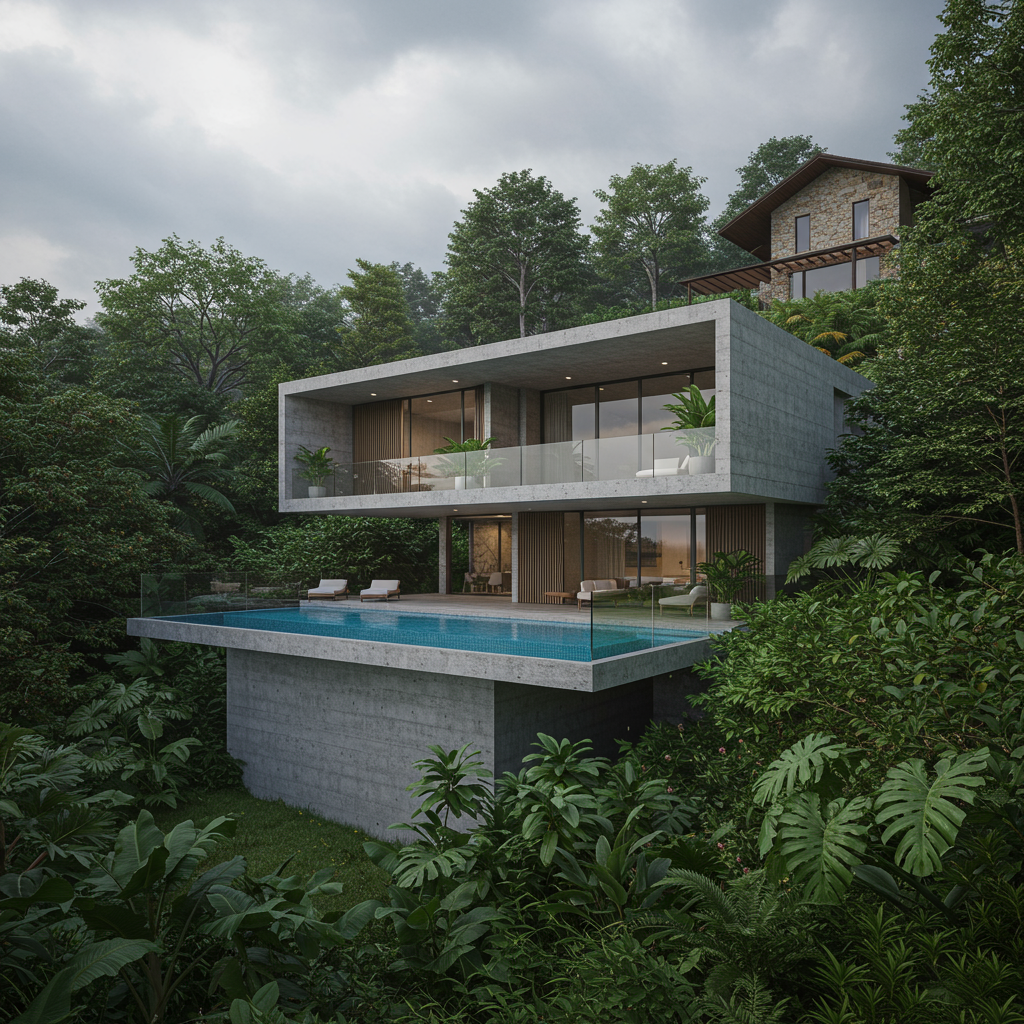
São Paulo, Brazil
Located on the Paulista shore, Jungle House, designed by Studio MK27, is surrounded by dense jungle vegetation. To integrate the home into the landscape, the architects chose to elevate the main volume of the home so it appears to be one with the site topography. Vegetation is also found on the roof—as well as a pool and deck—to further blend into the environment.
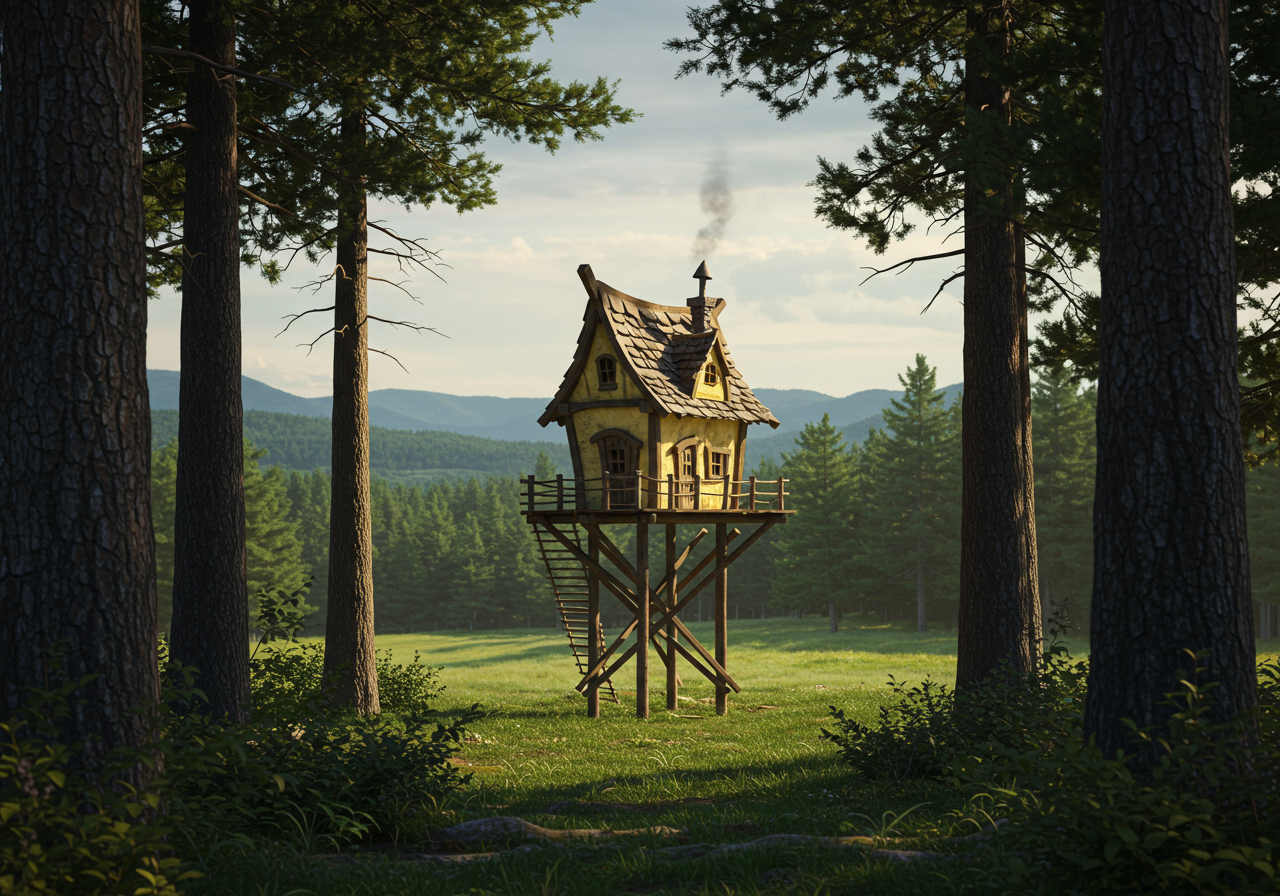
Chino, Nagano
Japanese architect Terunobu Fujimori designed this treehouse in 2004 in the forests of Chino, Nagano. Skinny chestnut trees support the structure, which houses a small teahouse inside. In fact, Fujimori named the home Takasugi-an, which means “a teahouse [built] too high.”
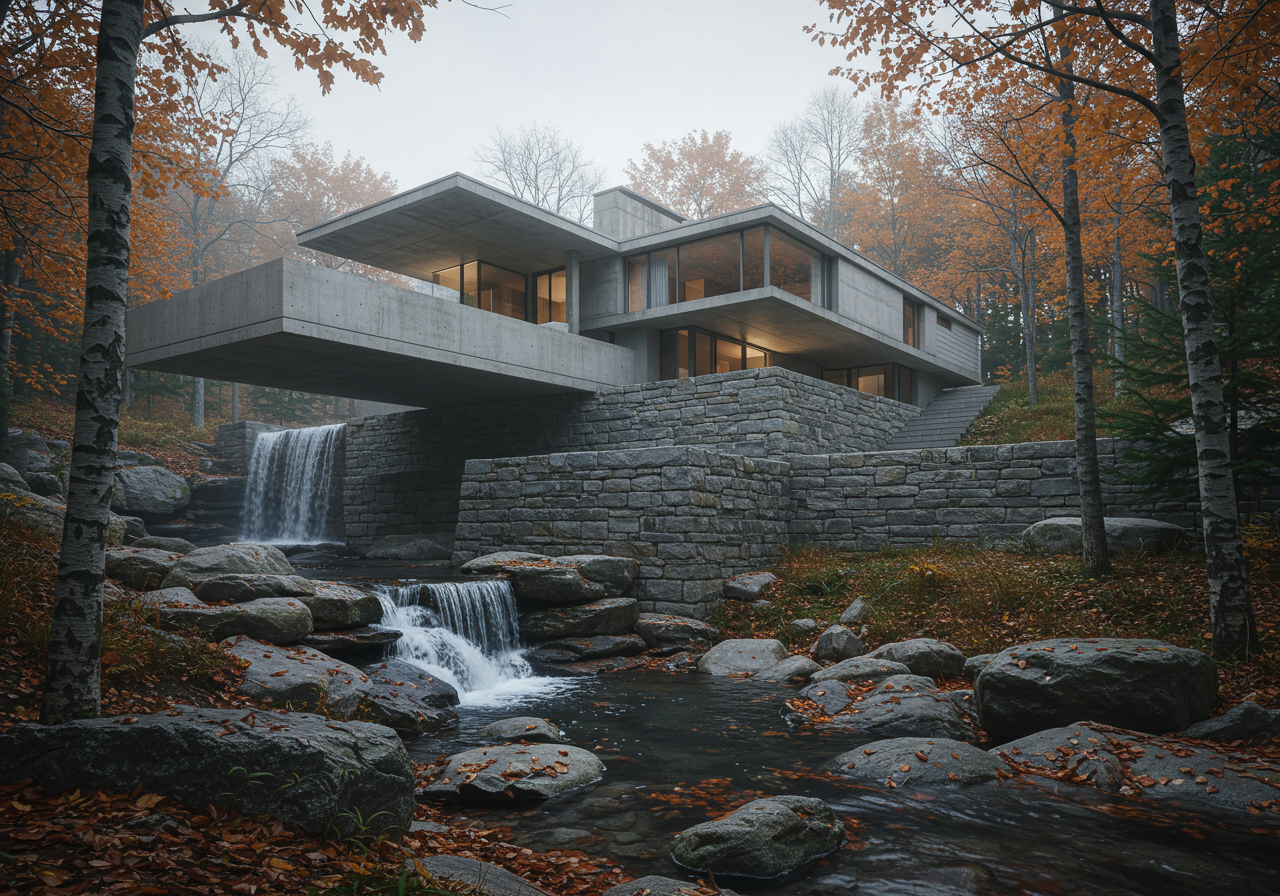
Mill Run, Pennsylvania
Frank Lloyd Wright is rightfully one of the most famous midcentury-modern architects. His buildings—including the Solomon R. Guggenheim Museum in New York City, the Unity Temple in Oak Park, Illinois, and his own winter home in Scottsdale, Arizona—are some of the most beloved from the era when clean lines and organic materials reigned. His Fallingwater house, however, is probably the most famous work he designed because it’s built over a natural waterfall on Bear Run.
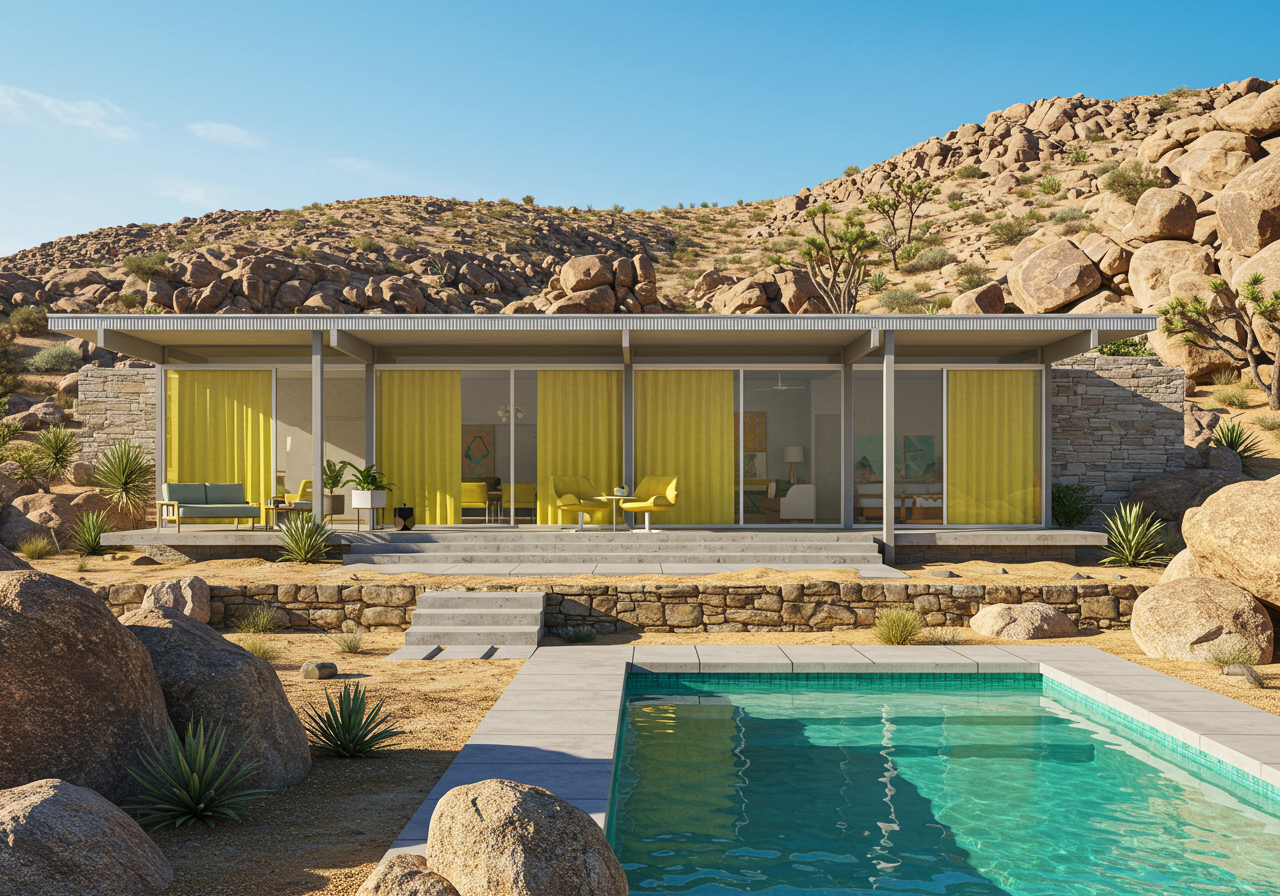
Palm Springs, California
Though there are midcentury era homes scattered throughout the world, the biggest collection is in Palm Springs. Case in point: the Frey II house. Named for the Palm Springs local who designed it, U.S. architect Albert Frey, the home served as his longtime residence. He built it into the hillside at the west end of Tahquitz Canyon Way. As its name implies, Frey House II was the architect’s second home in Palm Springs, and he moved in when it was finished in 1964.
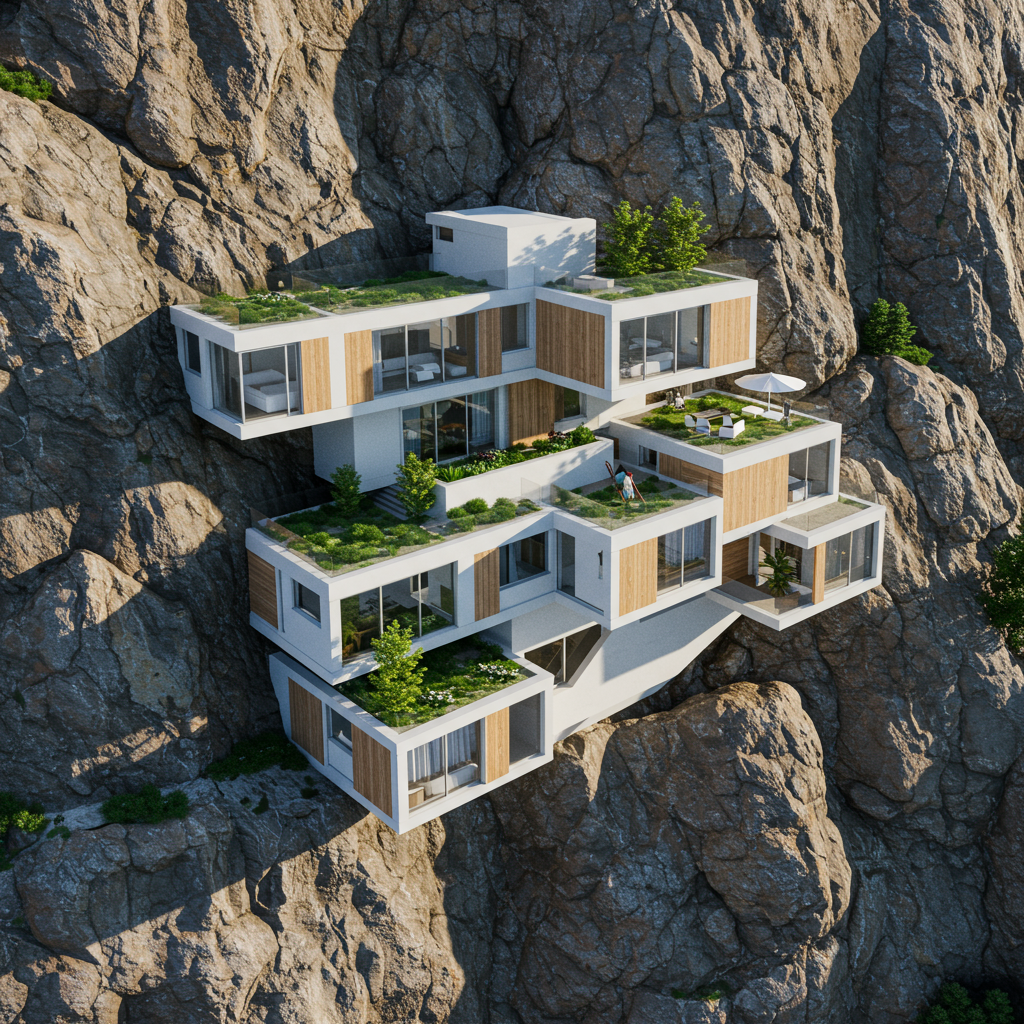
British Columbia, Canada
Iranian architect Milad Eshtiyaghi designed what he calls the Mountain House between four preexisting trees that added a bit of color to the rocky cliff on Quadra Island, a scenic stretch of land off the eastern coast of Vancouver. Though there are quite a few levels of the complex residence in the mountains, it’s highly organized. There are specific spaces for the owners and others for their son and his family, and the two are connected by way of a recreation area.
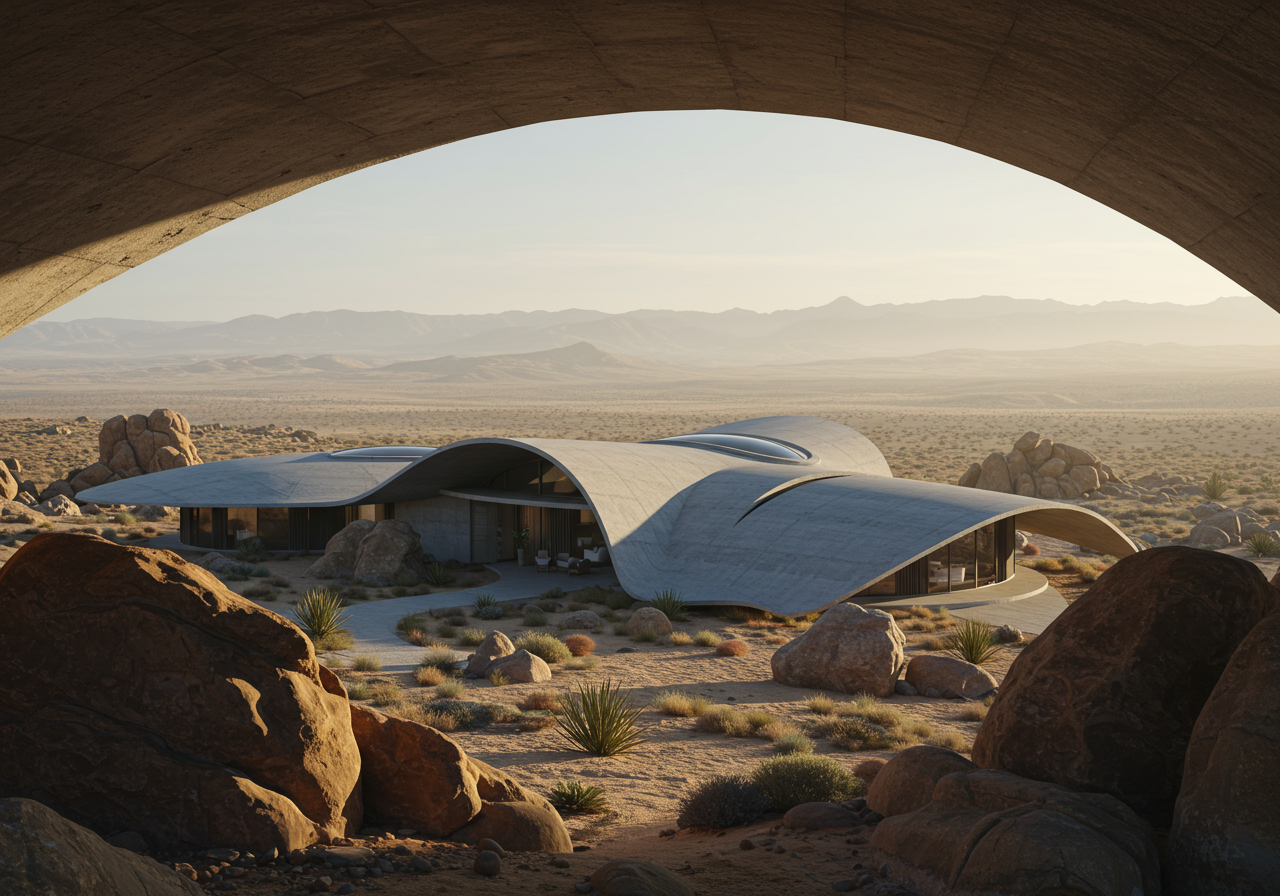
Joshua Tree, California
Kendrick Bangs Kellogg took a few notes while working under Frank Lloyd Wright. Kellogg’s Doolittle House in Joshua Tree took nearly two decades to complete, given the difficult terrain, for artist Bev Doolittle and her husband, Jay. Though it boasts a UFO-like vibe, the Doolittle House has been described as surprisingly warm and cozy—especially from the inside.

Hegra, Saudi Arabia
"When I first saw the images of rock cut-tomb architecture of Mada’in Salih in Saudi Arabia, I knew I had to use it as an inspiration in an architectural project,” designer Amey Kandalgaonkar says. That project became the House Inside a Rock in the desert of Saudi Arabia. Considering the visual complexity of the rocks at Mada’in Salih, he kept things simple in terms of shape and composition. In fact, much of the house was designed with 3D software, and it was imperative to use simple planes and cubes in order to achieve a visual balance. “When inserting the house into this rock, I tried to keep its visual impact from eye-level at minimum as possible. The real extent of the intervention is revealed only when observed from a bird’s eye,” Kandalgaonkar adds.







